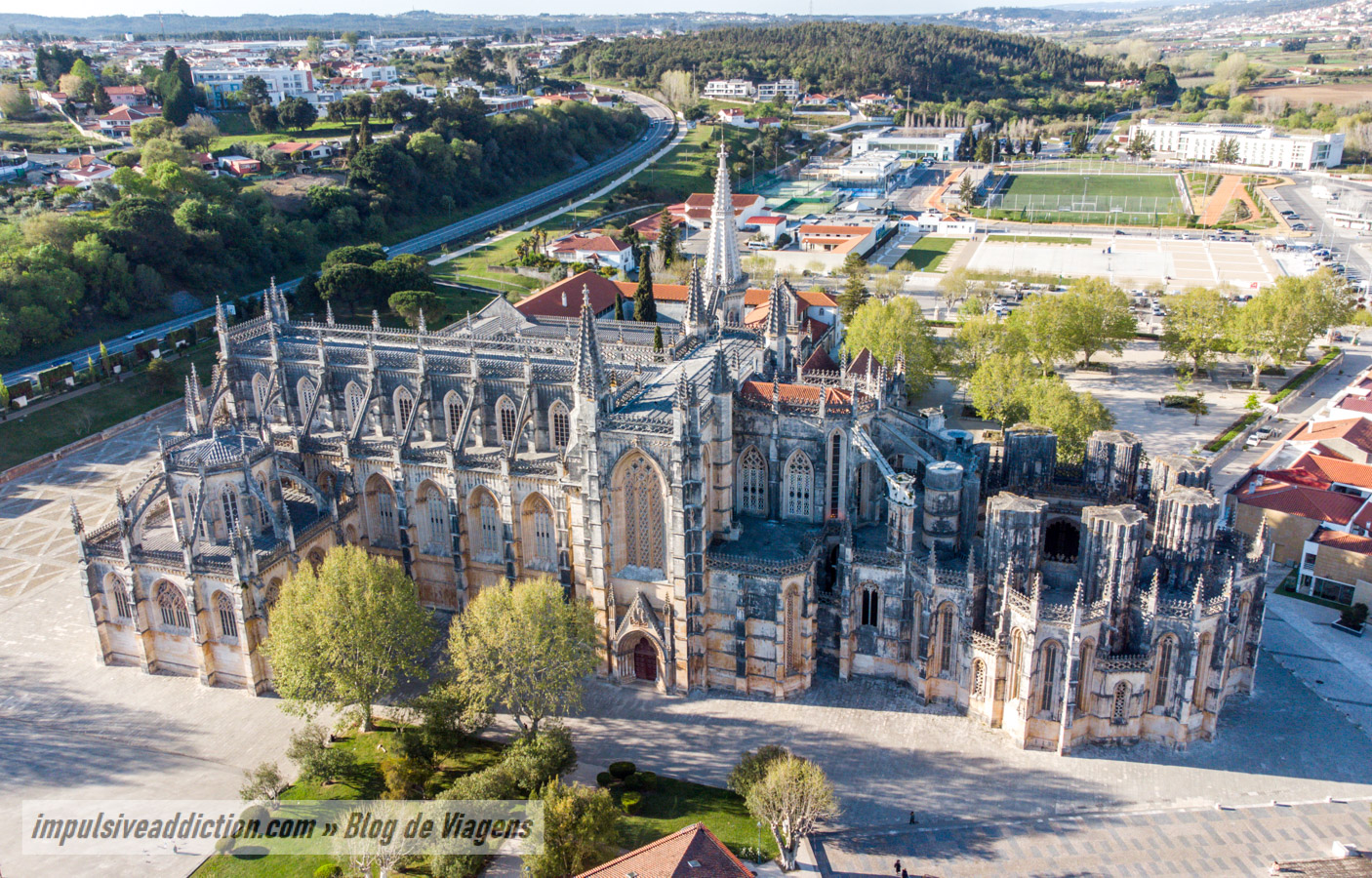Batalha has much more to visit than the Monastery, classified as a wonder of Portugal and a UNESCO World Heritage Site. The Monastery of Batalha may be the main invitation to visit the municipality, but you should also explore the surrounding area, visiting the tourist village of Pia do Urso, Reguengo do Fetal, or even the Coin caves.
To visit Batalha is to get to know a territory very close to the entrance to the extraordinary Natural Park of Serras de Aire and Candeeiros, so you’ll find some fabulous nature walks here.
Batalha is also very close to Leiria, Fátima and even the Portuguese coast, allowing you to connect with other interesting routes in central Portugal.
Have you been to Batalha? Did you know that one of the most important battles in Portuguese history, the Battle of Aljubarrota, took place here?
In this article there will be no shortage of tips for visiting the Monastery of Batalha. However, you’ll also find plenty of tips for visiting its excellent surroundings. Keep reading!
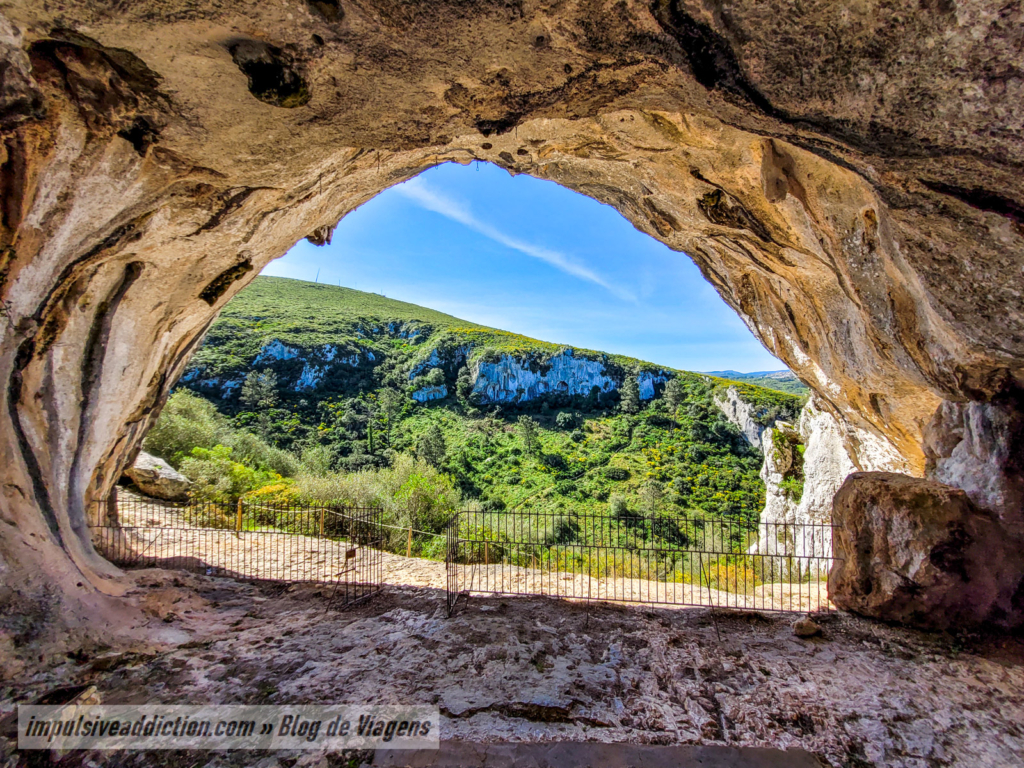
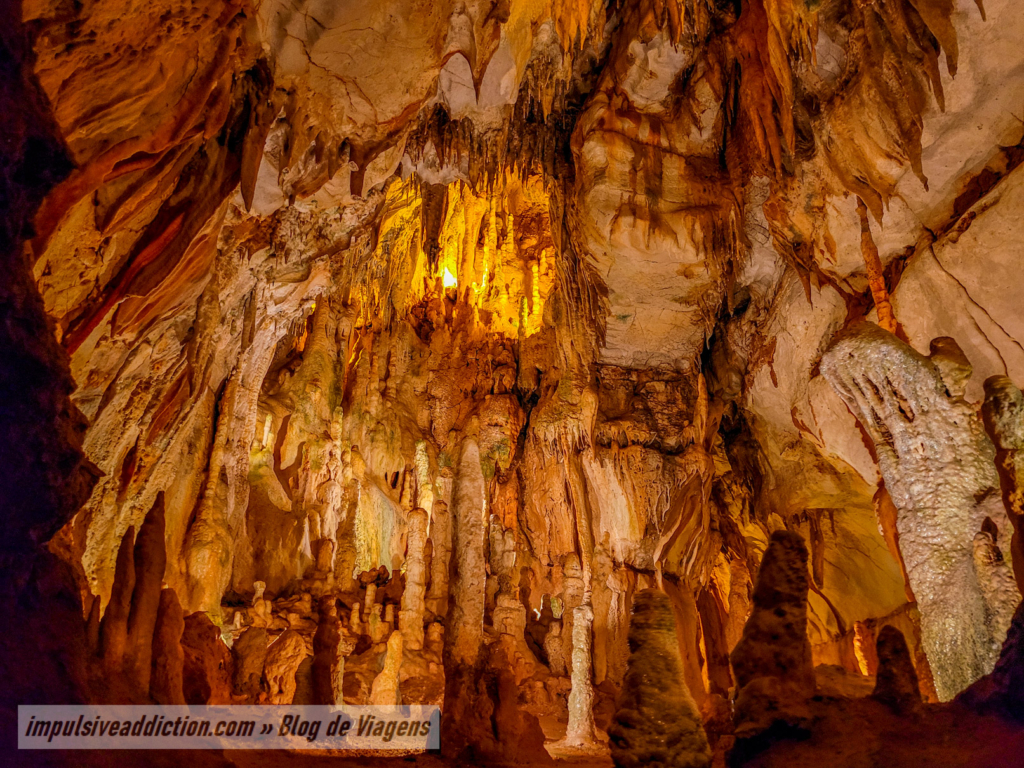
MORE ARTICLES FROM CENTRAL PORTUGAL: - Things to do in Espinho - Things to do in Ovar - Things to do in Aveiro - Aveiro to Costa Nova - Best beaches in Aveiro - Things to do in Mira beach - Things to do in Coimbra - Schist Villages in Portugal - Things to do in Figueira da Foz - Visit Monsanto in Portugal - Historical Village of Piódão - Historical Villages of Portugal - Things to do in Leiria - Visit Alcobaça Monastery and surroundings - Things to do in Fátima - Visit Mira de Aire Caves - Things to do in Nazaré - Things to do in Peniche - Best beaches in Peniche - Visit Berlenga Island - Best beaches in Ericeira - Visit Ursa Beach - Best Beaches in Sintra - Best Beaches in Cascais - Best Costa da Caparica beaches - Best beaches in Setúbal - Best Beaches in Sesimbra - Visit Ribeiro do Cavalo Beach - Best beaches in Tróia, Comporta and Melides
Where is Batalha located, in Portugal?
Batalha is part of the district of Leiria, bordering the municipality of Leiria itself, as well as Ourém, Alcanena and Porto de Mós. It is very close to Fátima, which is very popular in Portugal for its sanctuary and devotion to Nossa Senhora.
Batalha may not be a municipality on the Portuguese coast, but it’s also very close to it, with Marinha Grande, Alcobaça and Nazaré so close by.
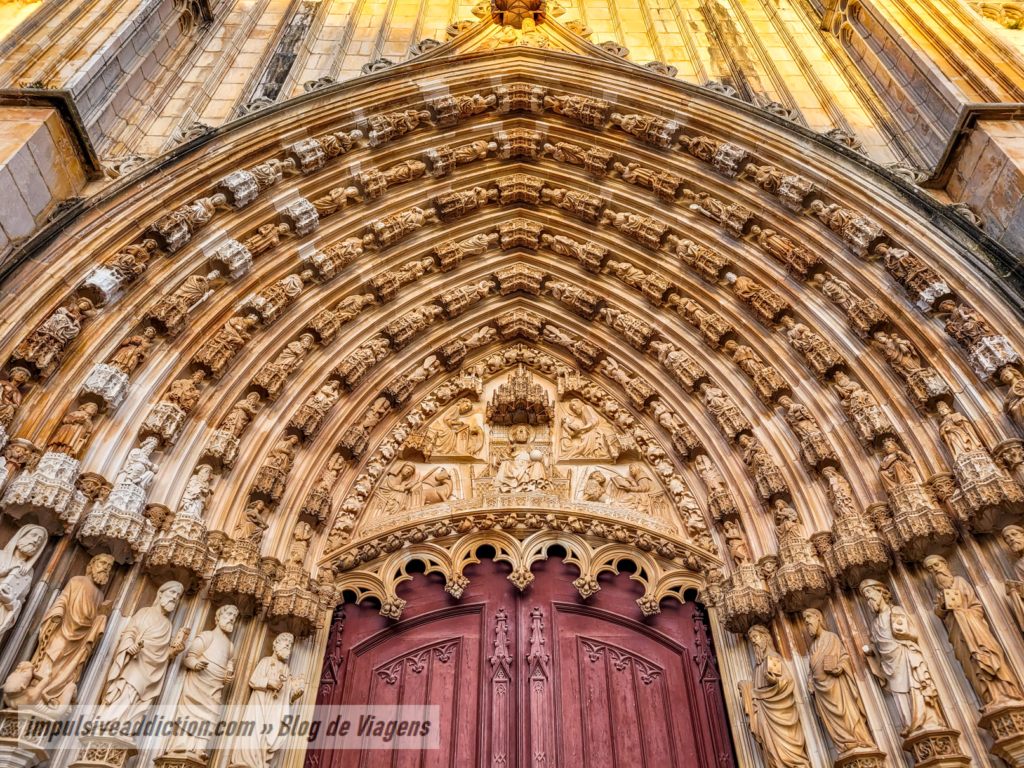
When to visit Batalha?
Batalha can be visited at any time of year, without exception. When hiking, you should of course avoid rainy or wetter periods, mainly for safety reasons.
In terms of annual festivities, take into account the following:
- The Festivities of Nossa Senhora do Fetal (or Procession of the Snails): undoubtedly the most original of Batalha’s festivals, held in Reguengo do Fetal at the end of September and beginning of October. The image of the Saint is transported from the Parish Church to the Chapel of Senhora do Fetal in one week, returning eight days later. These processions are illuminated by thousands of snail shells, which makes them unique in the country.
- The 19th century market, also at the end of September, on a Sunday.
- FIABA – Batalha’s Crafts and Gastronomy Fair, at the end of May.
- Batalha’s main festivities, in the middle of August.
Travel Insurance + Car Rental
Having a car is a must for your itinerary in Central Portugal, especially if you want to visit many places from Lisbon to Porto. If you don’t have a car, rent one with Discover Cars, which allows you to analyze and compare prices between different rental companies until you find the best deal.
Likewise, travel insurance should be taken out without fail. We are all subject to bad luck and travel accidents. 😐 Opt for Travel insurance with World Nomads and be safe!
Gastronomy and Restaurants in Batalha
As far as the region’s gastronomy is concerned, here are some of the delicacies you shouldn’t ignore when visiting Batalha:
- Morcelas de Arroz.
- Tibornadas de Bacalhau.
- Tachadéu.
- And Cavacas de Reguengo do Fetal, for dessert.
Reguengo do Fetal is, as you can see, one of the major centers of the municipality, where some of Batalha’s most ancient traditions come from, including its gastronomy.
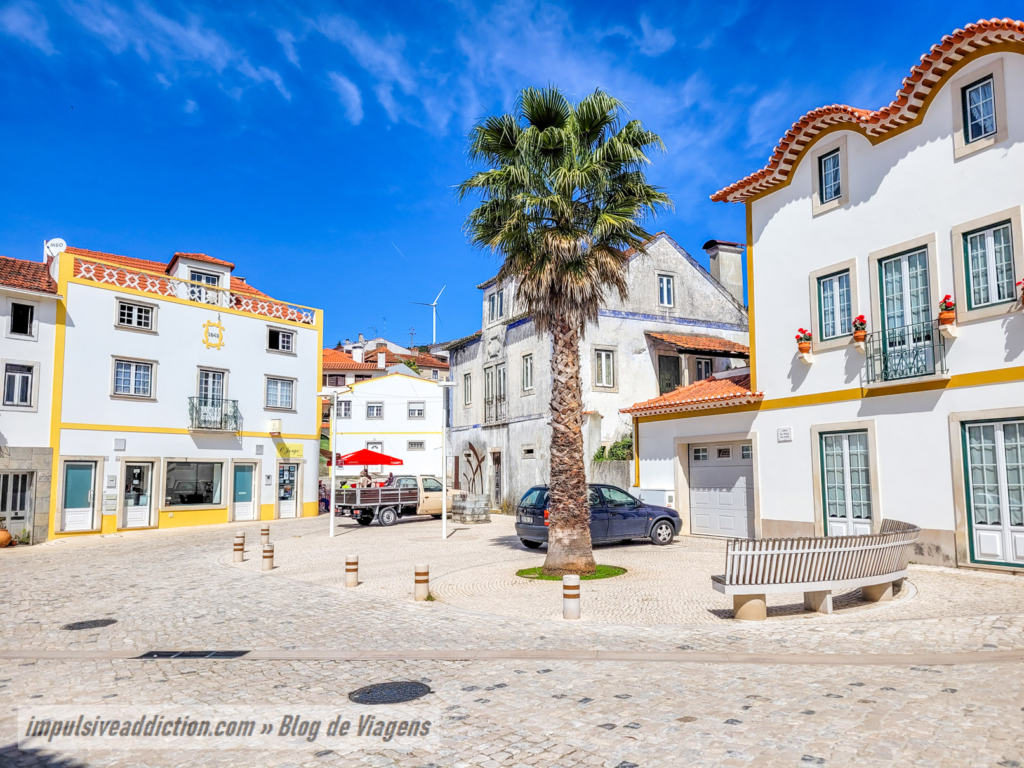
As for restaurants, try the following (but there are others!):
- Burro Velho Restaurant, right in the center of town.
- Mosteiro do Leitão, on the outskirts of the town.
- Restaurant Pérola do Fetal, in Reguengo do Fetal.
- Restaurant Piadussa, in Pia do Urso (São Mamede).
Accommodation tips to visit Batalha
| Accommodation | Score | Location |
|---|---|---|
| Hotel Villa Batalha | 8.7 | Center of Batalha |
| Hotel Lis Batalha | 9.1 | Center of Batalha |
| Mosteiro View | 9.6 | Center of Batalha |
| Monte do Mosteiro | 9.3 | Surroundings |
| Casa do Outeiro | 9.3 | Center of Batalha |
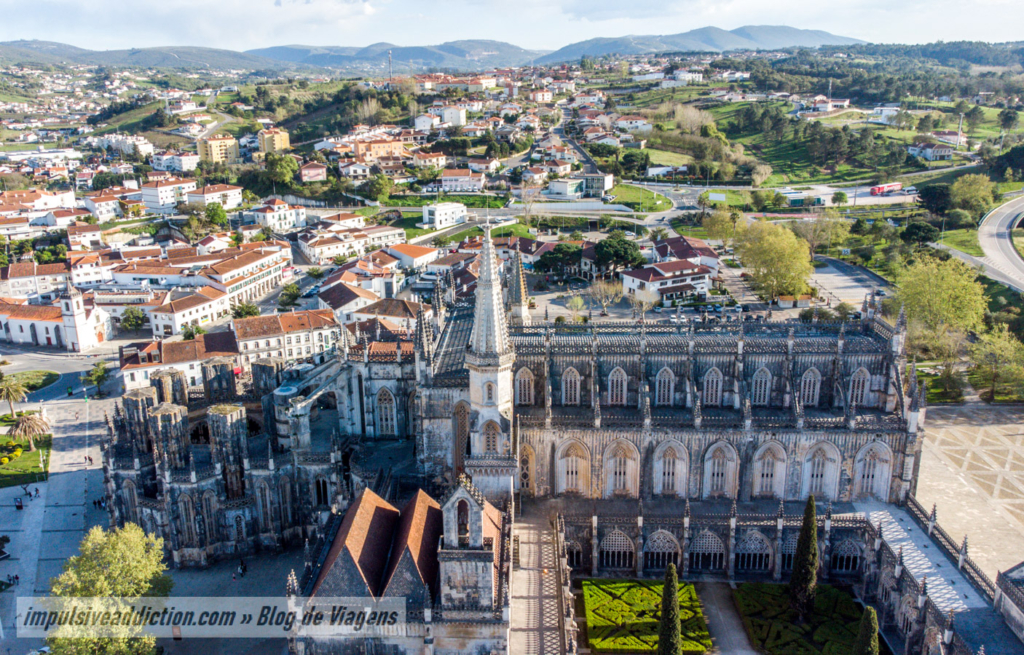
Things to do in Batalha | Portugal
Finally, I’ll tell you what to do, see and visit in Batalha. I’ll start with the historic center, where the grandiose Batalha Monastery is located, and then I’ll introduce you to the surrounding area, namely Reguengos de Fetal and São Mamede. Before that, here’s a map with all the sights I’m going to mention in this article.
Map | Things to do in Batalha
Visit the historic center of Batalha
The historic center of Batalha is home to the Monastery but not only. There are also beautiful gardens, a beautiful parish church and even urban art.
1. Batalha Monastery
The Monastery of Batalha is also called the Monastery of Santa Maria da Vitória, and was built at the request of King João I as payment for a promise to Our Lady, in thanks for the victory in the Battle of Aljubarrota (1385).
The Monastery was built in several phases, resulting in a monastic complex that currently has a church, two cloisters, the Founder’s Chapel and the Imperfect Chapels.
It belonged to the order of St. Dominic until the expulsion of the religious orders, and today it is owned by the Directorate General for Cultural Heritage. It is a national monument, one of the 7 wonders of Portugal and has been on UNESCO’s World Heritage List since 1983. It is considered by many to be the most beautiful and impressive monastery in Portugal.
>> Tickets and Opening Hours - Check this official website
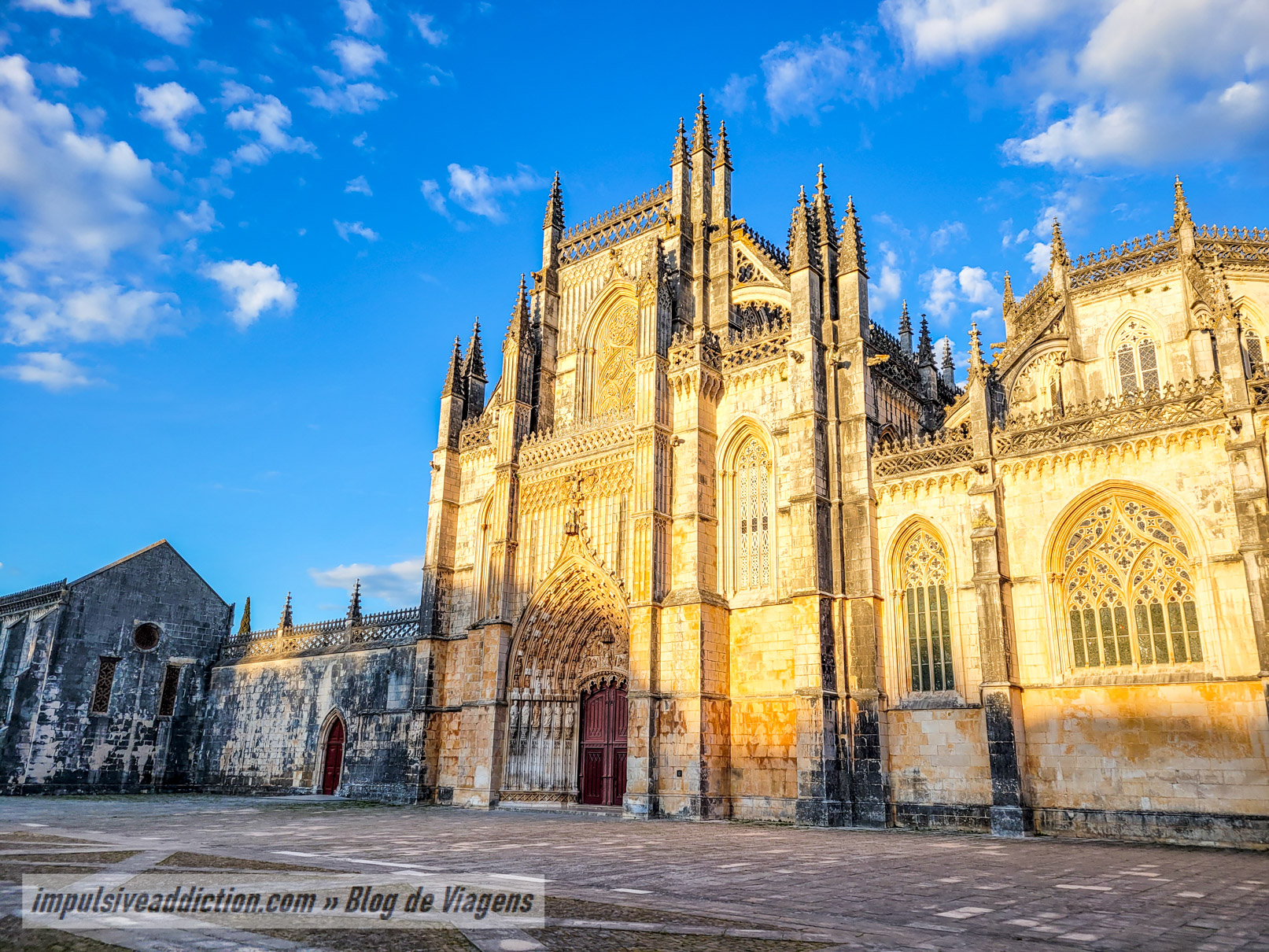
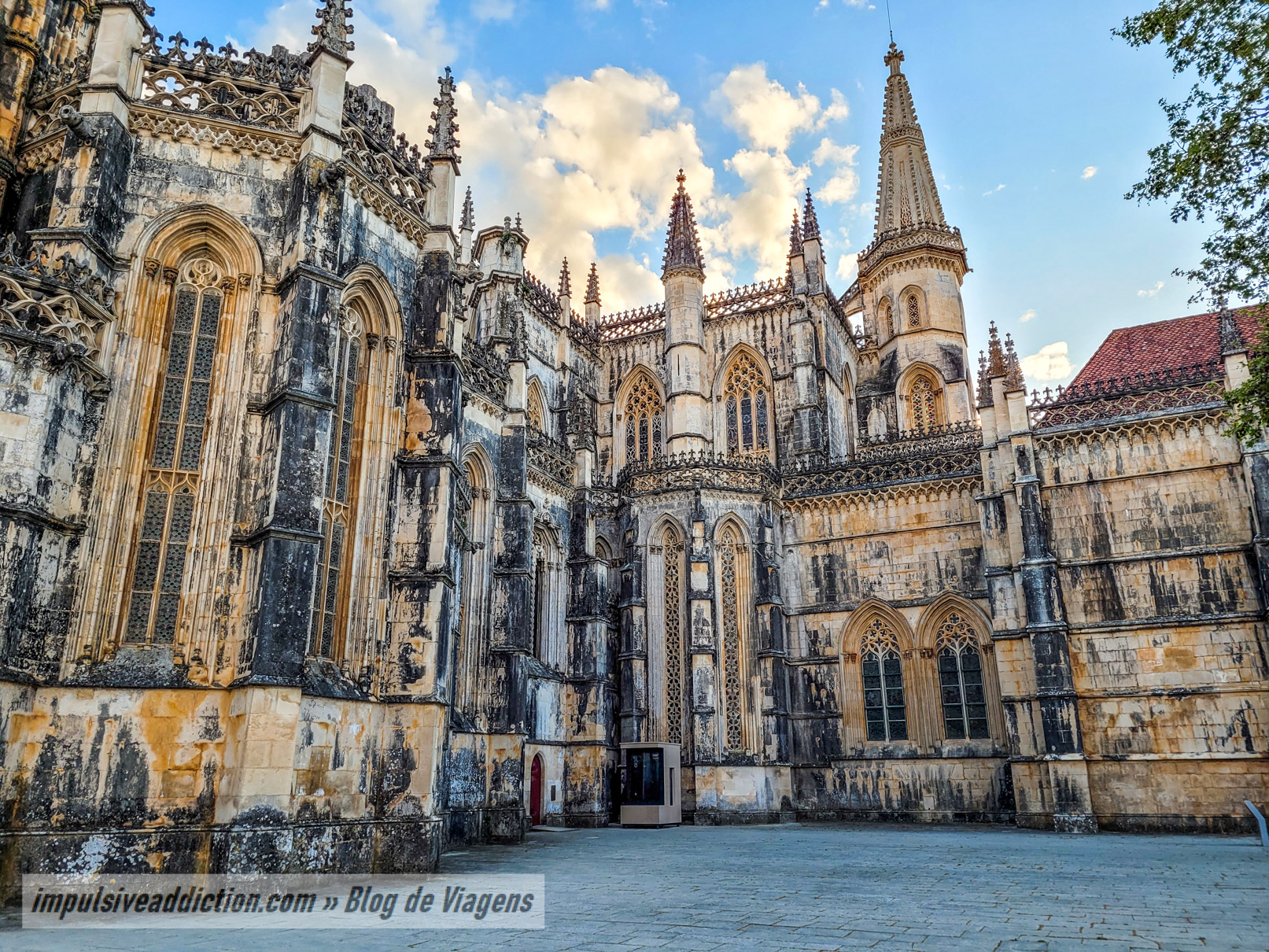
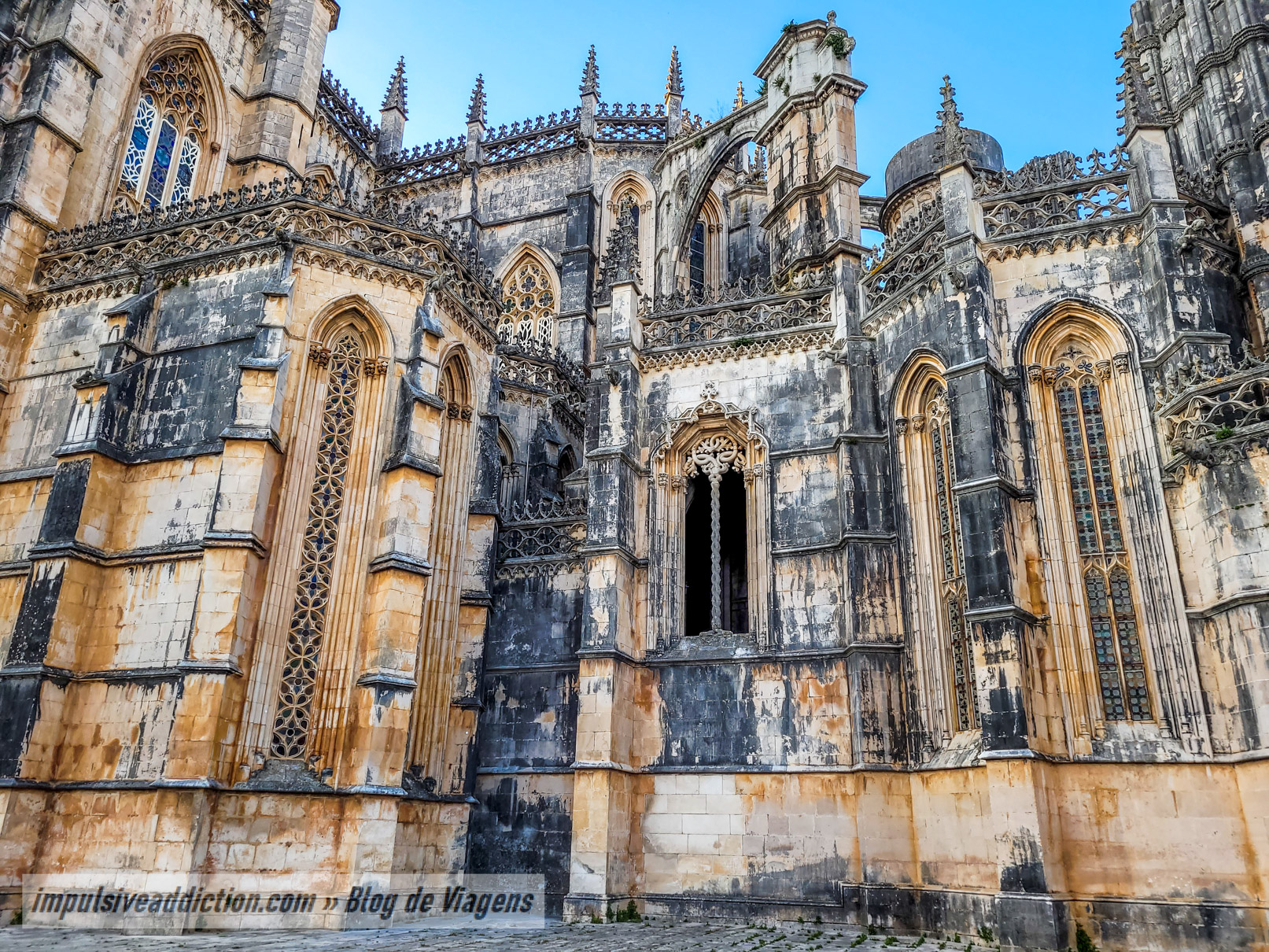
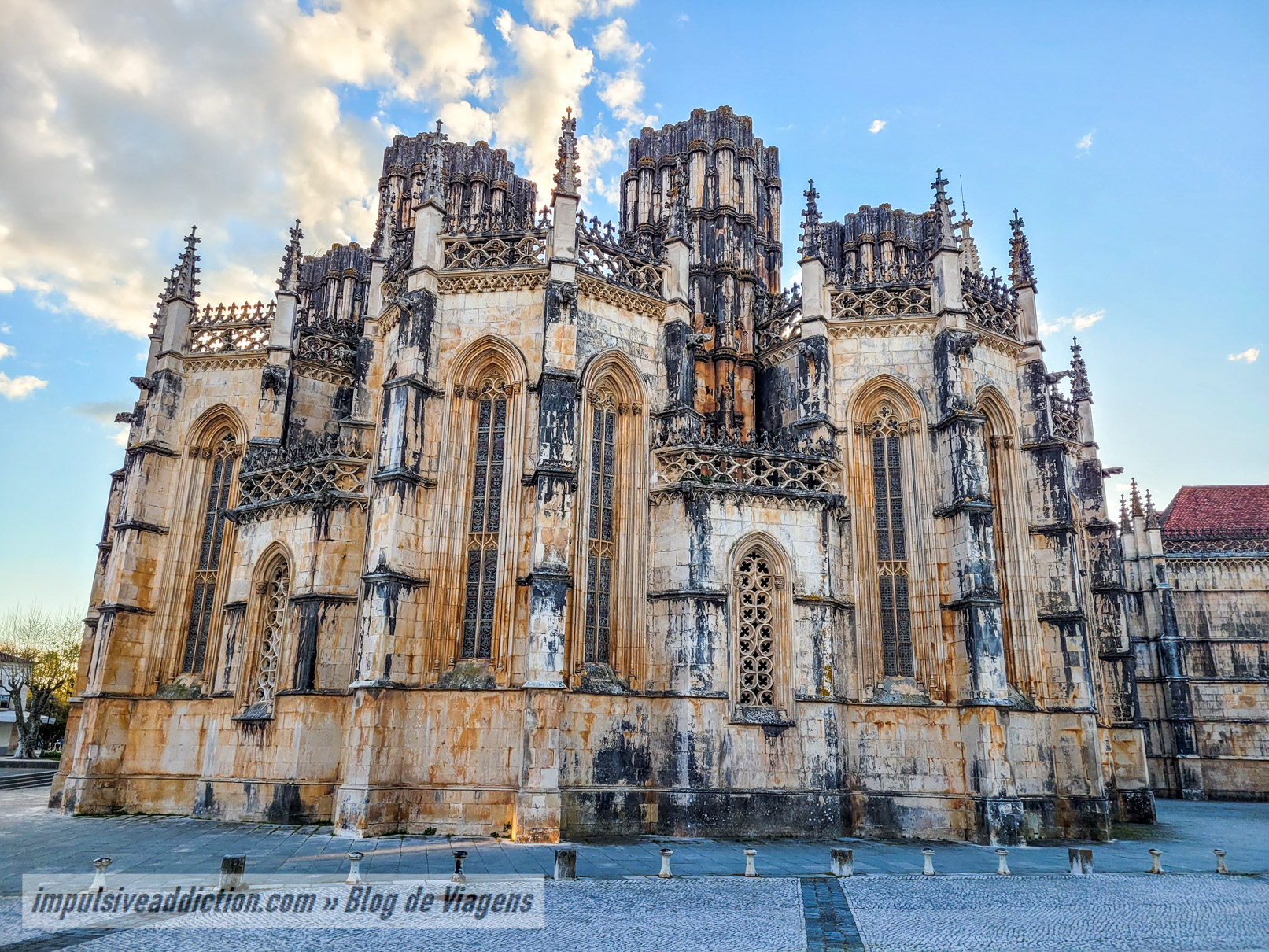
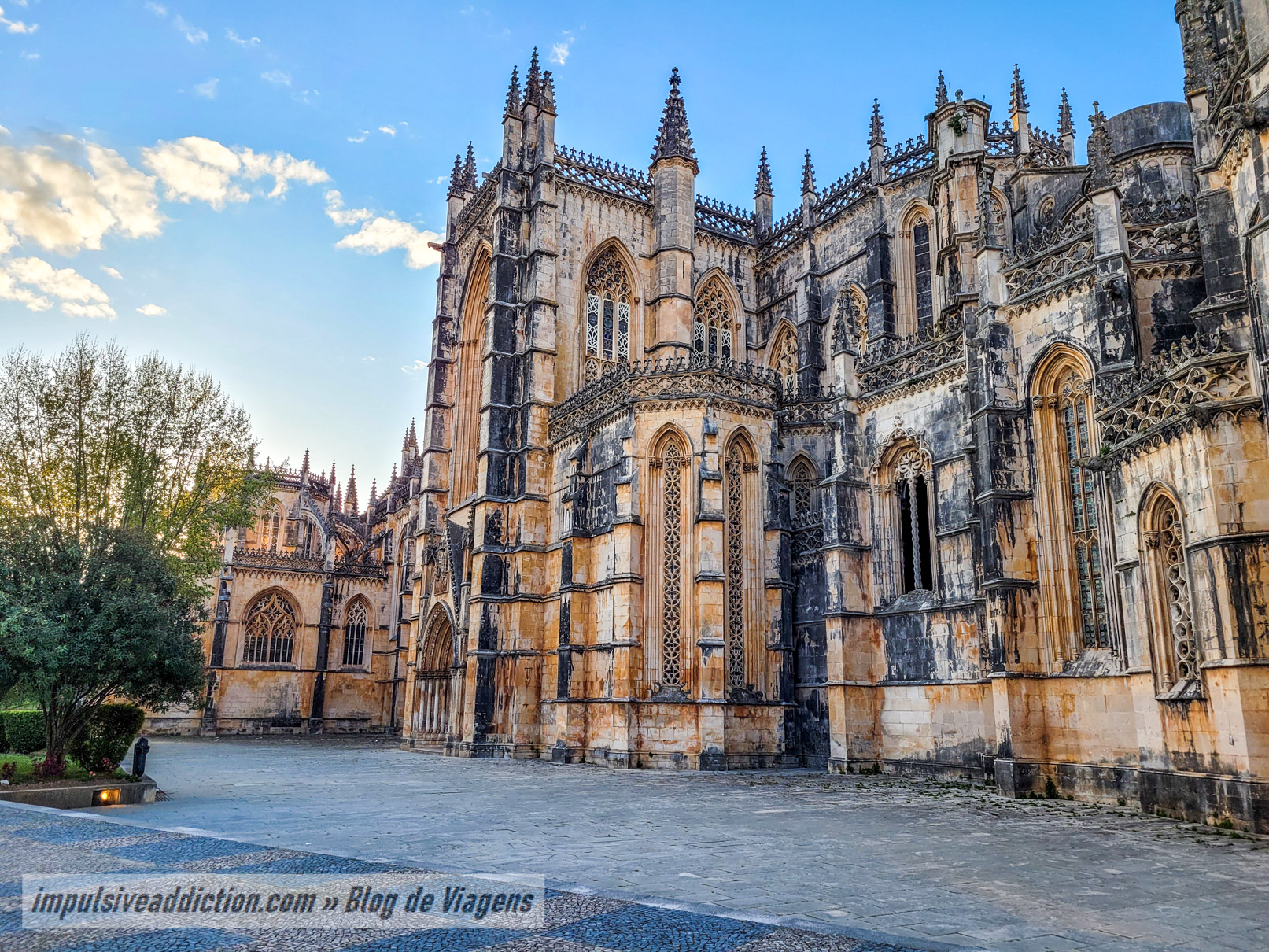
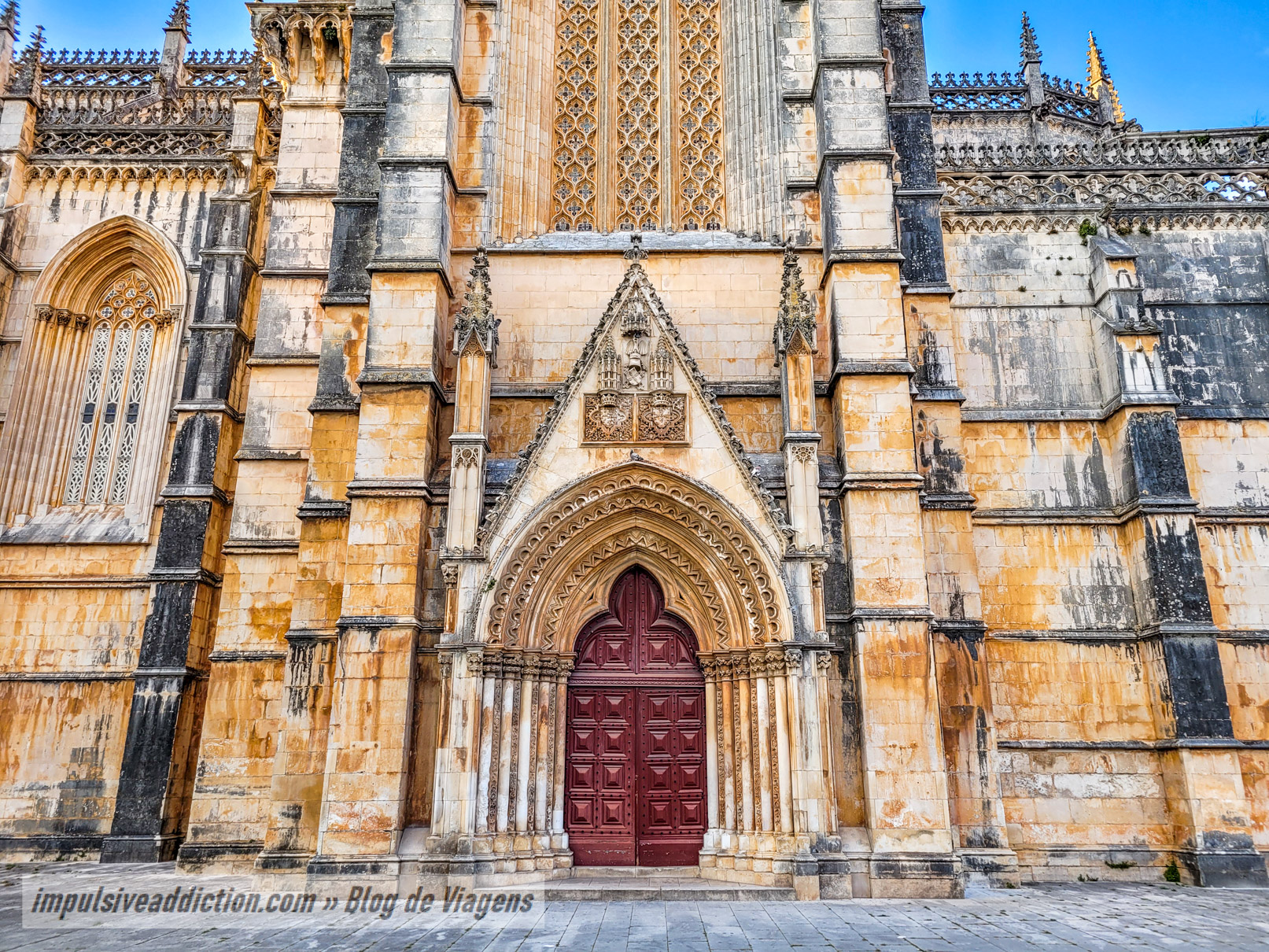
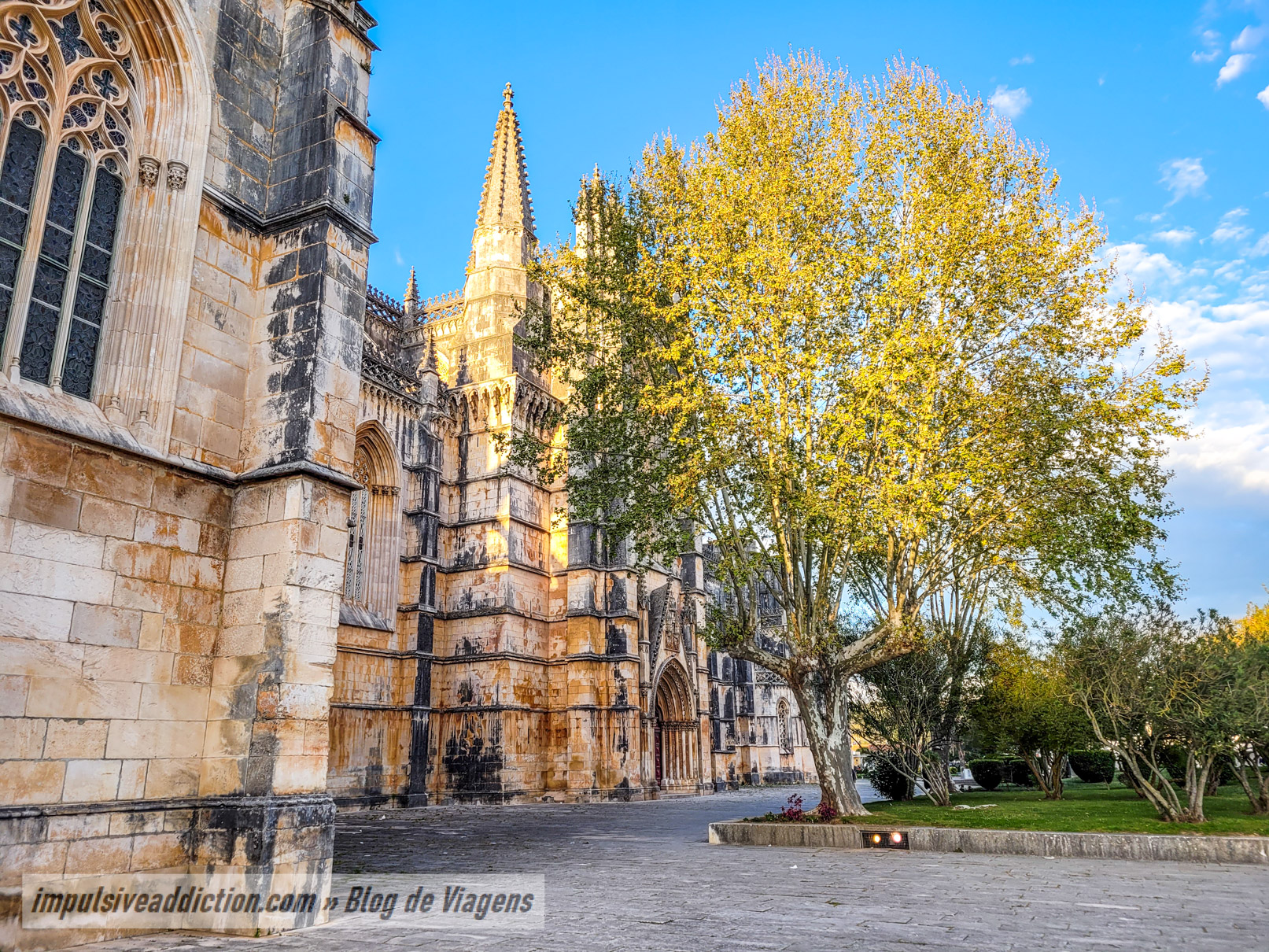
Batalha Monastery Main Portal
The Main Portal is one of the most magnificent works in Batalha Monastery, full of details to discover.
- The figures of the apostles (six on each side) stand out.
- Above the Apostles, the first two archivolts show virgins, martyrs, popes, bishops, deacons and monks.
- In the next two archivolts are the kings of Judah.
- In the two innermost archivolts are angels and seraphim.
- And on the tympanum appears the figure of God, seated on a throne, with the four evangelists around him (St. John, St. Mark, St. Luke and St. Matthew).
Note: Legend has it (more naughty!) that God will drop the globe of the world he holds in one hand on the first bride who arrives at the monastery a virgin to be married! It seems that to this day it has never fallen! 😀
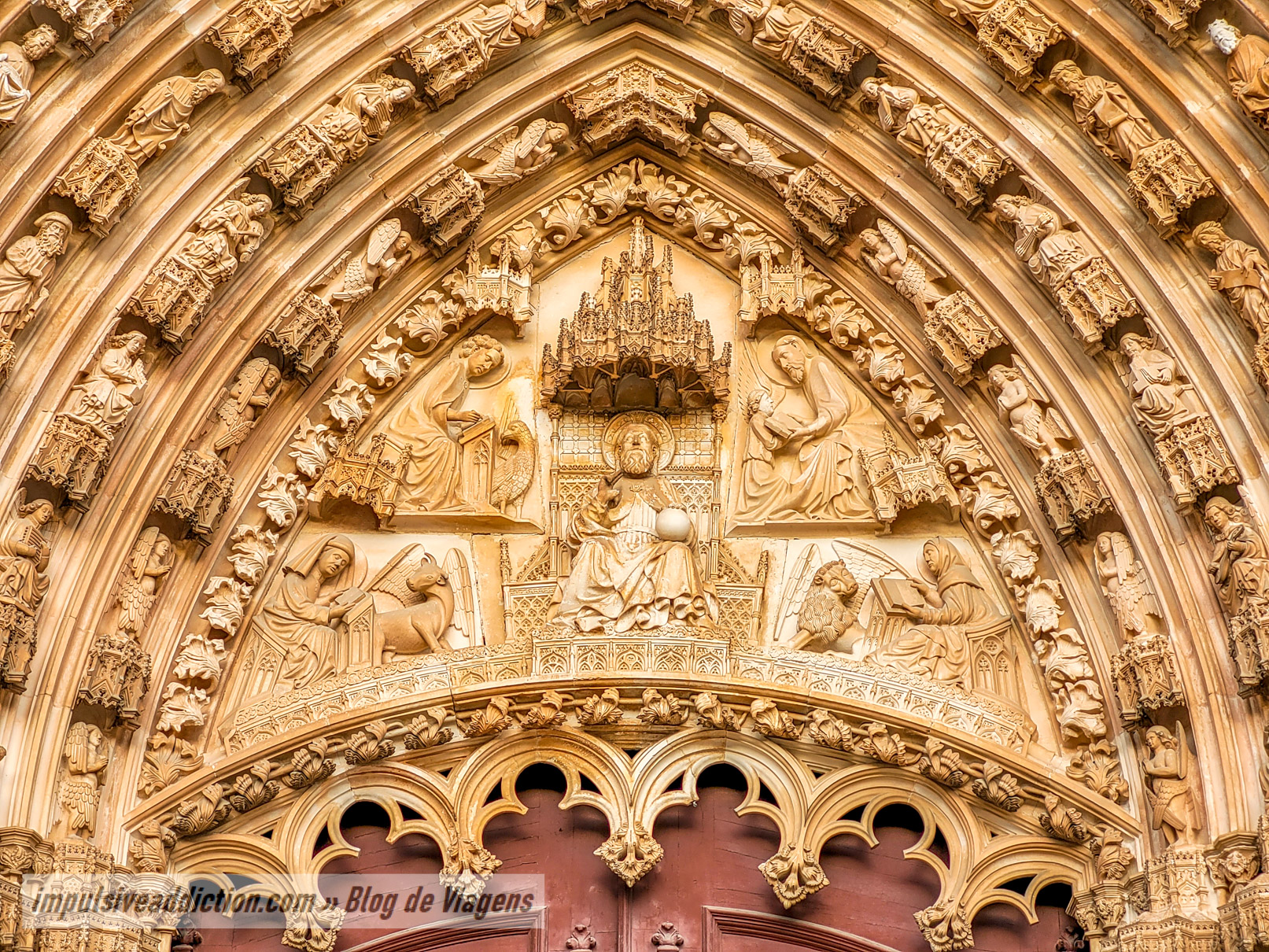
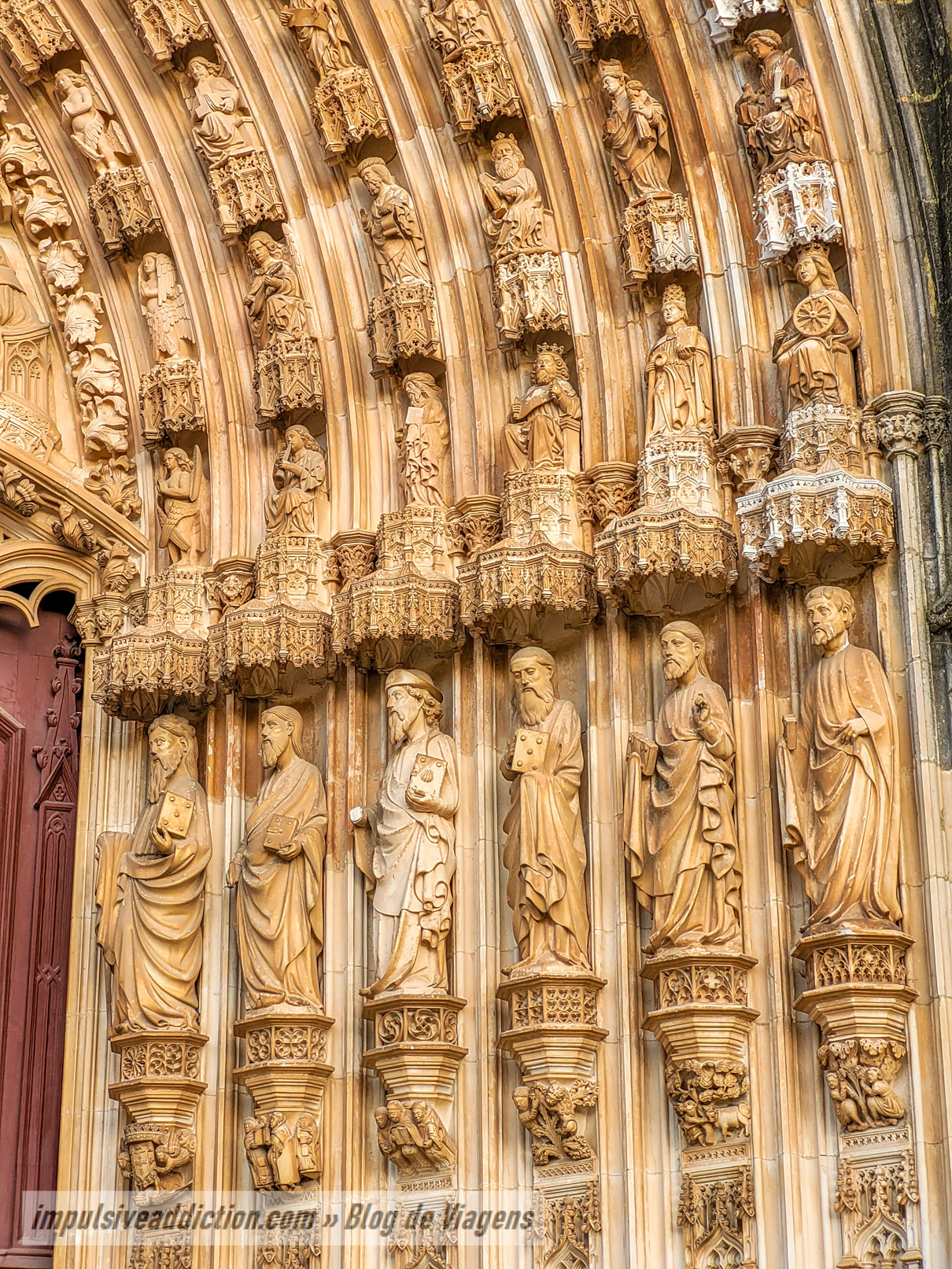
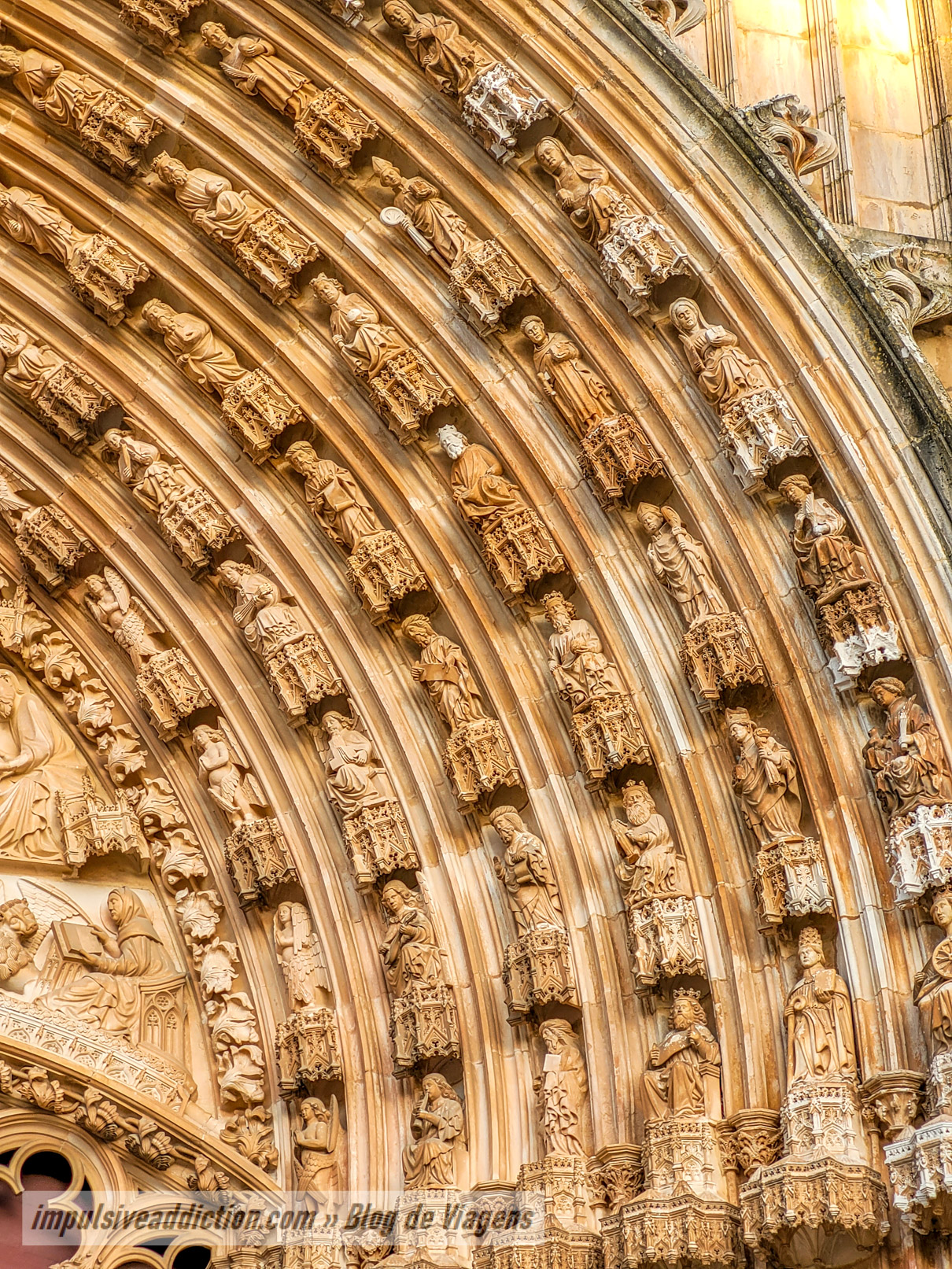
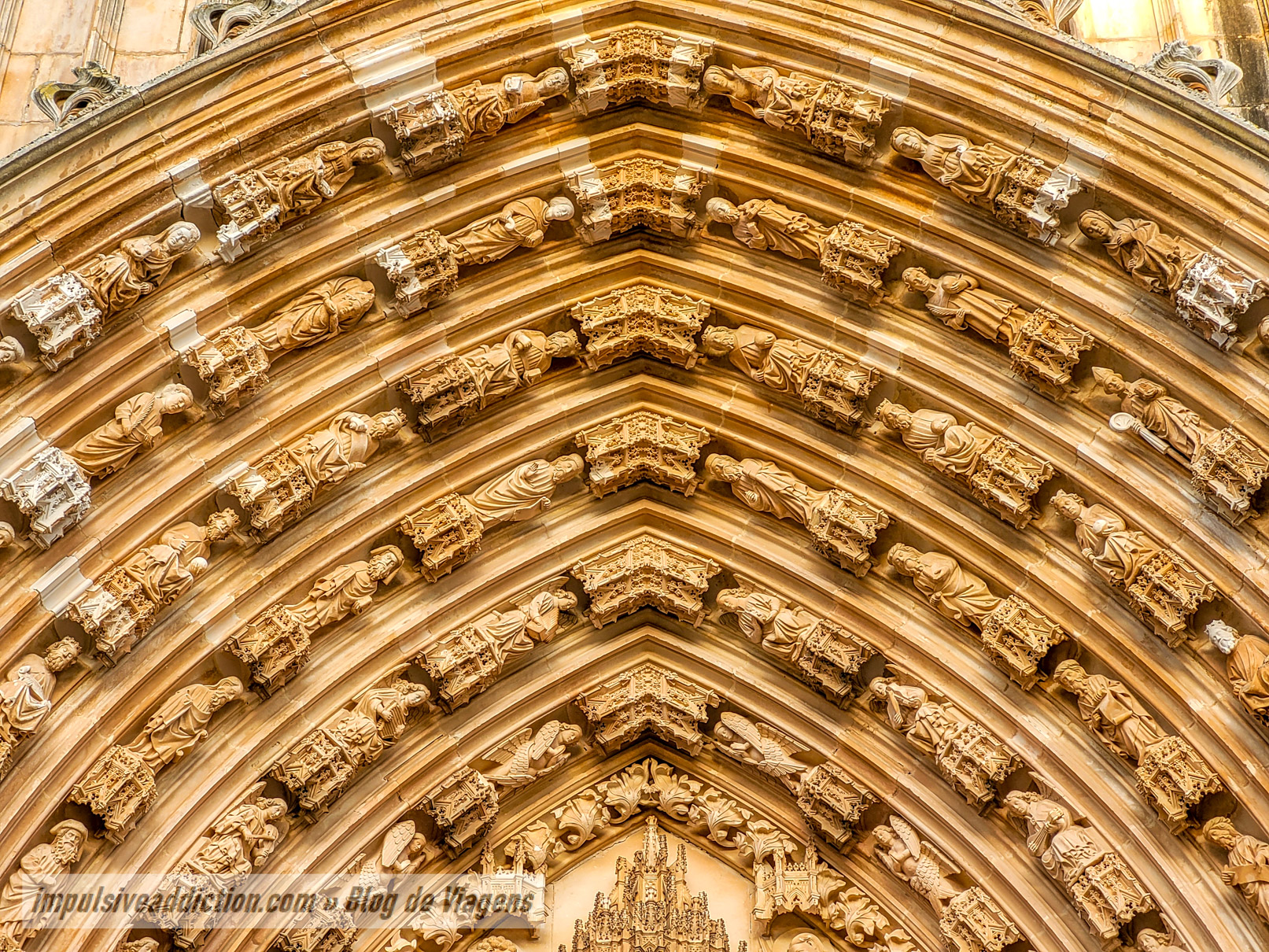
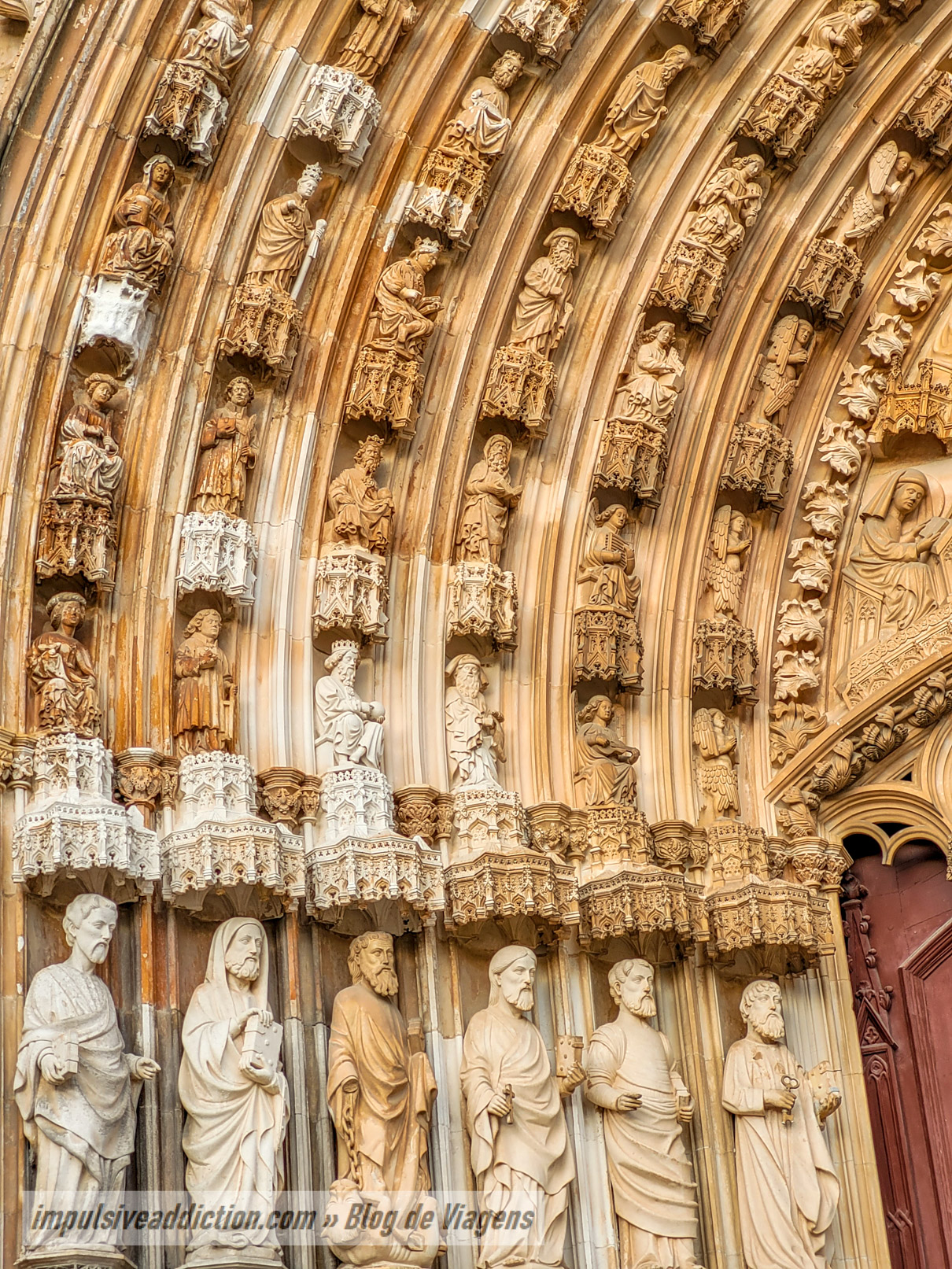
The Chapel of the Founder of the Monastery of Batalha
The Founder’s Chapel arose from King João I’s need to create a pantheon for the royal family. The enormous tomb ark in the center, where he and his wife, D. Filipa de Lencastre, rest, is undoubtedly a highlight. On the sides of the chapel are the tombs of his sons, namely Infante D. Pedro, D. Henrique, Infante D. João and D. Fernando.
From the 20th century, the three tombs commissioned by King Carlos I stand out:
- The tomb of King Afonso V, grandson of King João I.
- The tomb of King João II, son of King Afonso V.
- There is also the tomb of Prince D. Afonso, son of King João II.
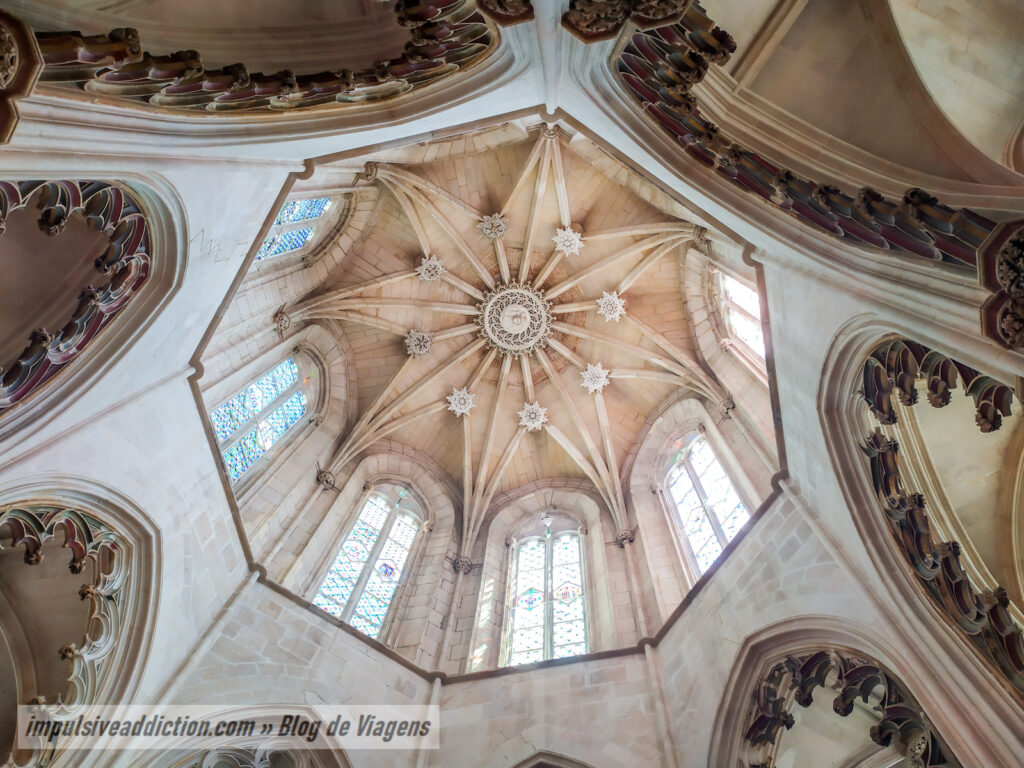
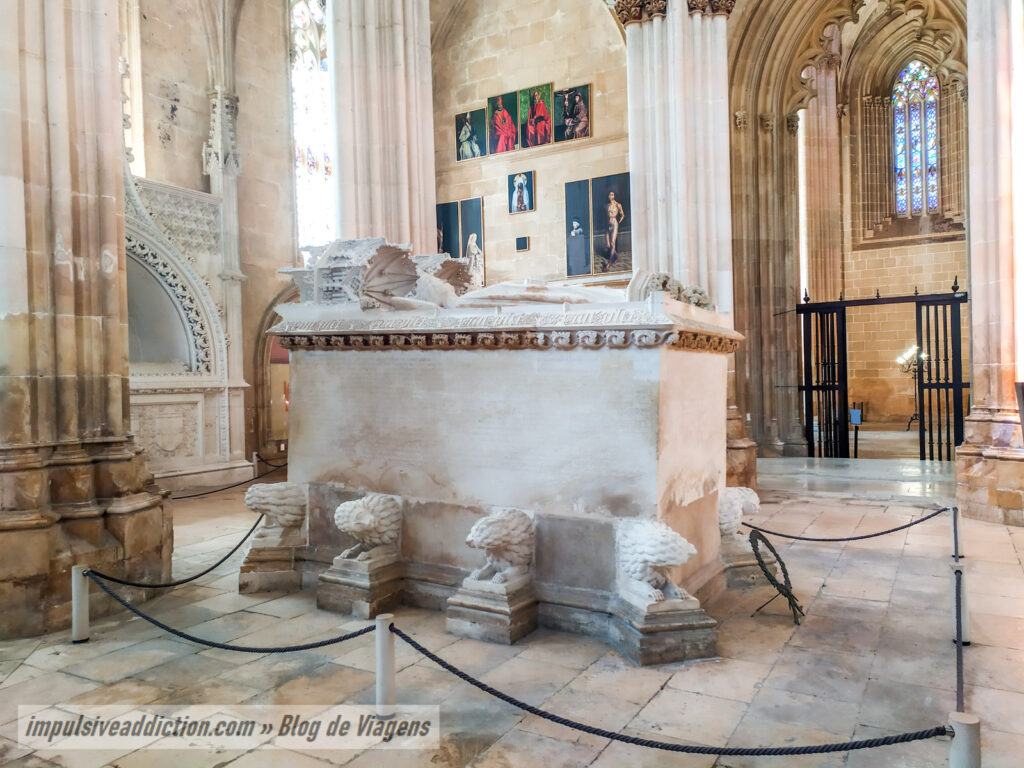
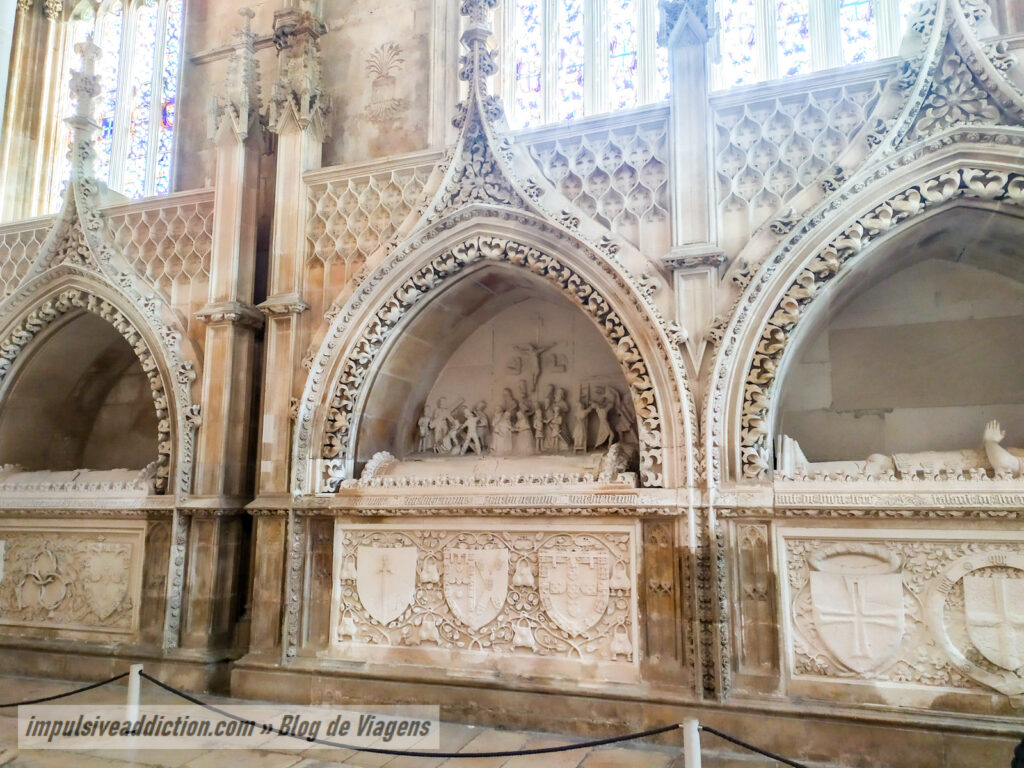
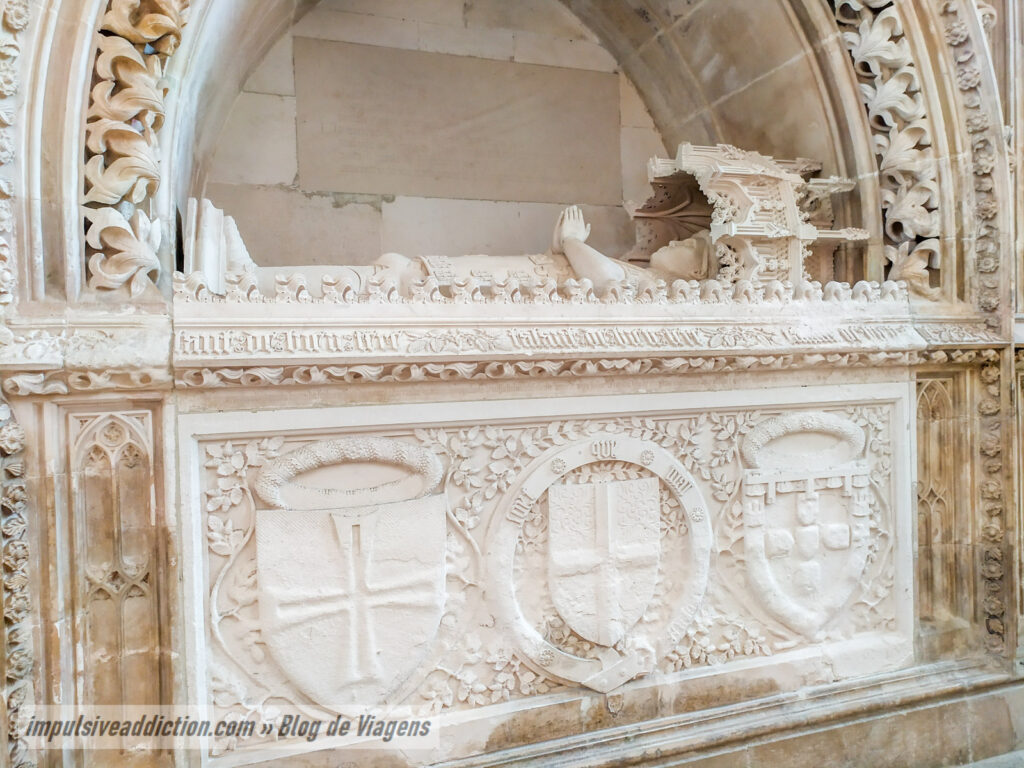
The Church of the Monastery of Batalha
The Church of the Monastery of Batalha is gigantic, about 80 meters long, 22 meters wide and almost 33 meters high. It is organized into three naves and its stained glass windows, some of which are very old, stand out.
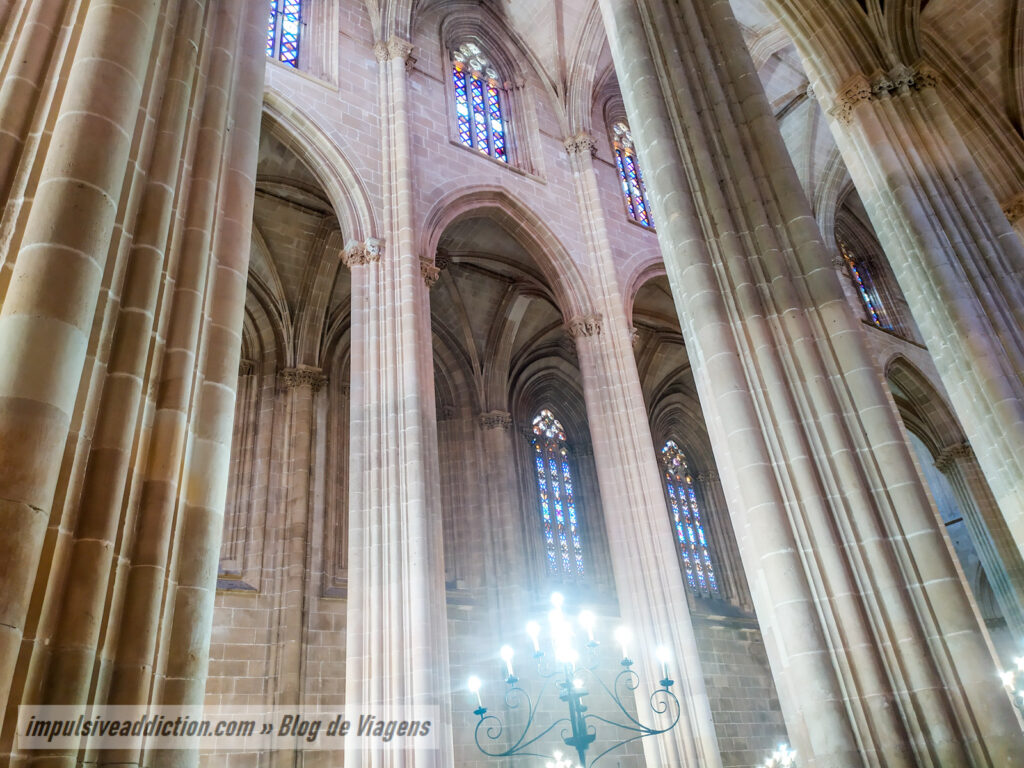
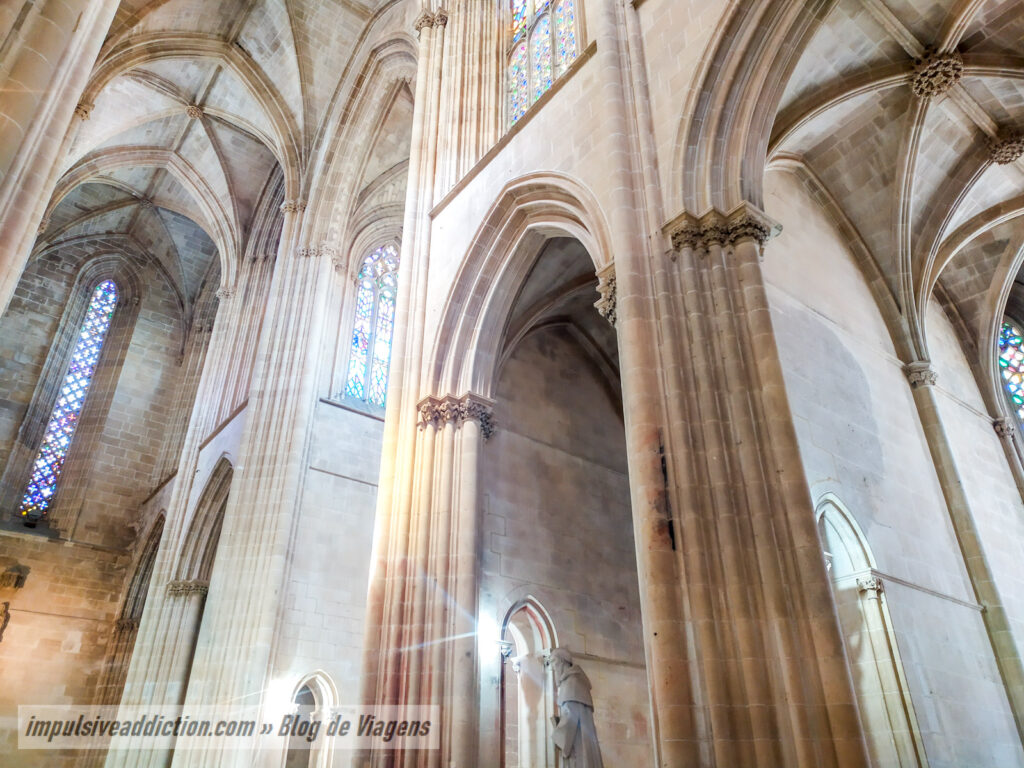
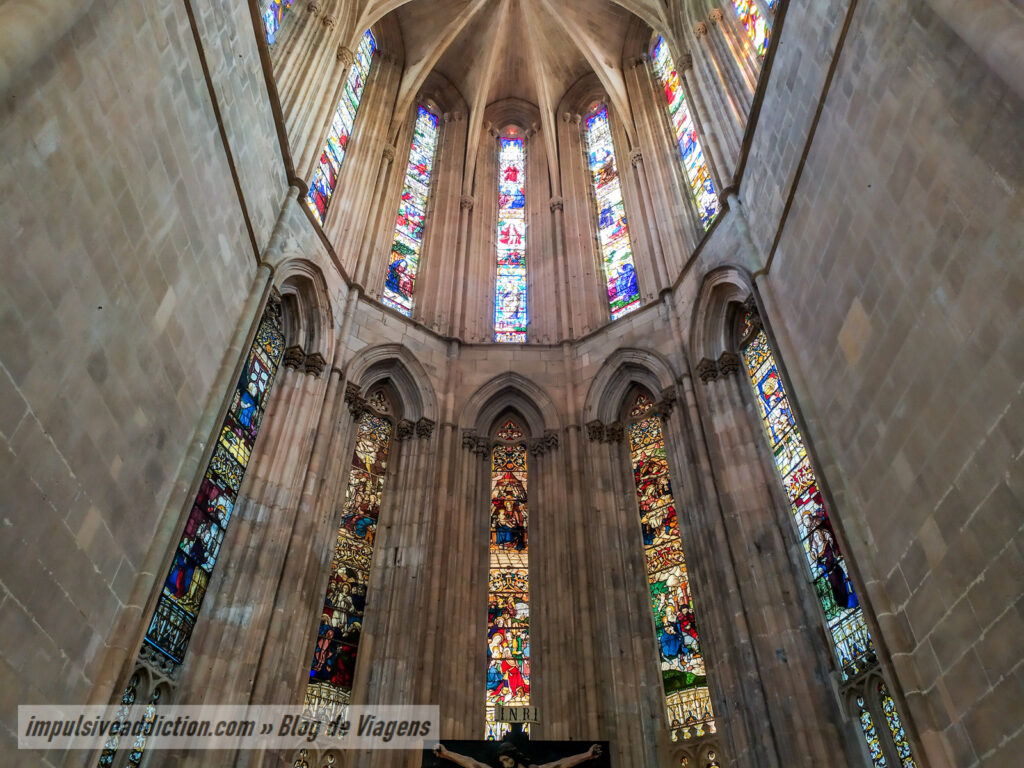
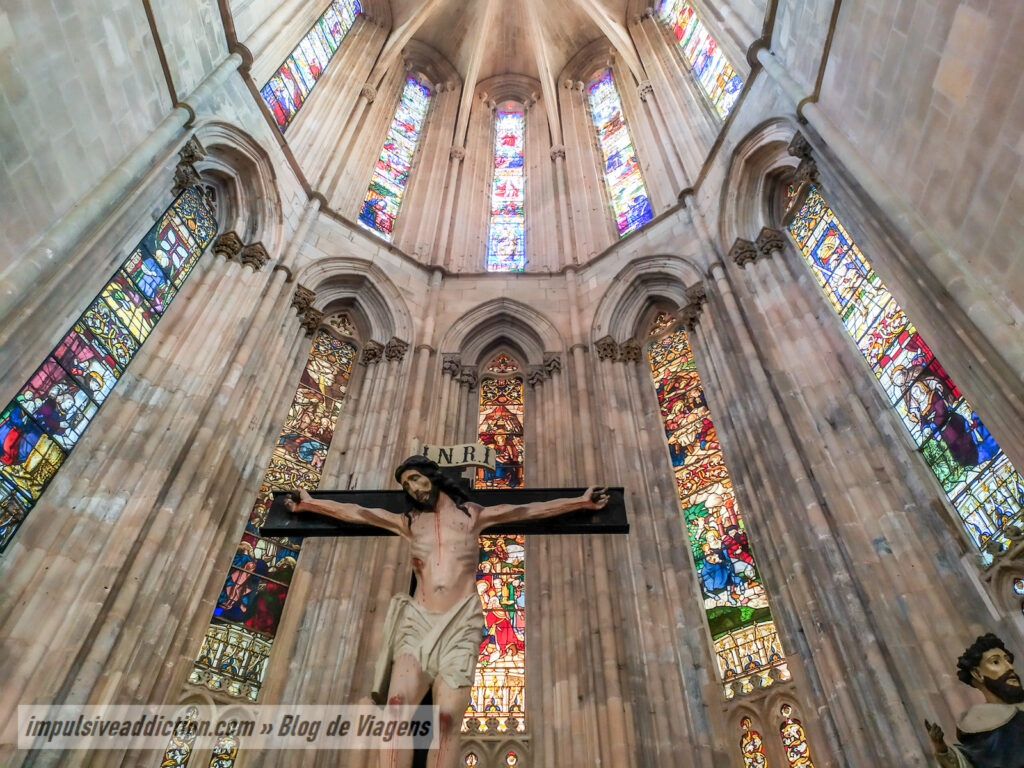
Cloisters of the Monastery of Batalha and Chapter House
As far as the cloisters are concerned, two of them from the 16th century no longer exist. The ones that remain contrast greatly with each other, as one is quite simple (Cloister of King Afonso V) while the other is brutally decorated and full of details (Royal Cloister).
I have no doubt that the latter will impress you, as will the Chapter House, in one of its galleries, where those killed in action during the First World War are honored. Here rest the remains of two soldiers who were never recognized.
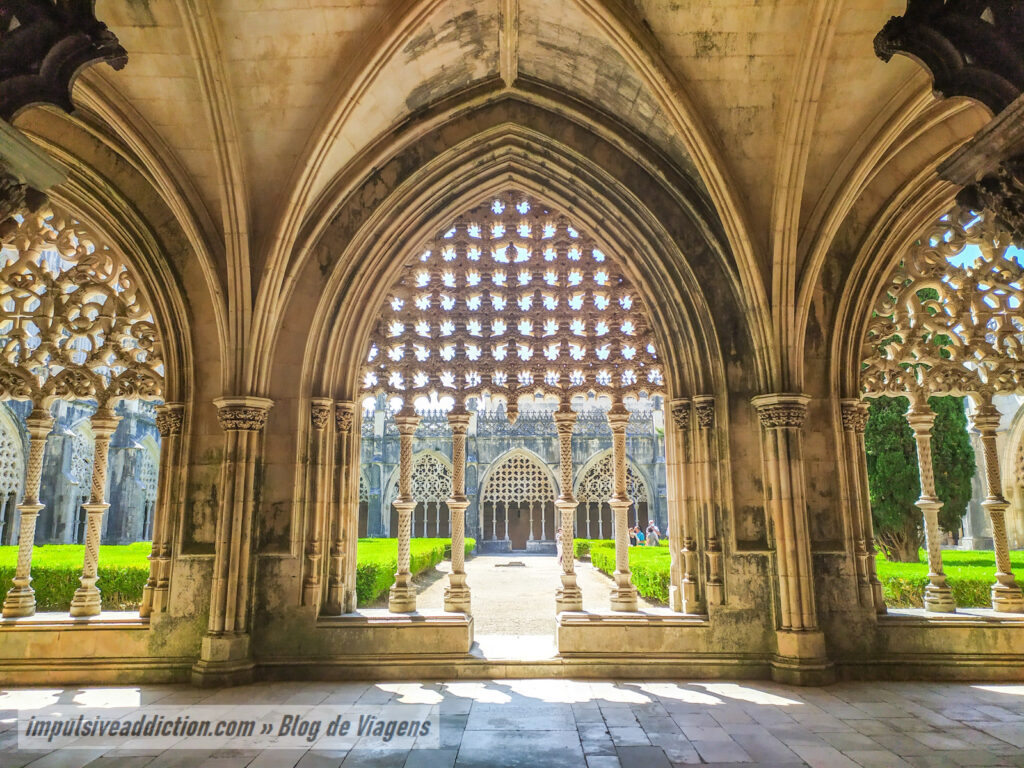
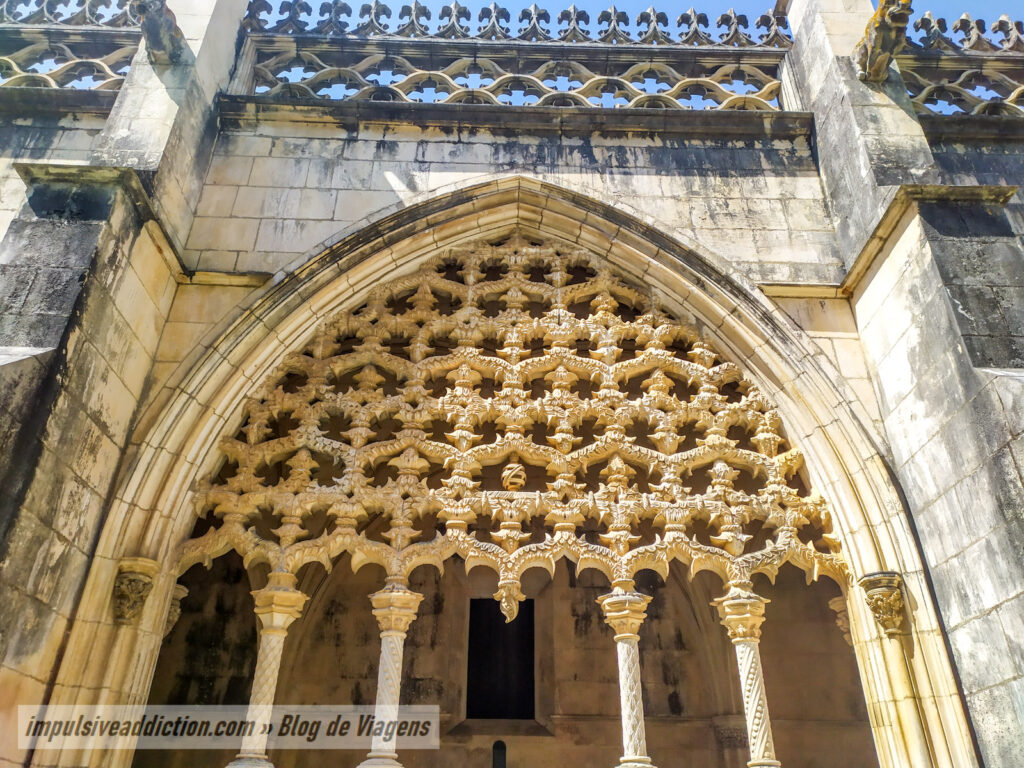
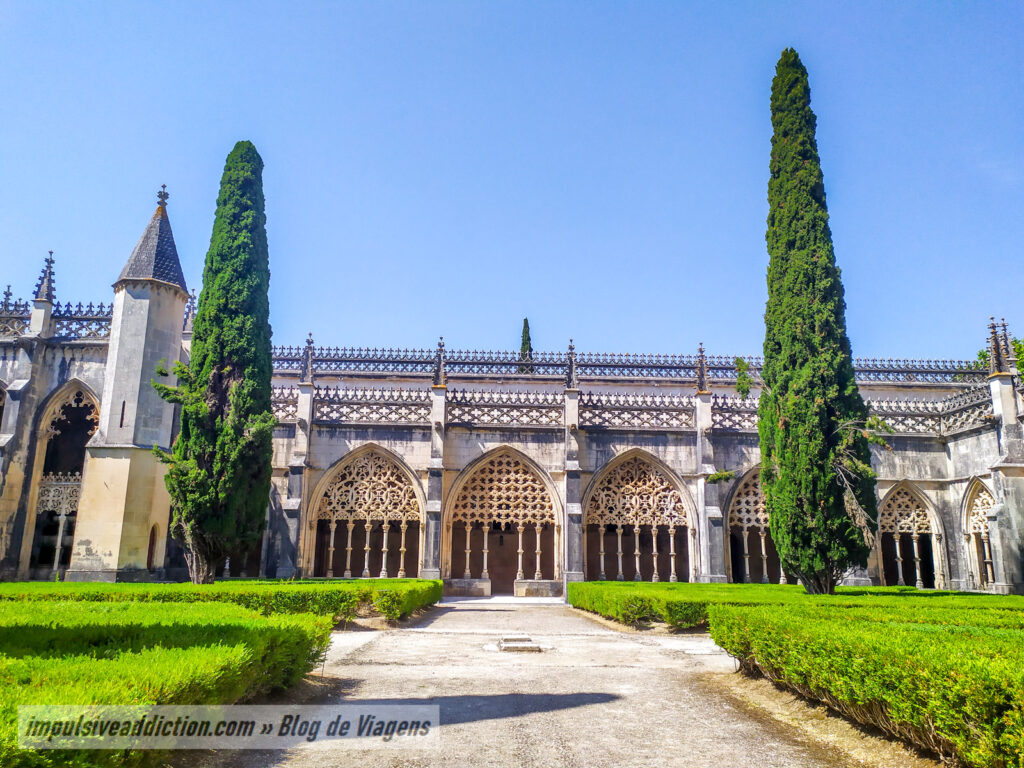
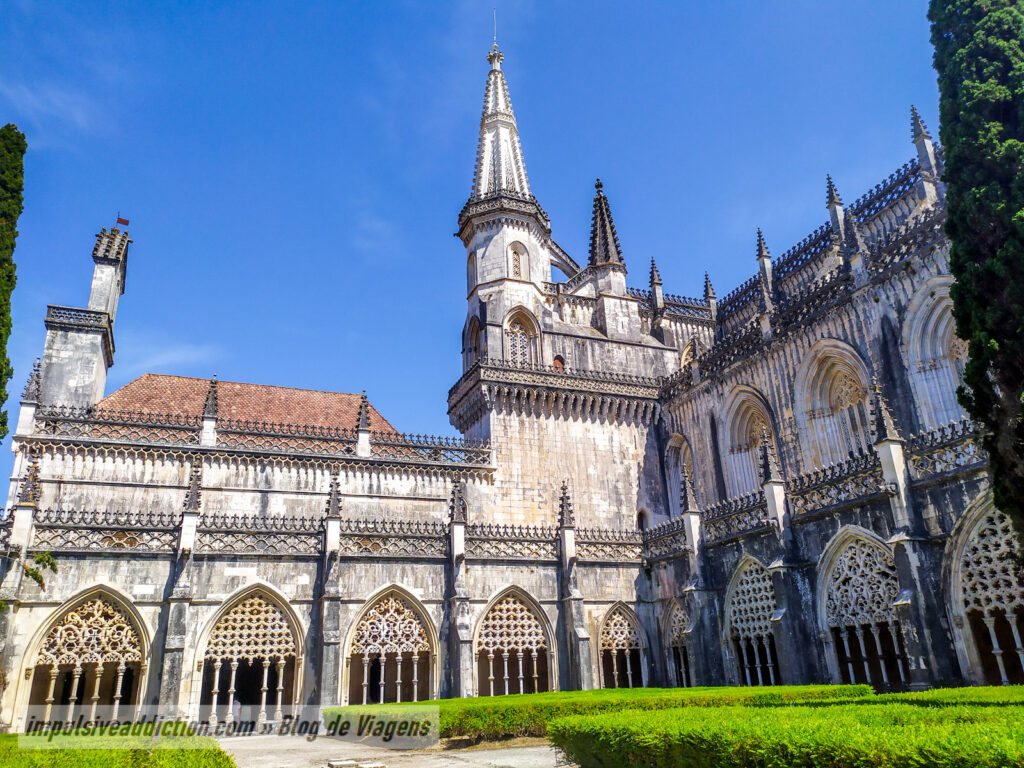
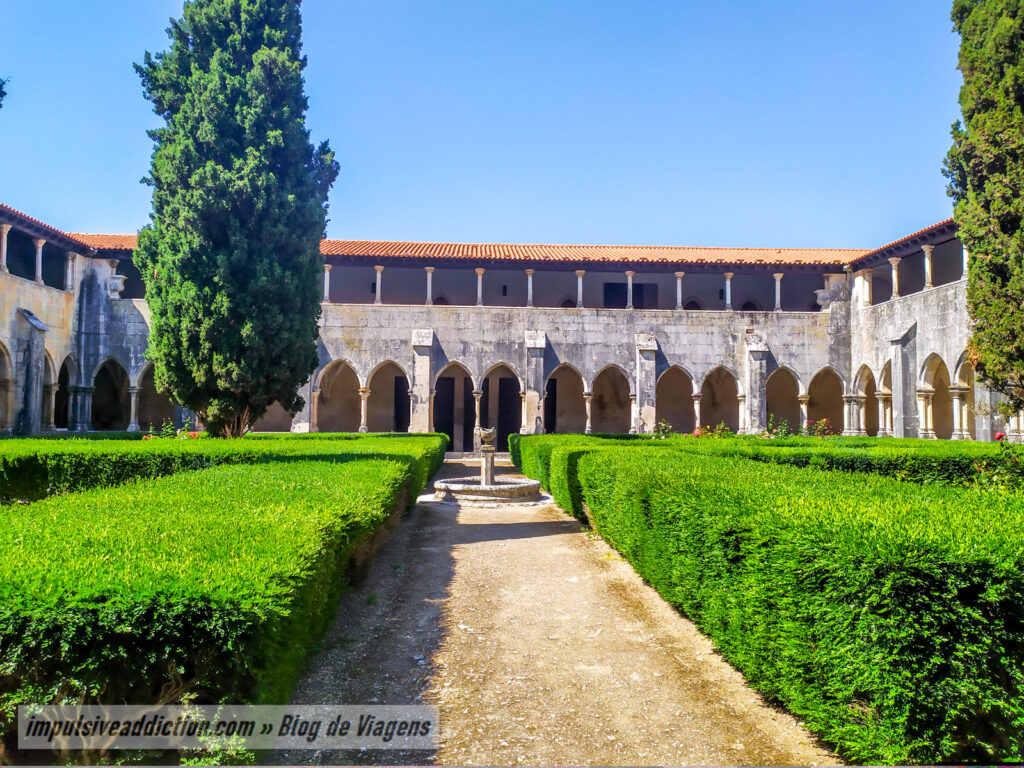
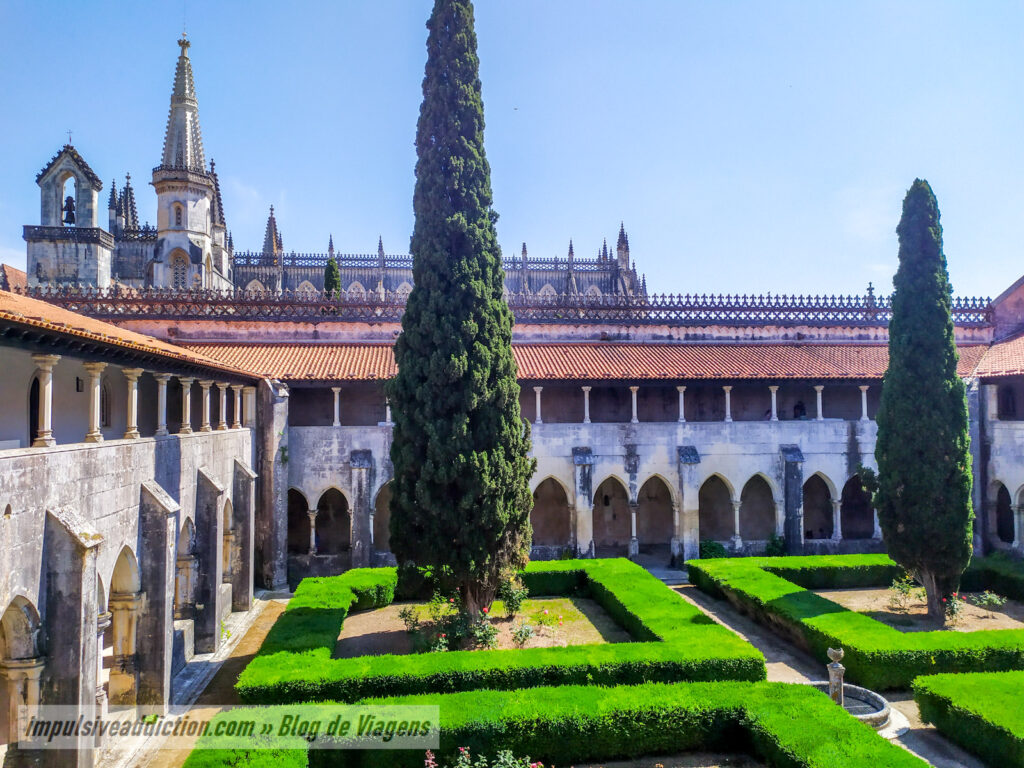
Imperfect Chapels of the Monastery of Batalha
The Imperfect Chapels have this name because they are unfinished. Their construction began in the 15th century, during the reign of King Duarte, with the aim of becoming a royal pantheon, just like the Founder’s Chapel. Future kings continued the construction, as in the case of King Manuel, during whose reign the magnificent Manueline portal was built.
The chapels were never completed, but the tomb of King Duarte and Queen Leonor was moved here in the 1940s, as was originally intended.
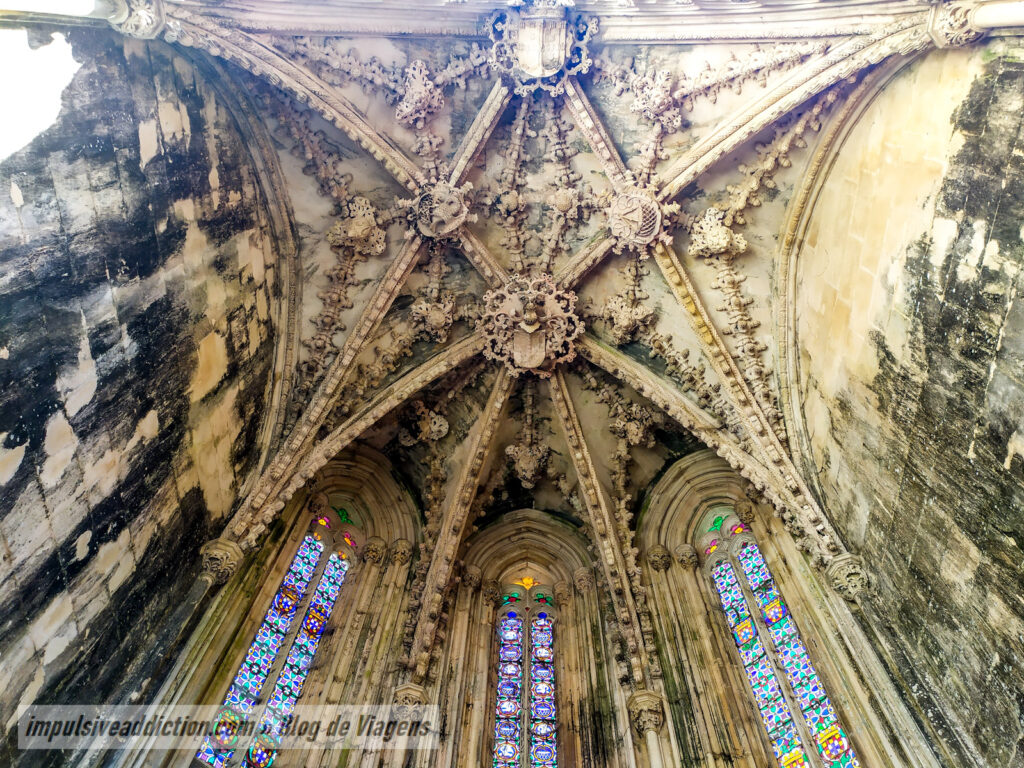
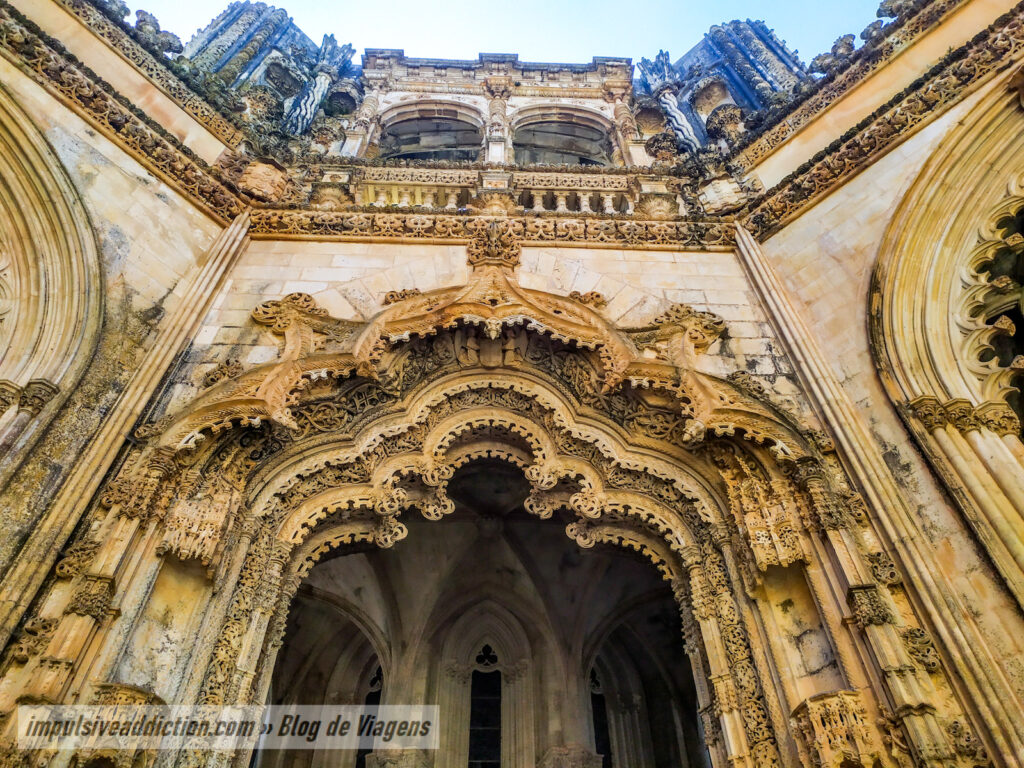
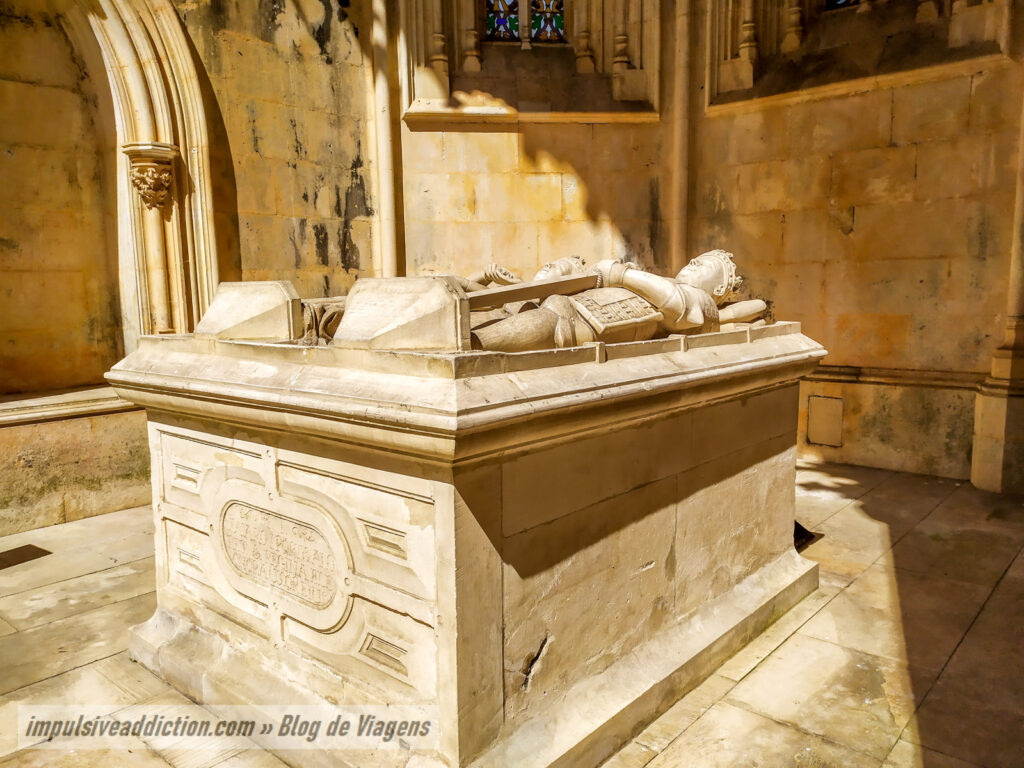
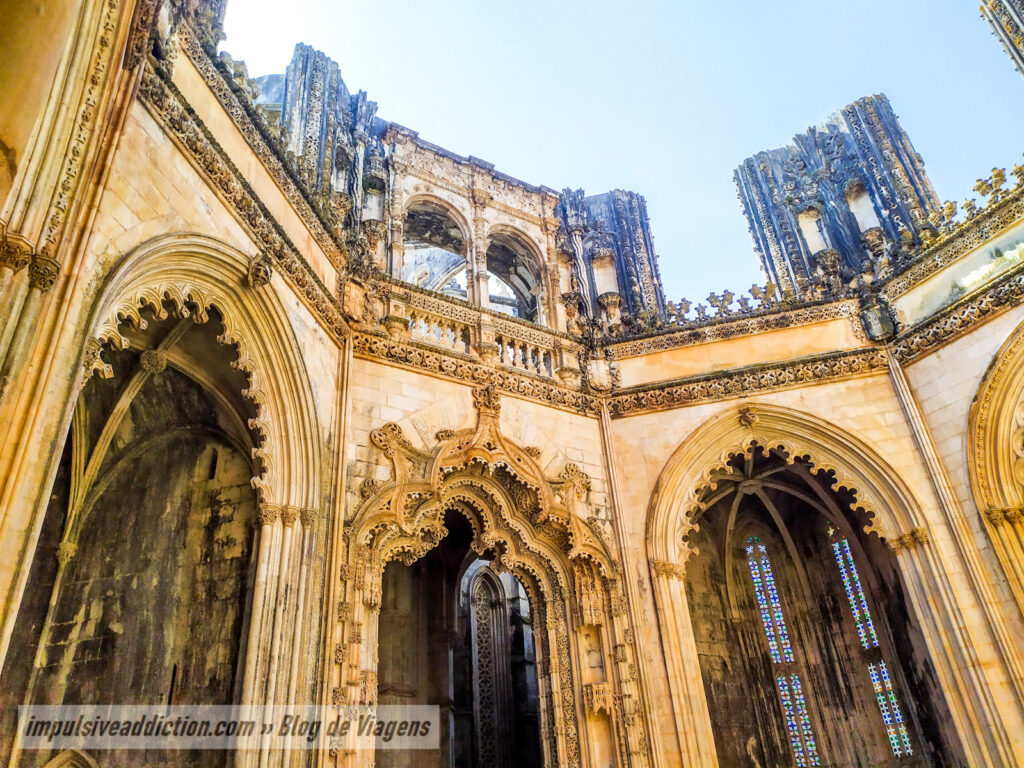
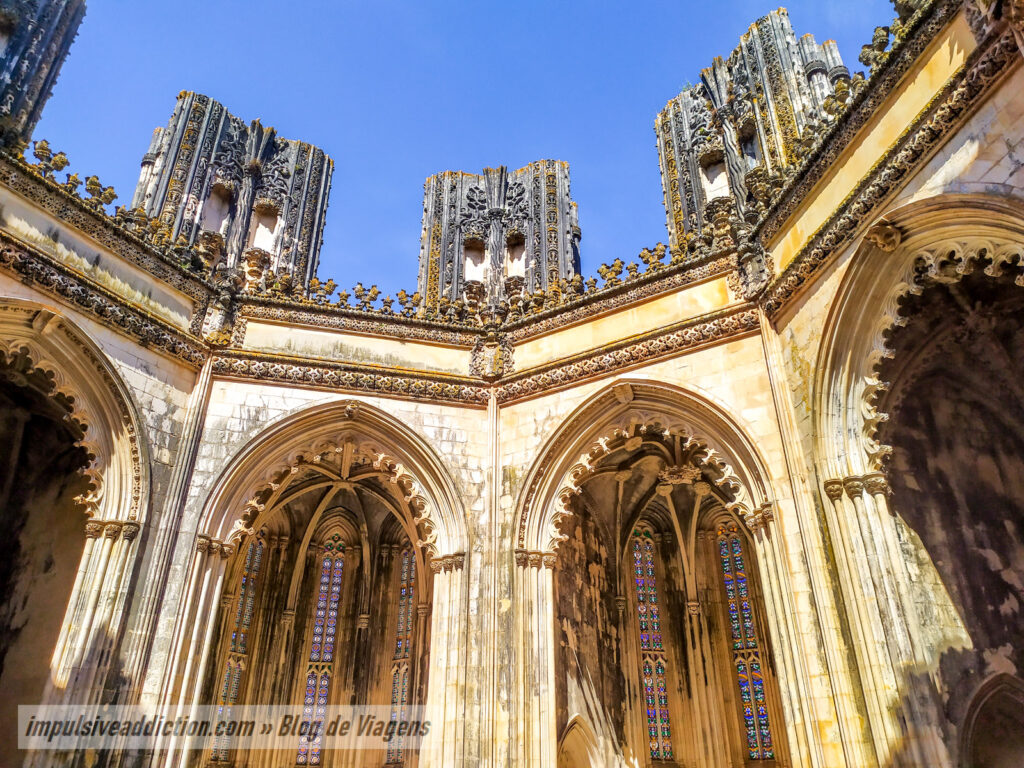
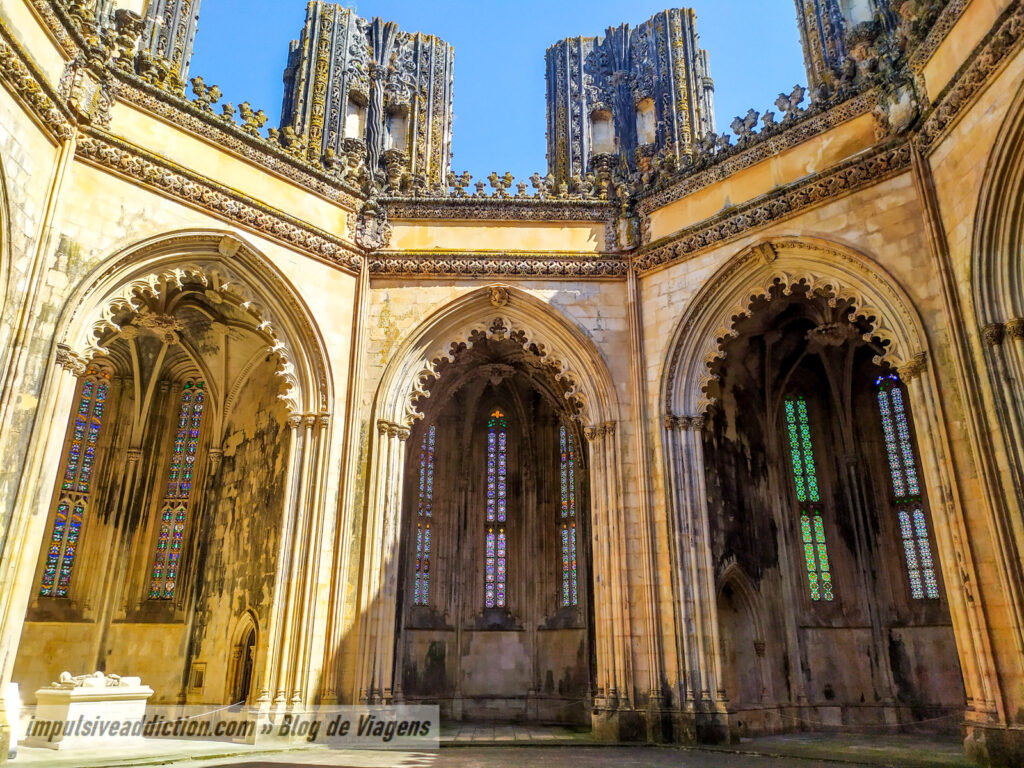
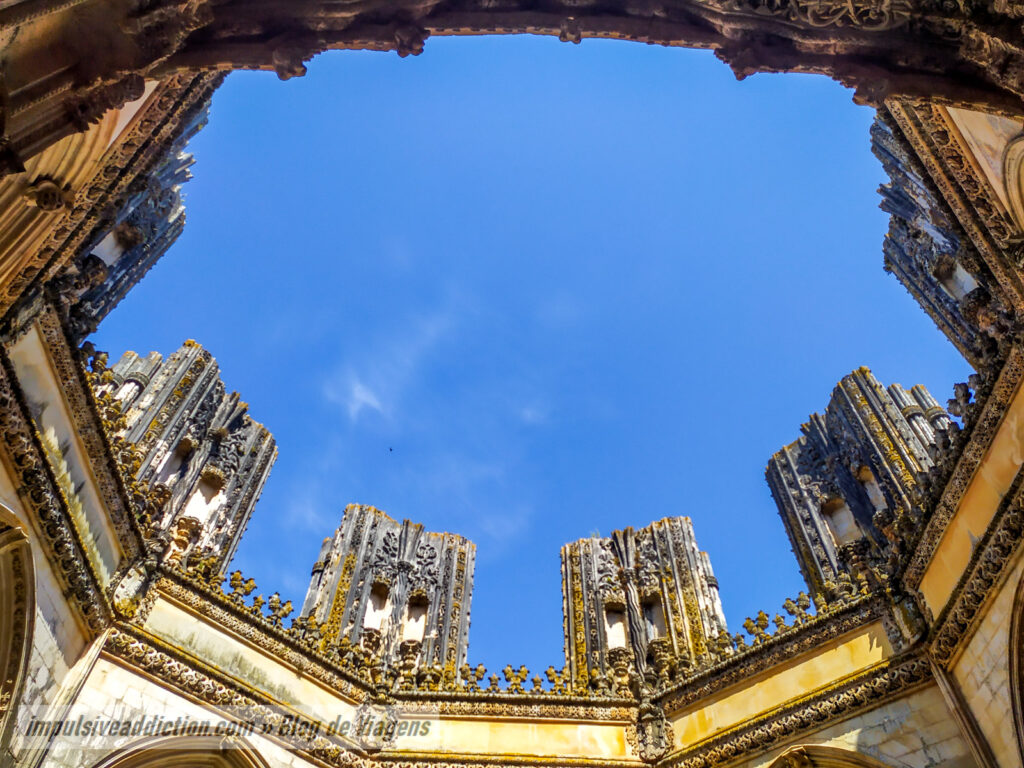
2. Equestrian statue of the Constable D. Nuno Álvares Pereira
In the main square of the Monastery of Batalha, it’s impossible to ignore the huge equestrian statue of D. Nuno Álvares Pereira, hero and strategist of the Battle of Aljubarrota. It dates from the 20th century and was completed in 1968. The Constable was canonized by Pope Benedict XVI in 2009.
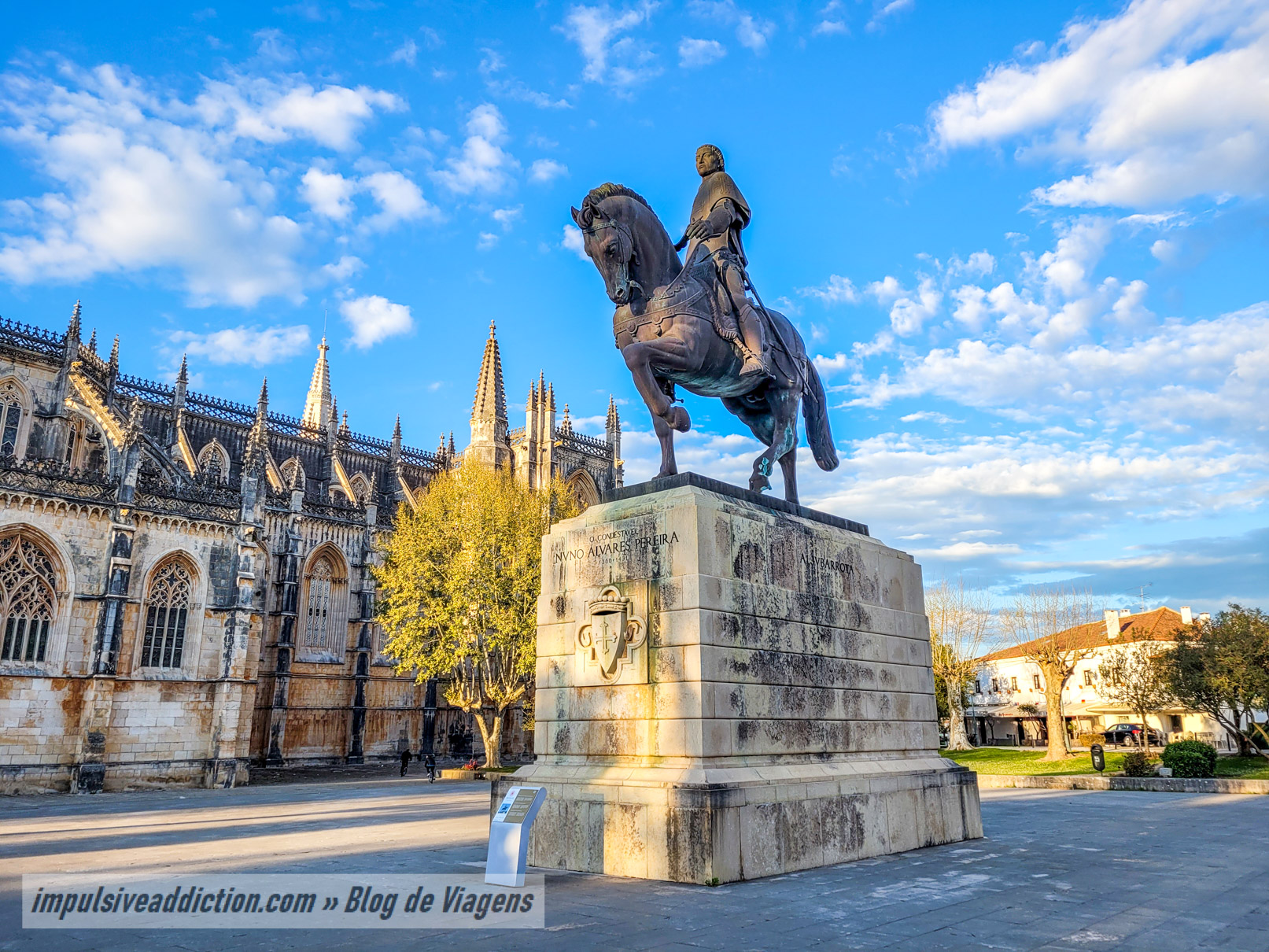
3. Letters “Batalha”
Go around the Monastery of Batalha to the Letters “Batalha”, for a typical photo with the monastery in the background. And I can’t help but draw your attention to the various squares around the Monastery, and even the gardens:
- Vitória Square
- Square D. João I
- The Garden of the Constable
- Mouzinho Albuquerque Square
- And Square Infante D. Henrique
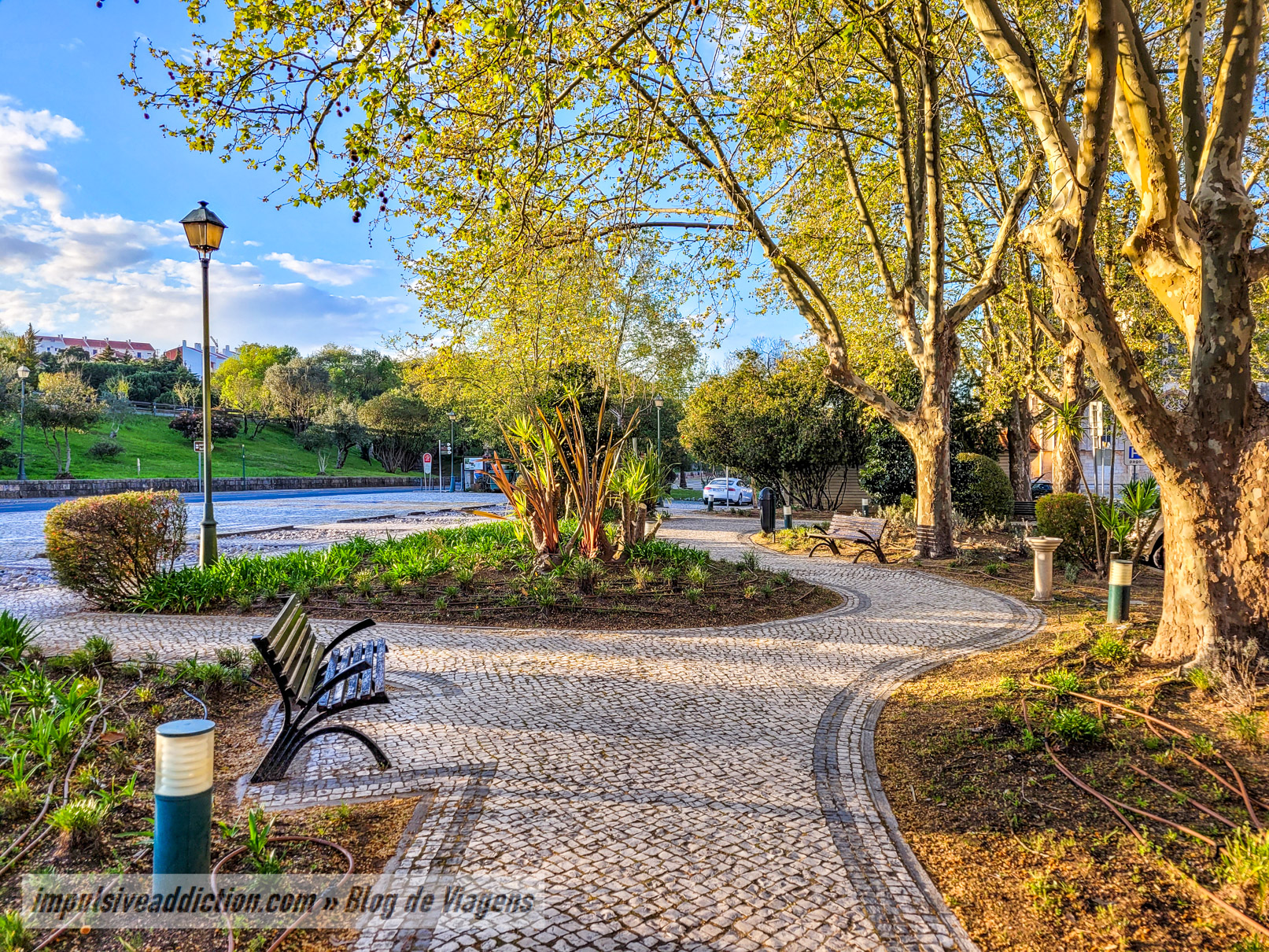
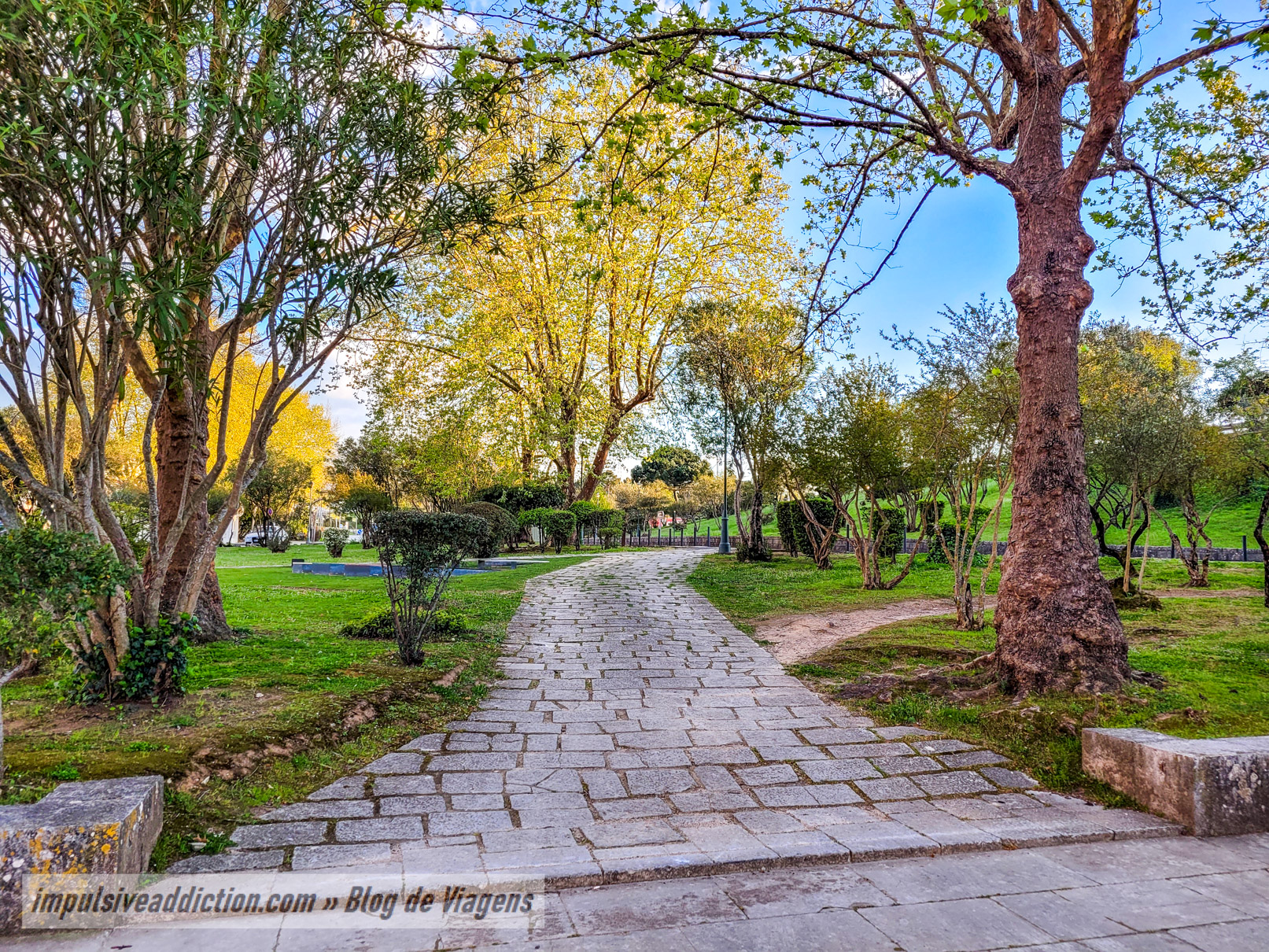
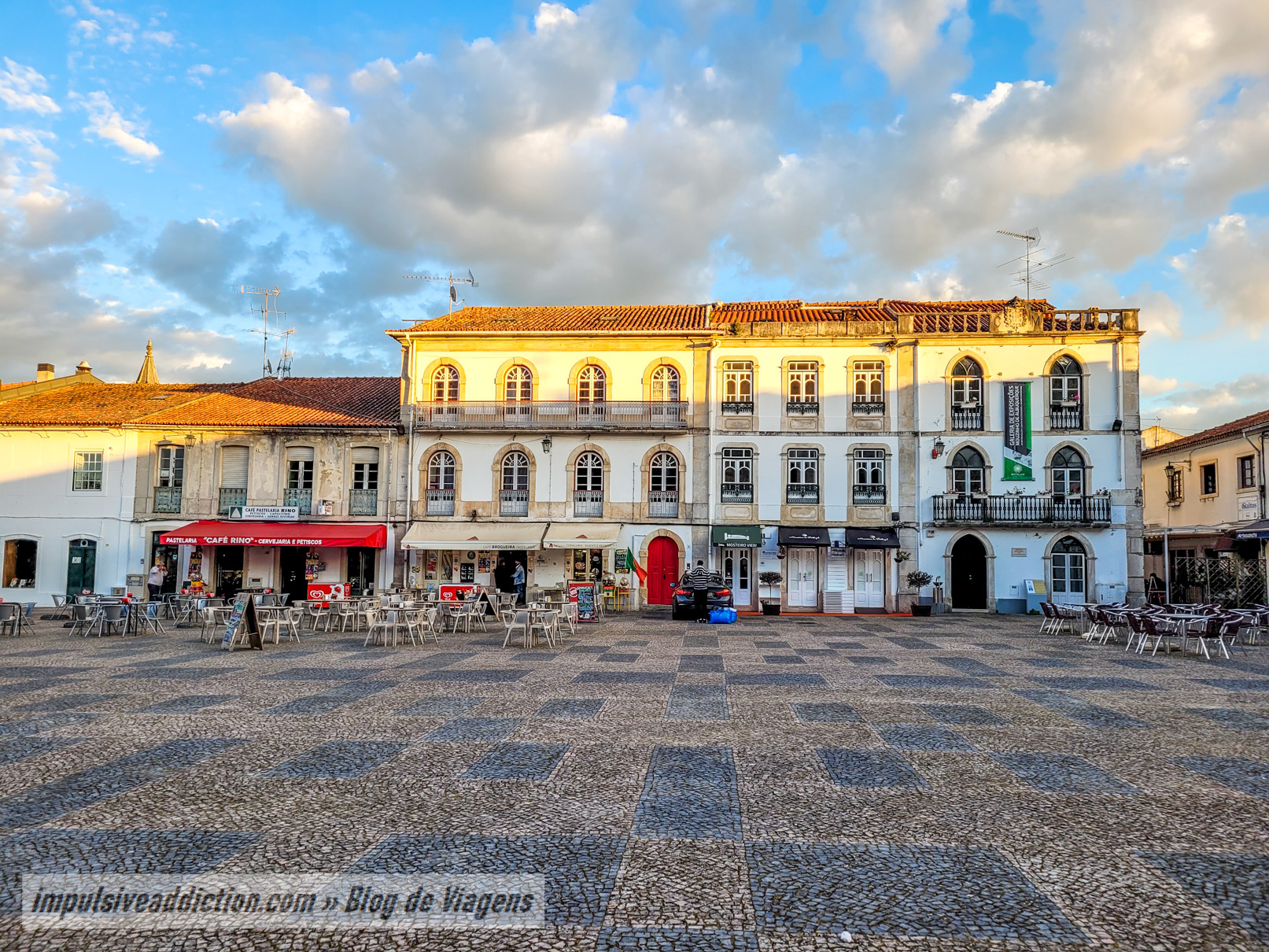
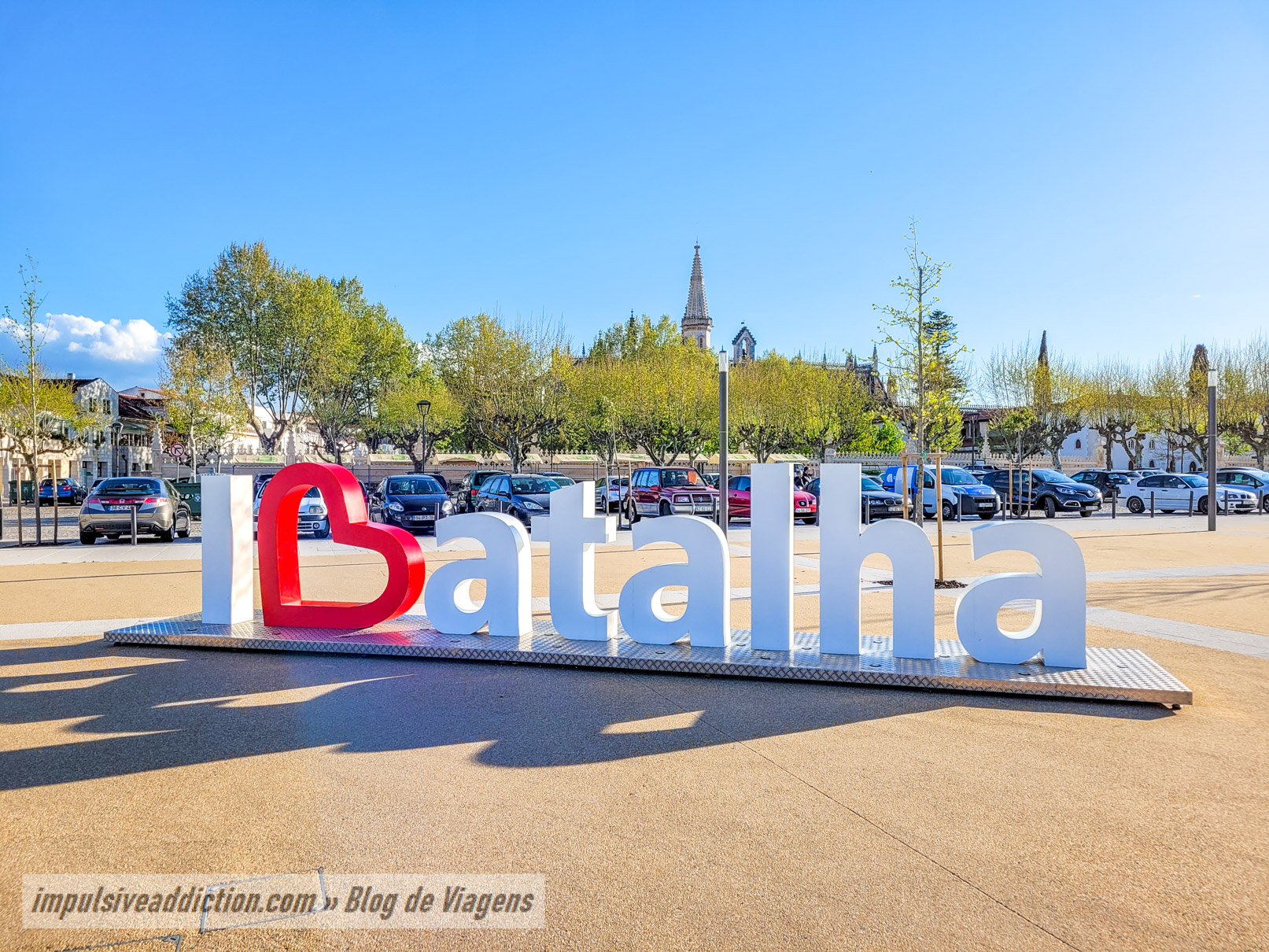
4. Chapel of Nossa Senhora do Caminho
The Chapel of Nossa Senhora do Caminho used to be attached to the conventual fence of the Monastery of Batalha, which no longer exists today. If you examine the chapel carefully, you’ll still see traces of the walls of that fence.
It is believed that the chapel dates back to the 17th century, when it was built in dedication to Our Lady of Consolation. It is said that it was erected because a particular image of Our Lady insisted on disappearing from the original site to the place where the chapel stands today.
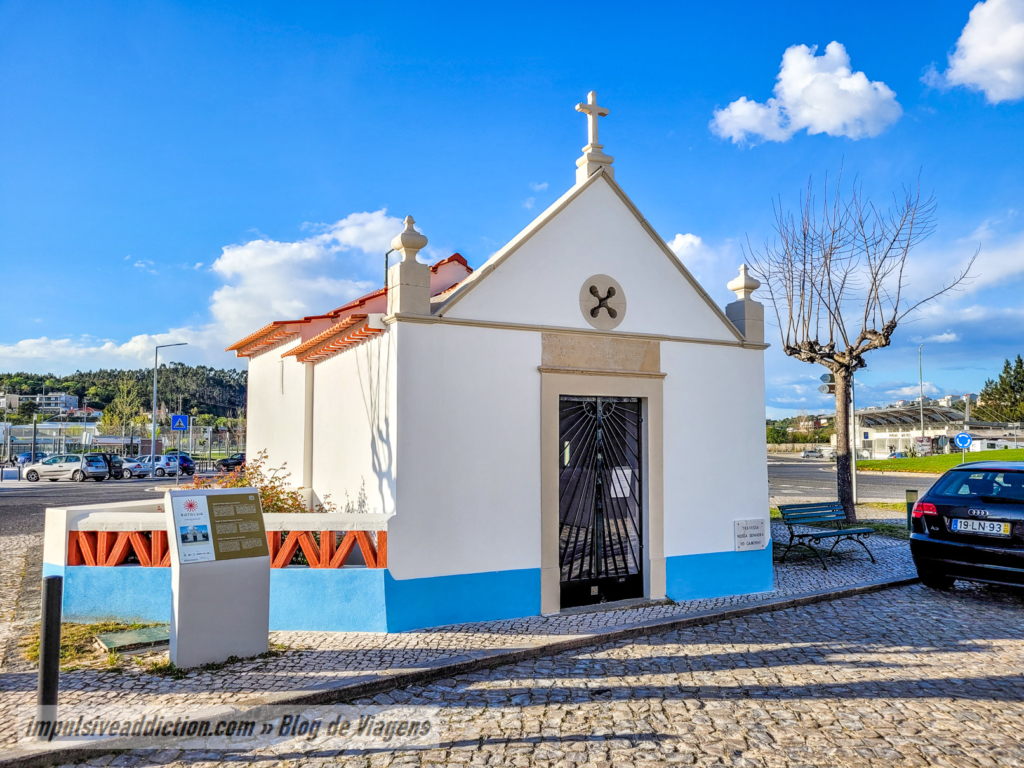
5. Gardens close to river Lena
The most beautiful gardens in the town of Batalha are next to River Lena, which a few kilometers further on flows into River Lis in Leiria. On one side of the river you have the Garden of Lena and on the other the Infantes Garden. Be sure to take a stroll there, crossing the bridges over the river.
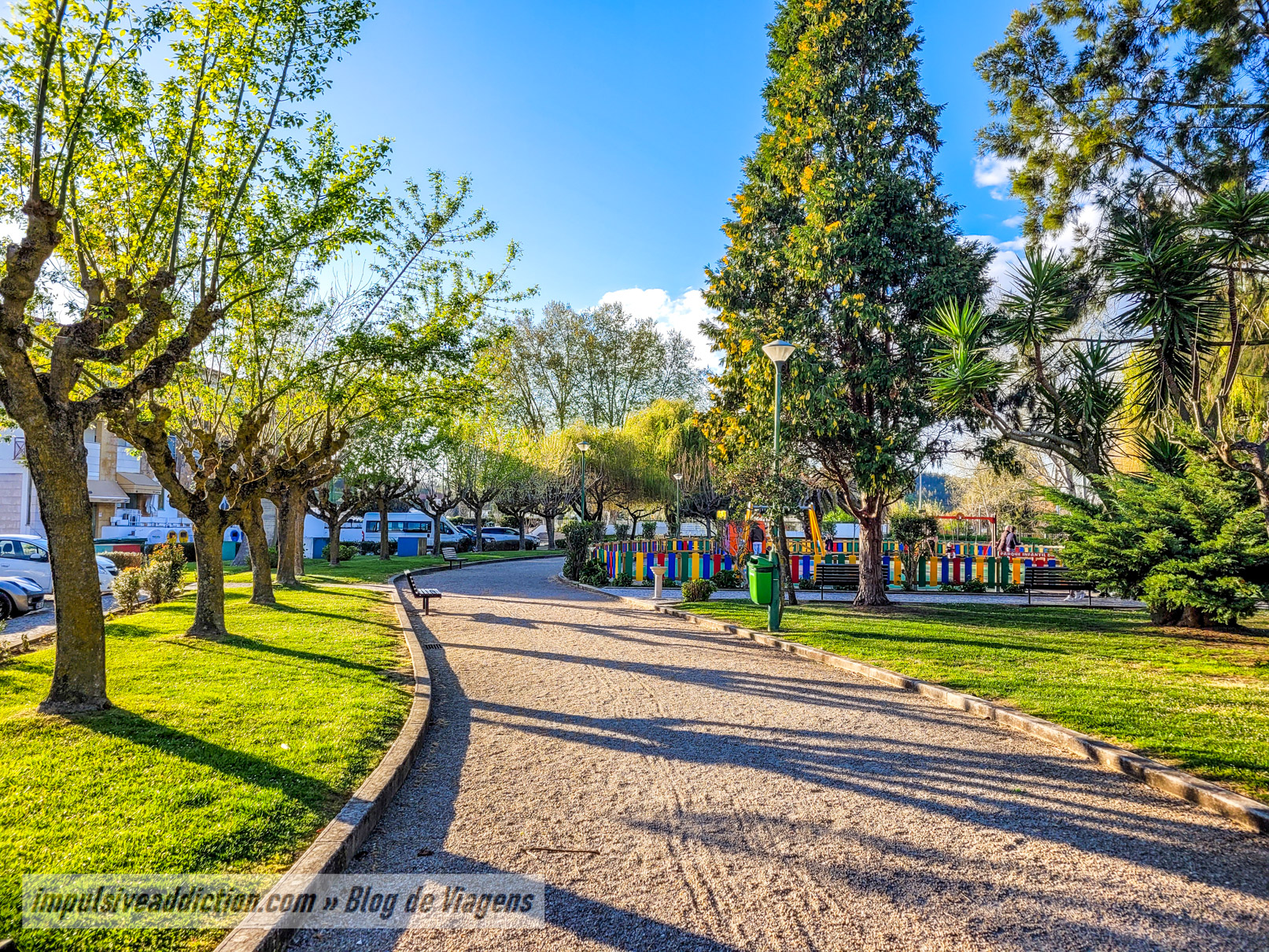
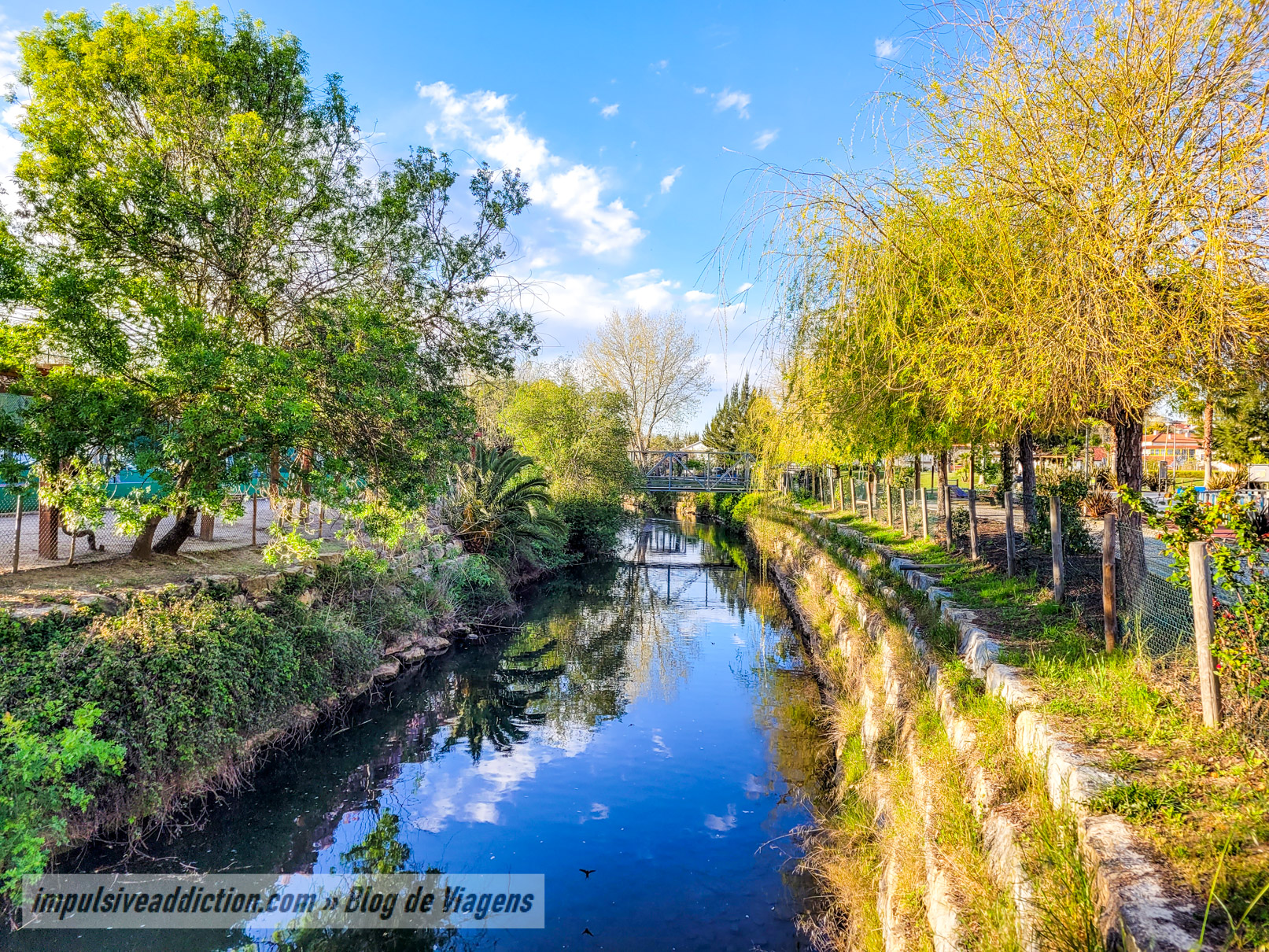
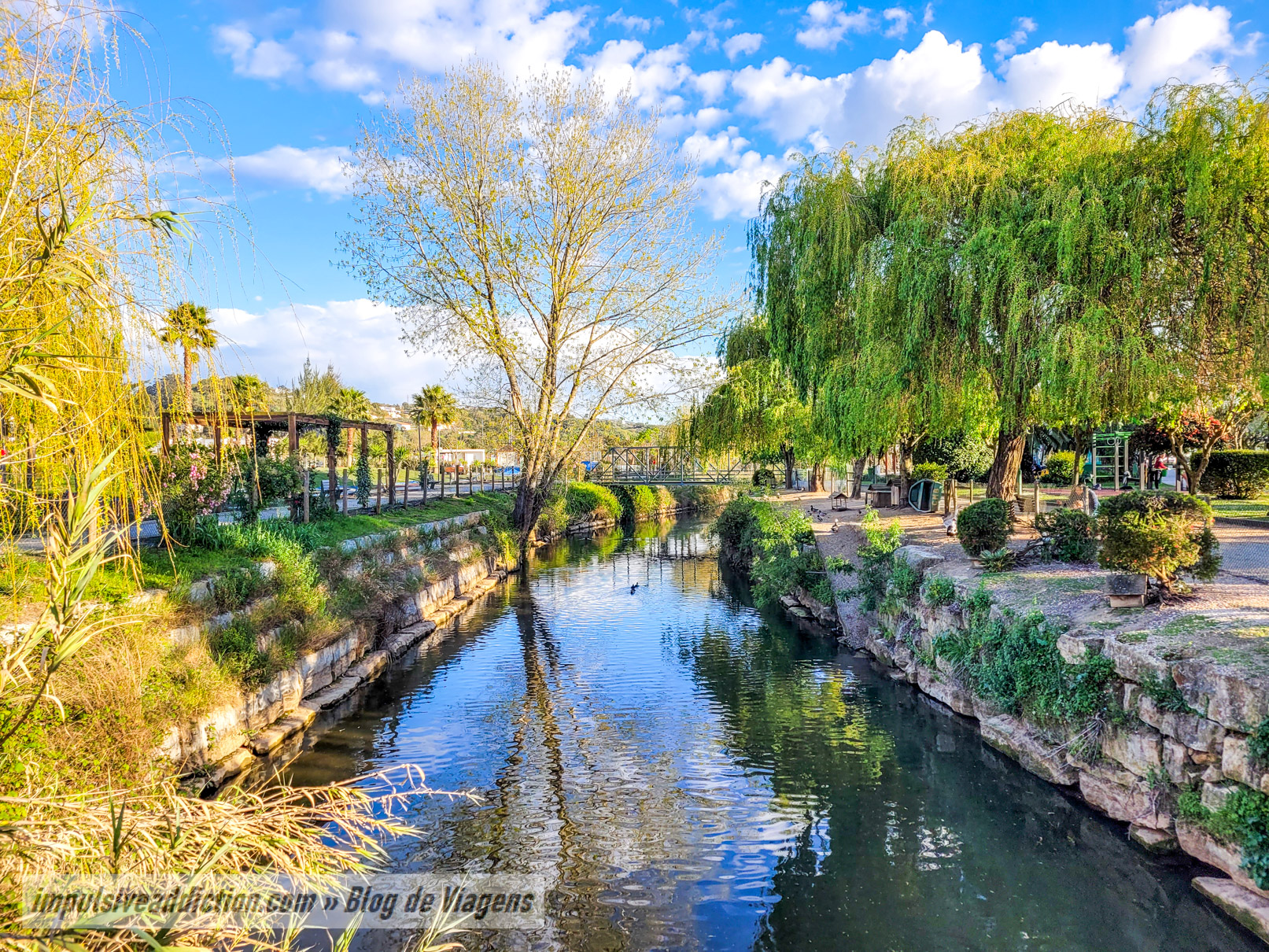
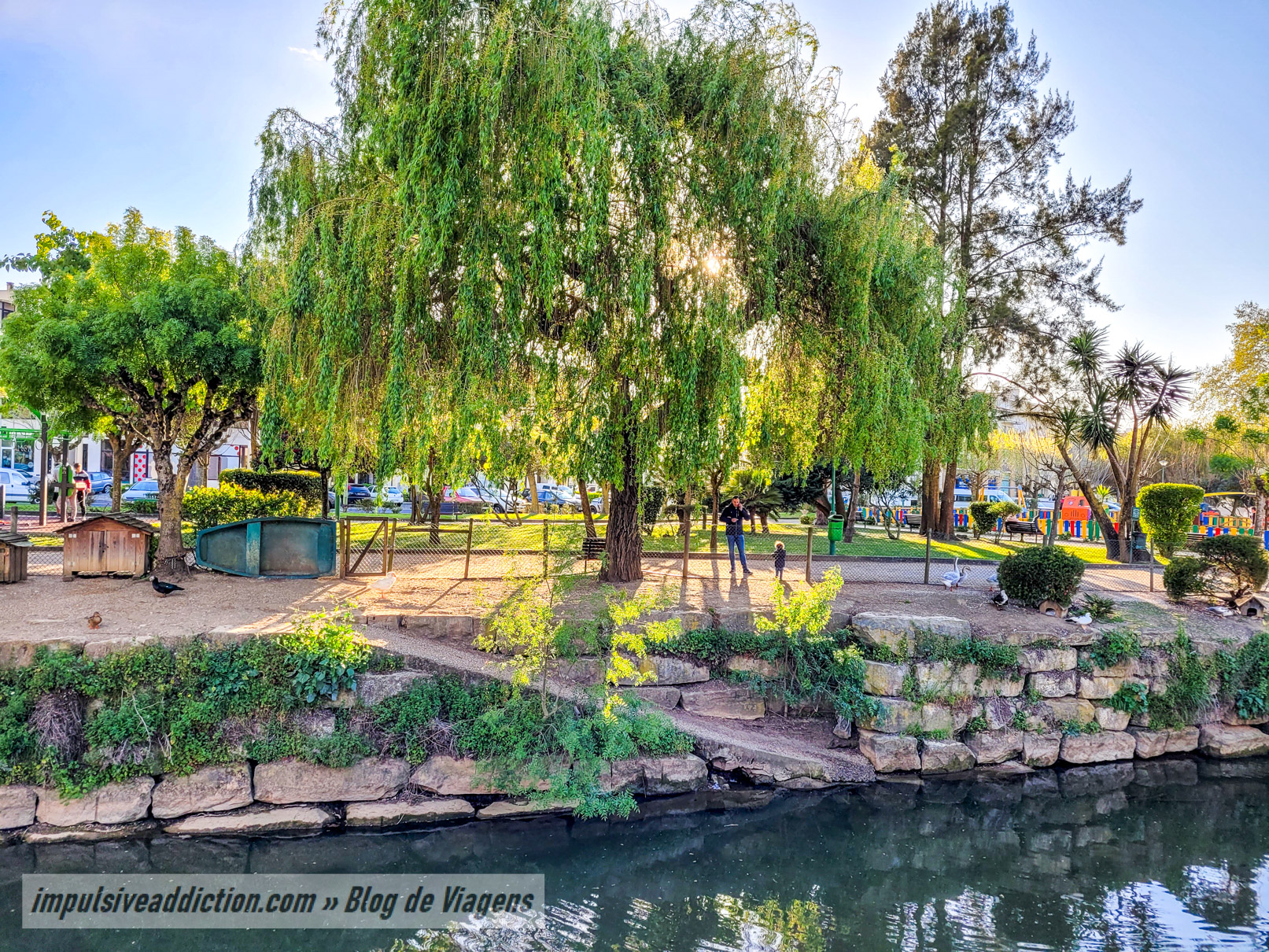
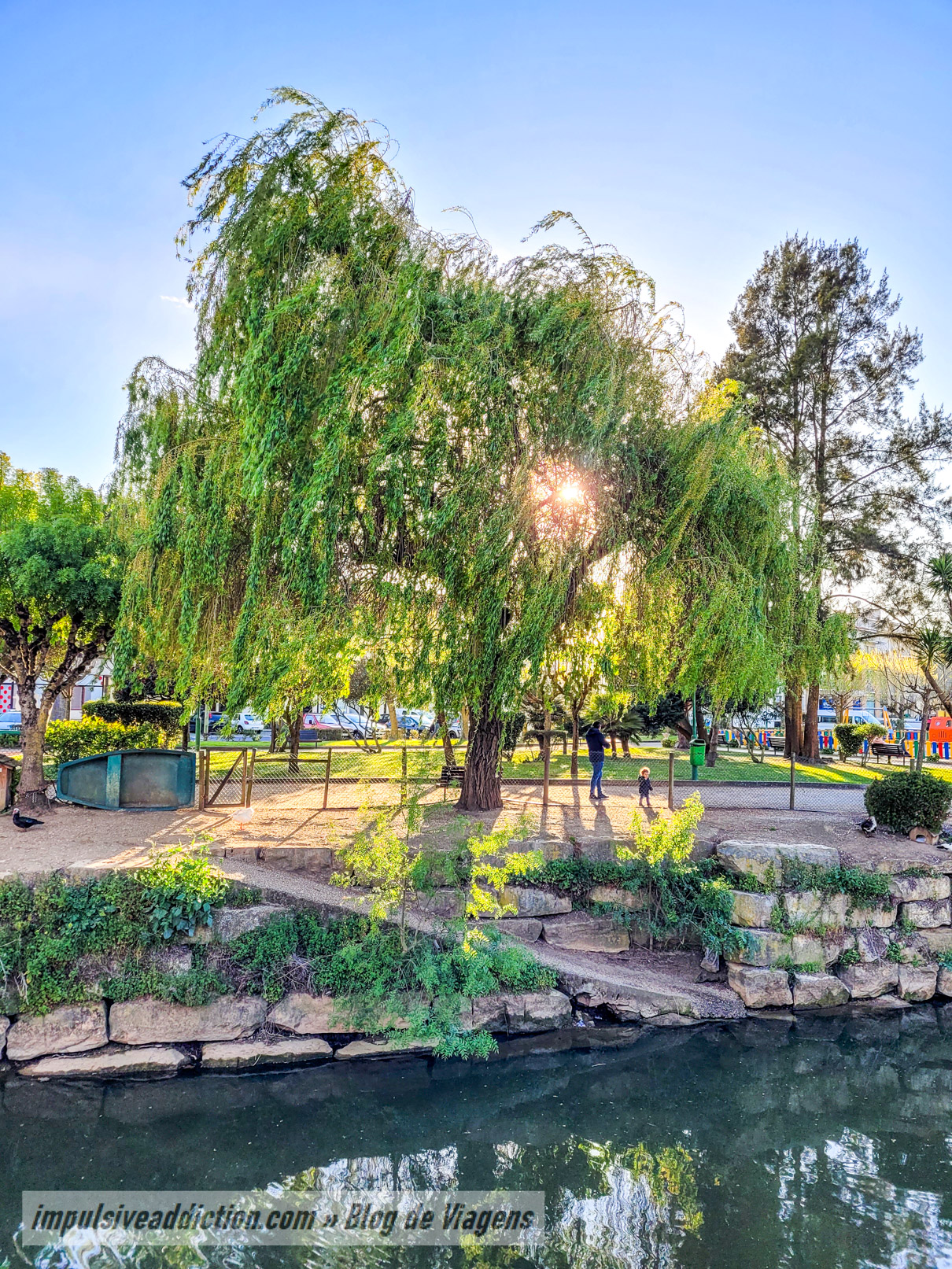
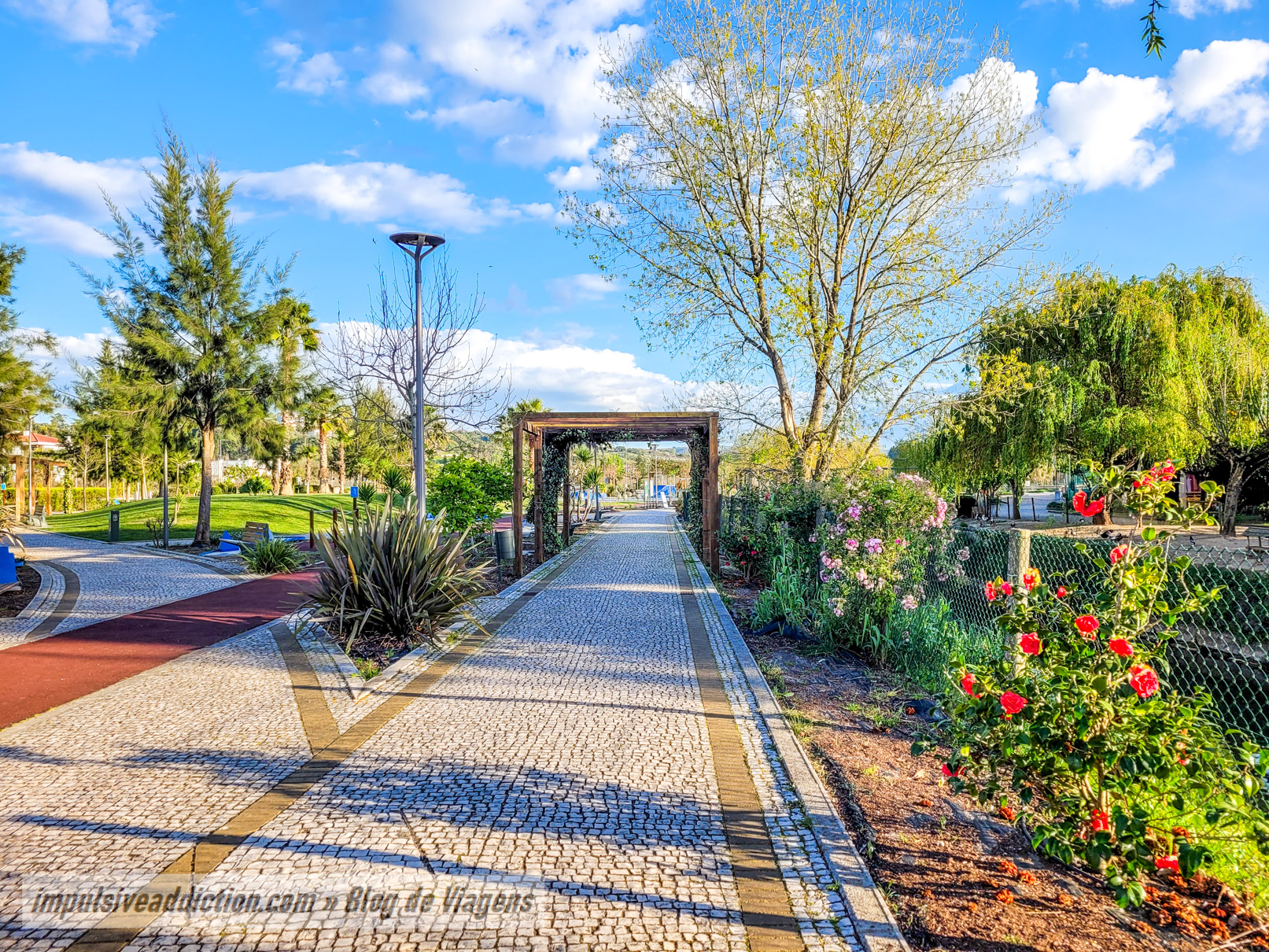
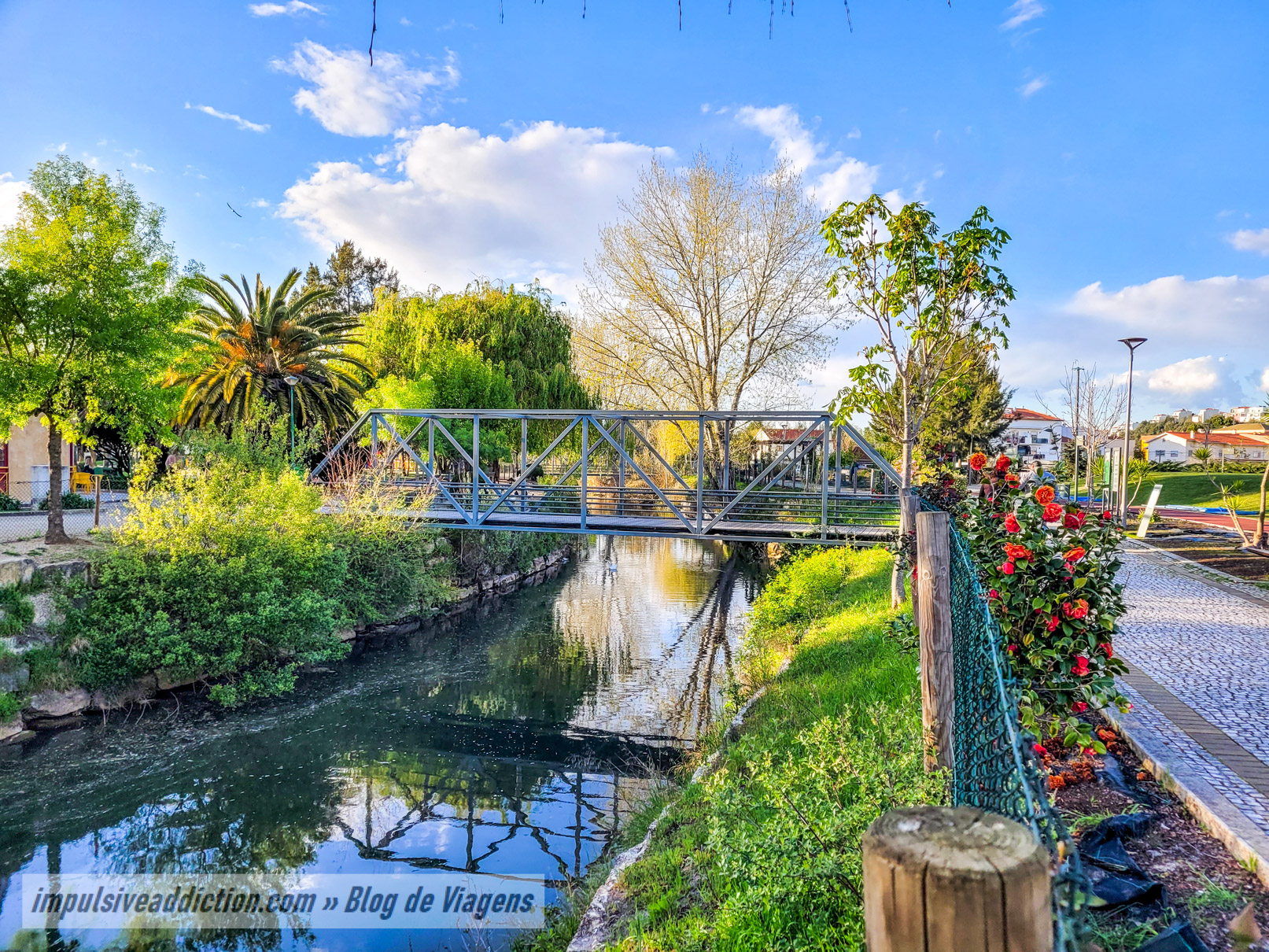
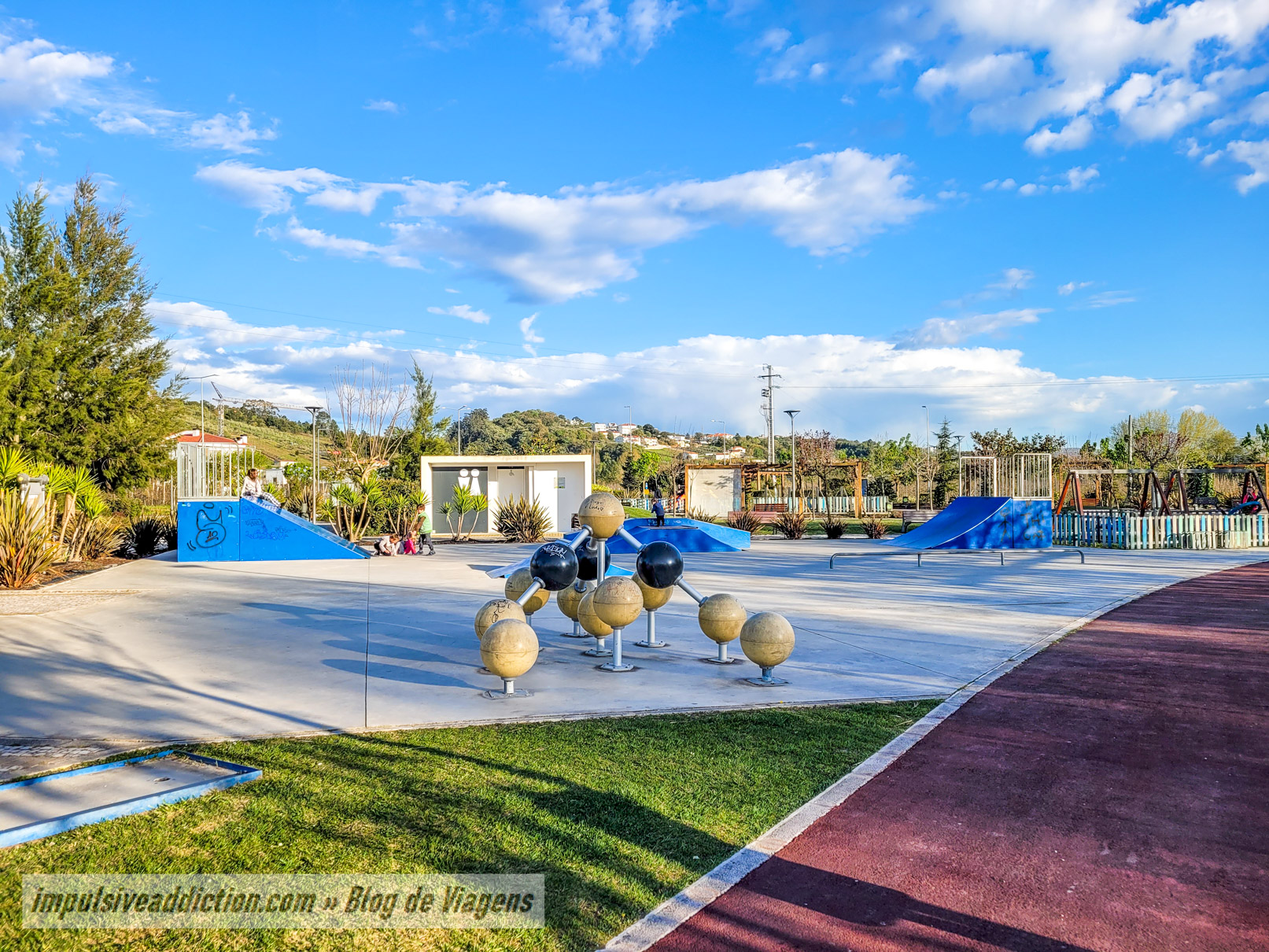
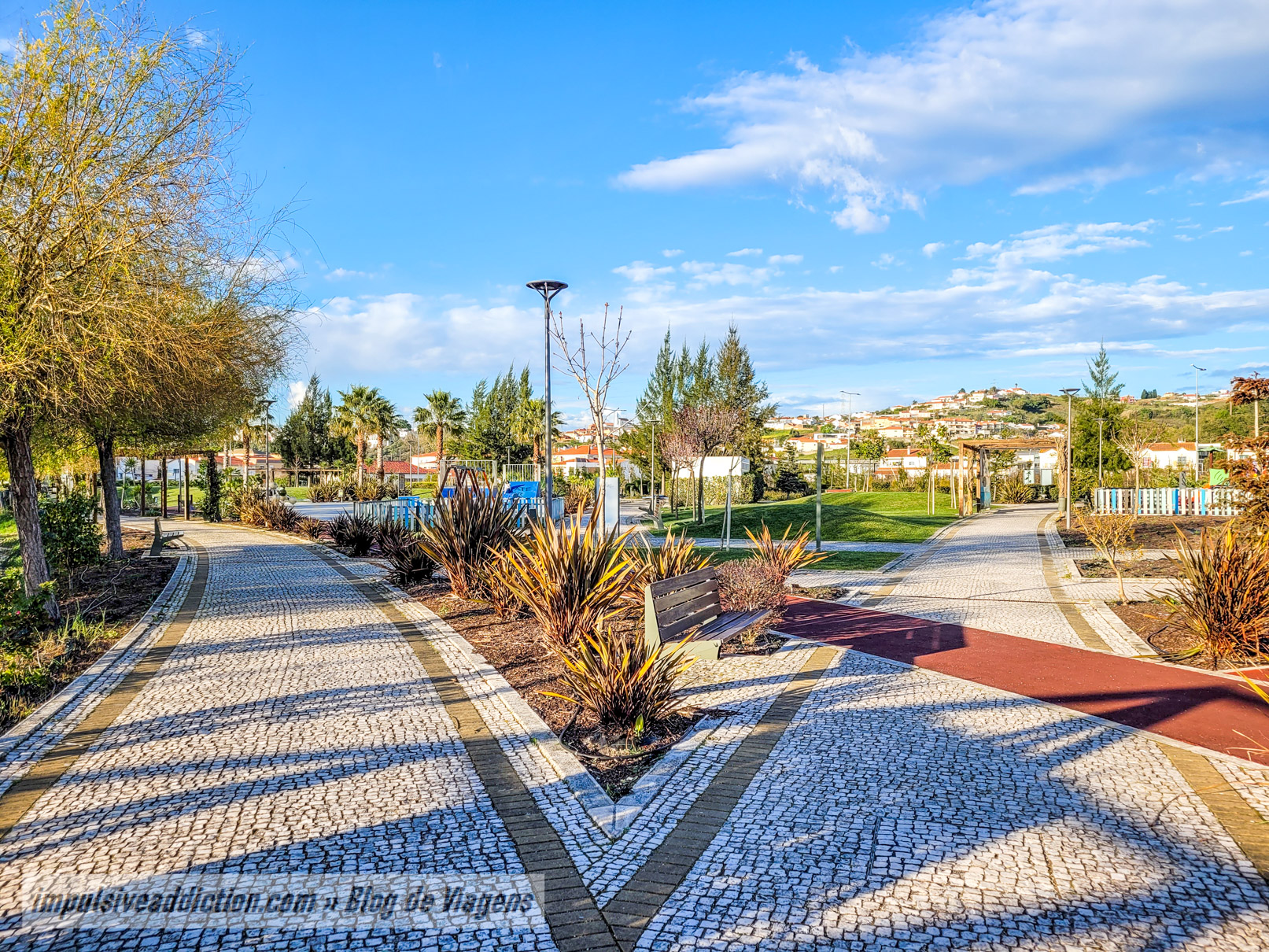
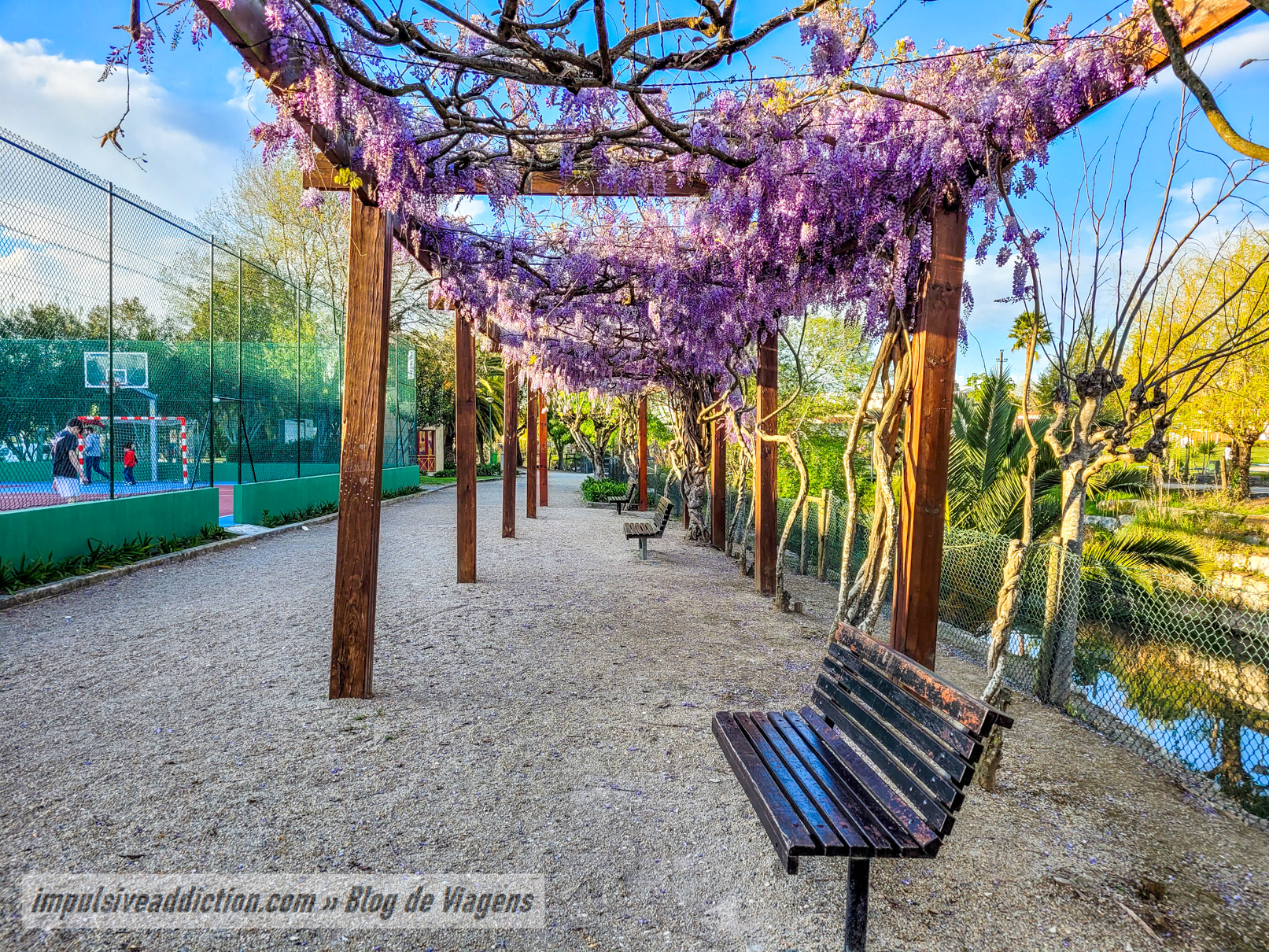
6. Pillory of Batalha
On your way to the pillory, you will pass Batalha Town Hall and the Auditorium. The Pillory is noteworthy for its elegant features and is a reminder of the charter granted to the town by King Manuel in 1500.
The pillory you see today is just a replica of the original, as it was vandalized and destroyed during the 19th century. It was originally located in front of the Imperfect Chapels of Batalha Monastery.
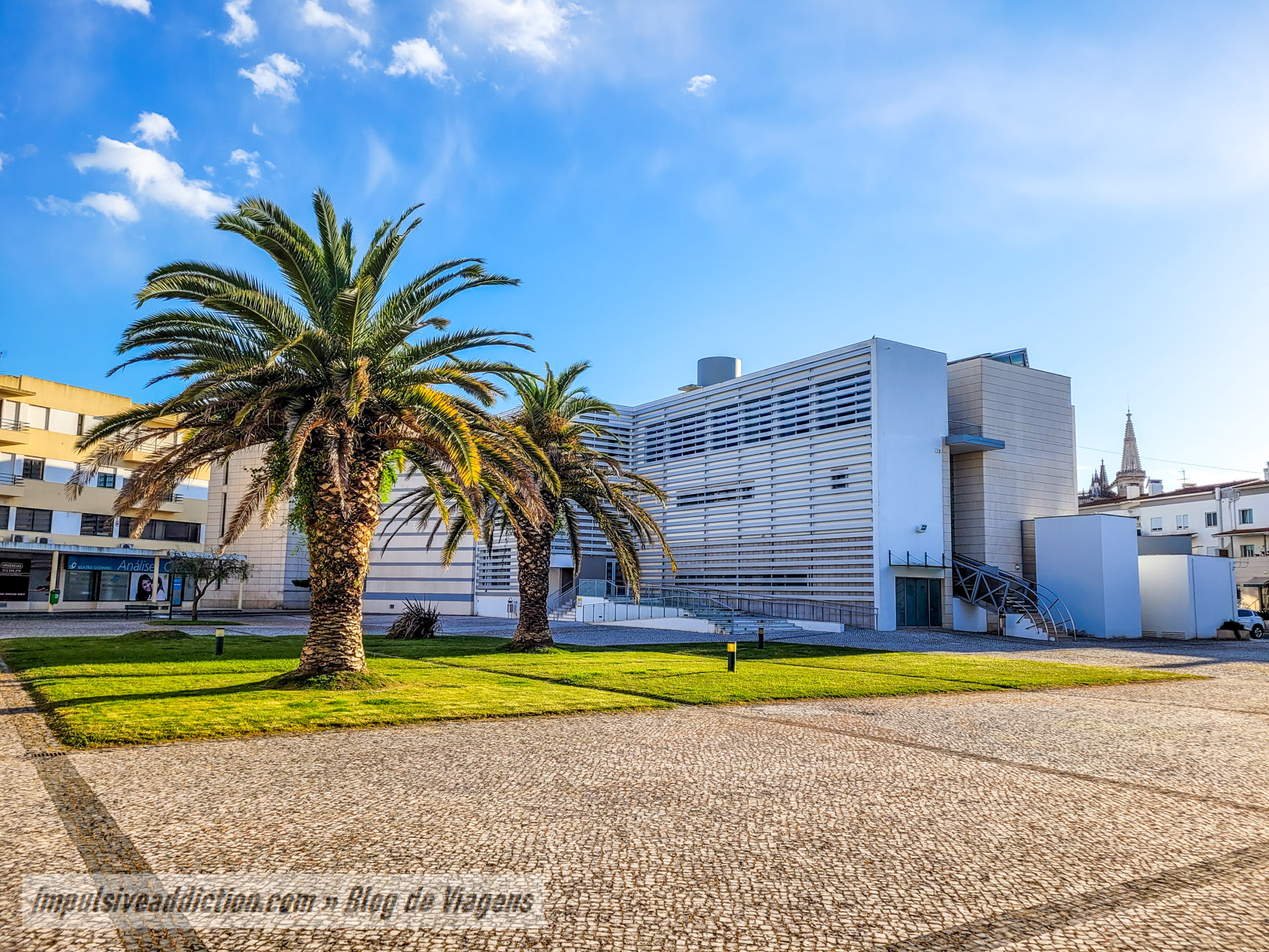
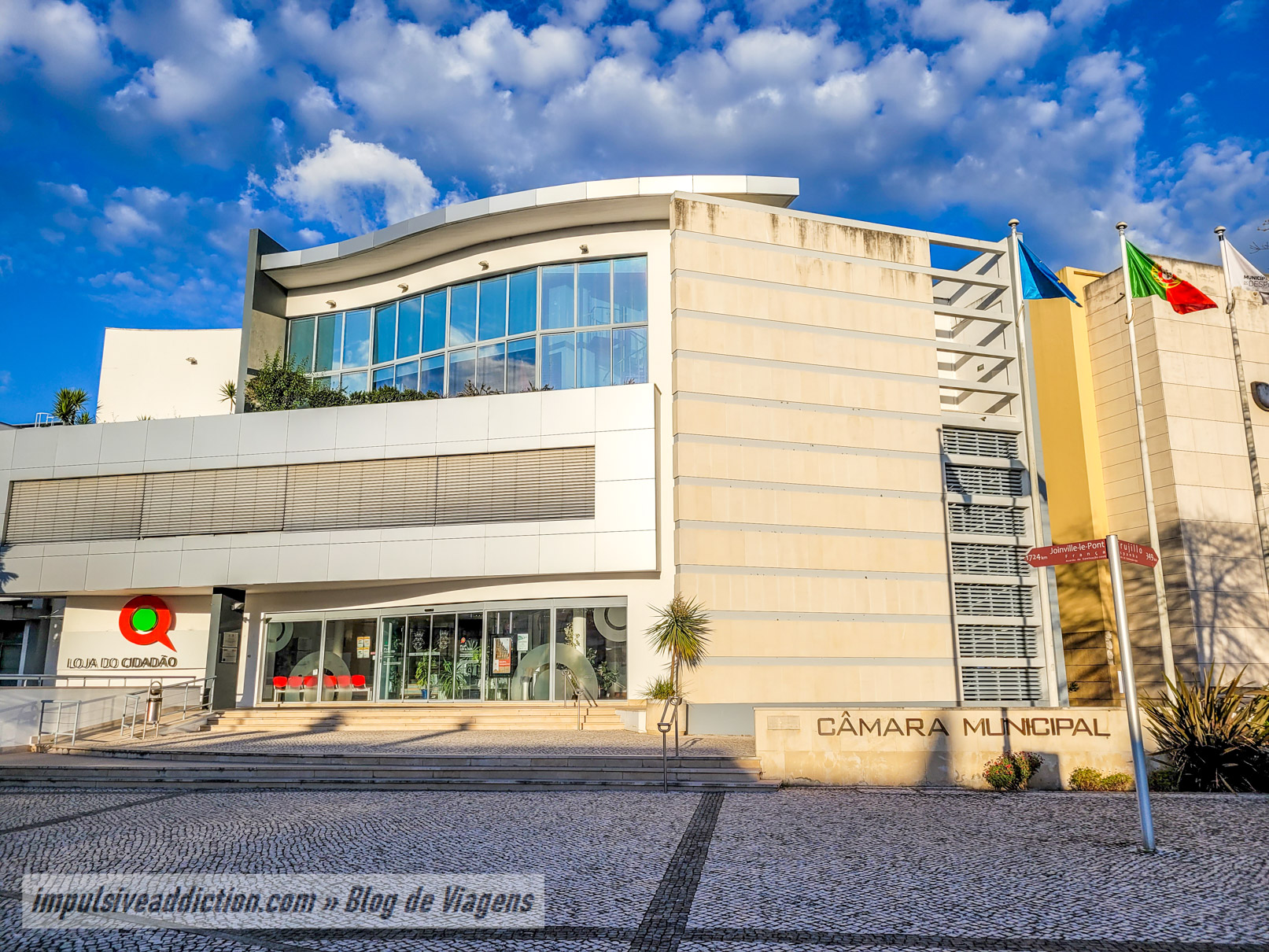
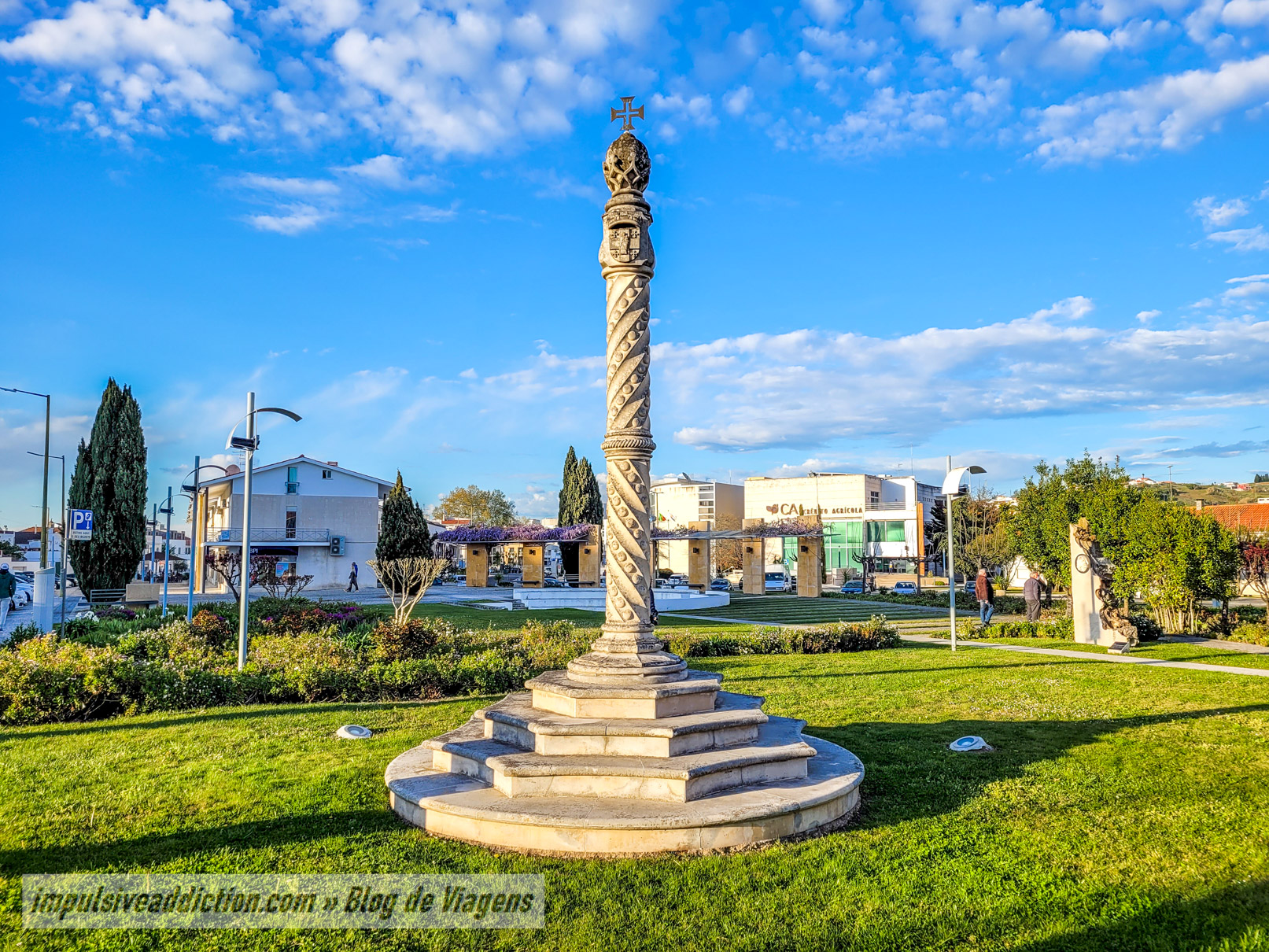
7. Mother Church of Batalha
The Mother Church of Batalha is also known as the Church of the Exaltation of the Holy Cross and was built in the 16th century on the initiative of King Manuel. Its beautiful Manueline portal undoubtedly stands out.
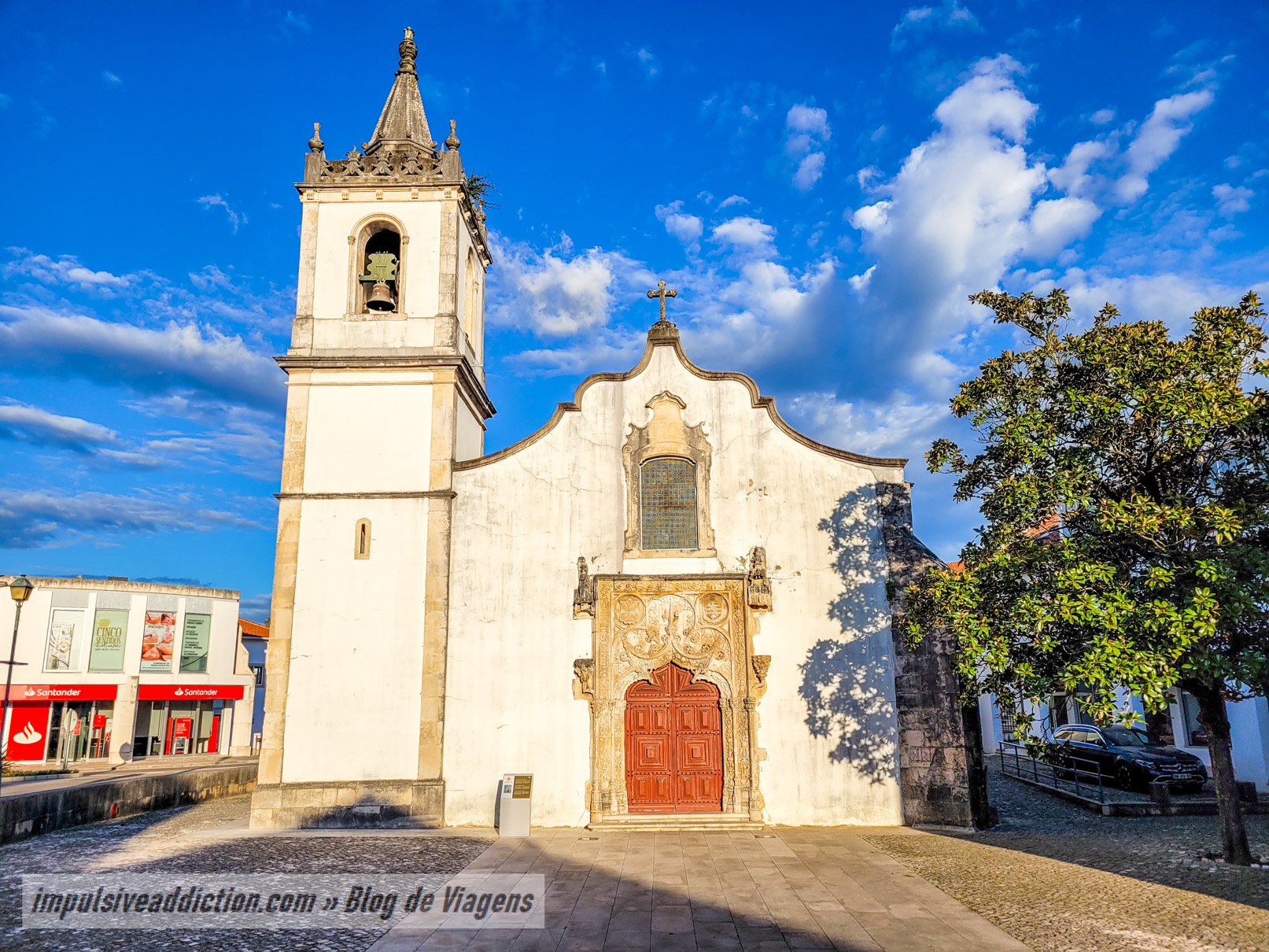
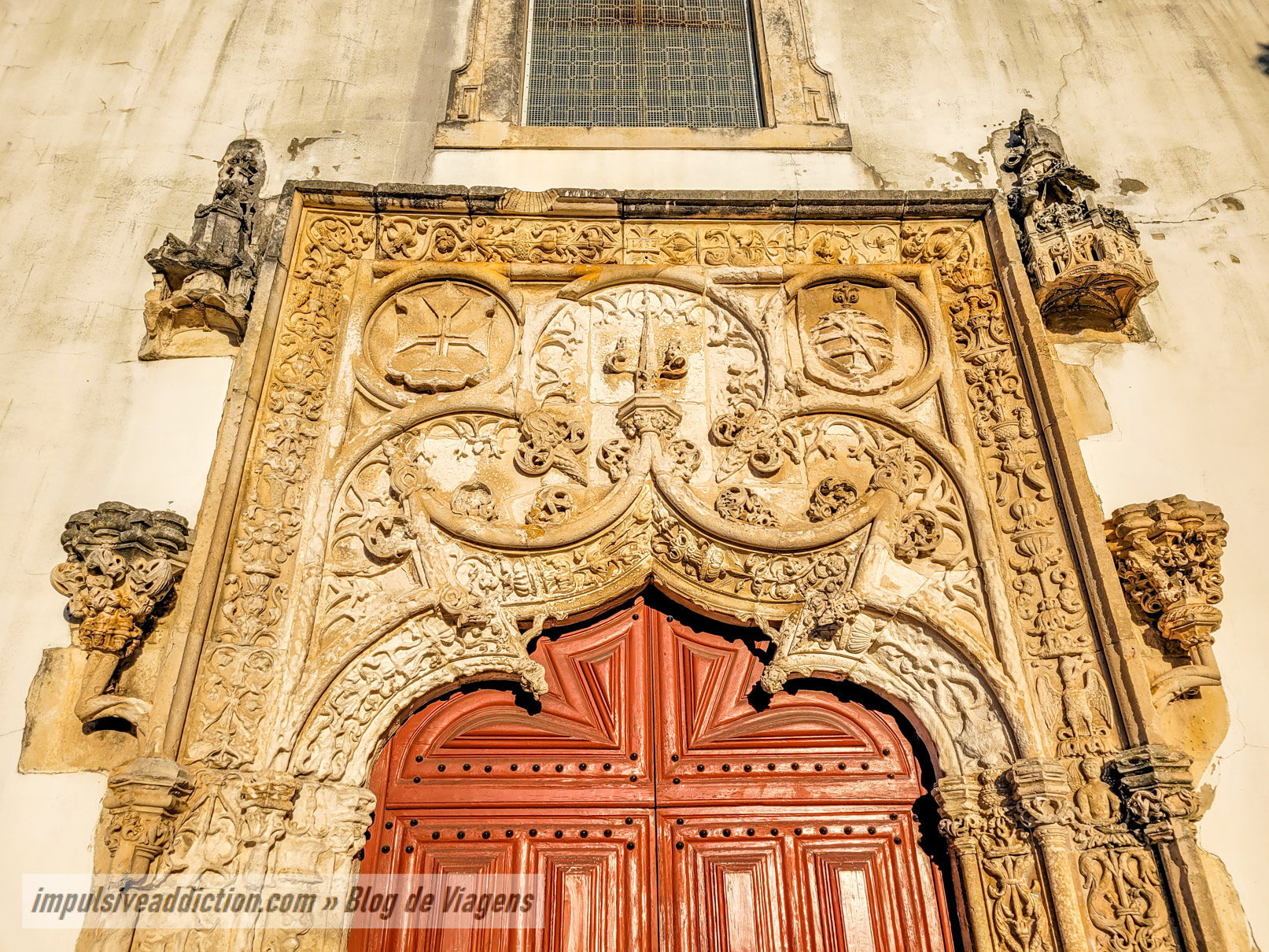
8. Batalha County Community Museum
Batalha Museum has exhibitions related to the region’s past, present and future. Of course, the great past stands out, and in the museum you can learn not only about the Battle of Aljubarrota and the construction phases of the Monastery, but also about what preceded it all, from several million years ago to the Paleolithic and Roman occupation of the Iberian Peninsula. You’ll find an interesting archaeological collection there.
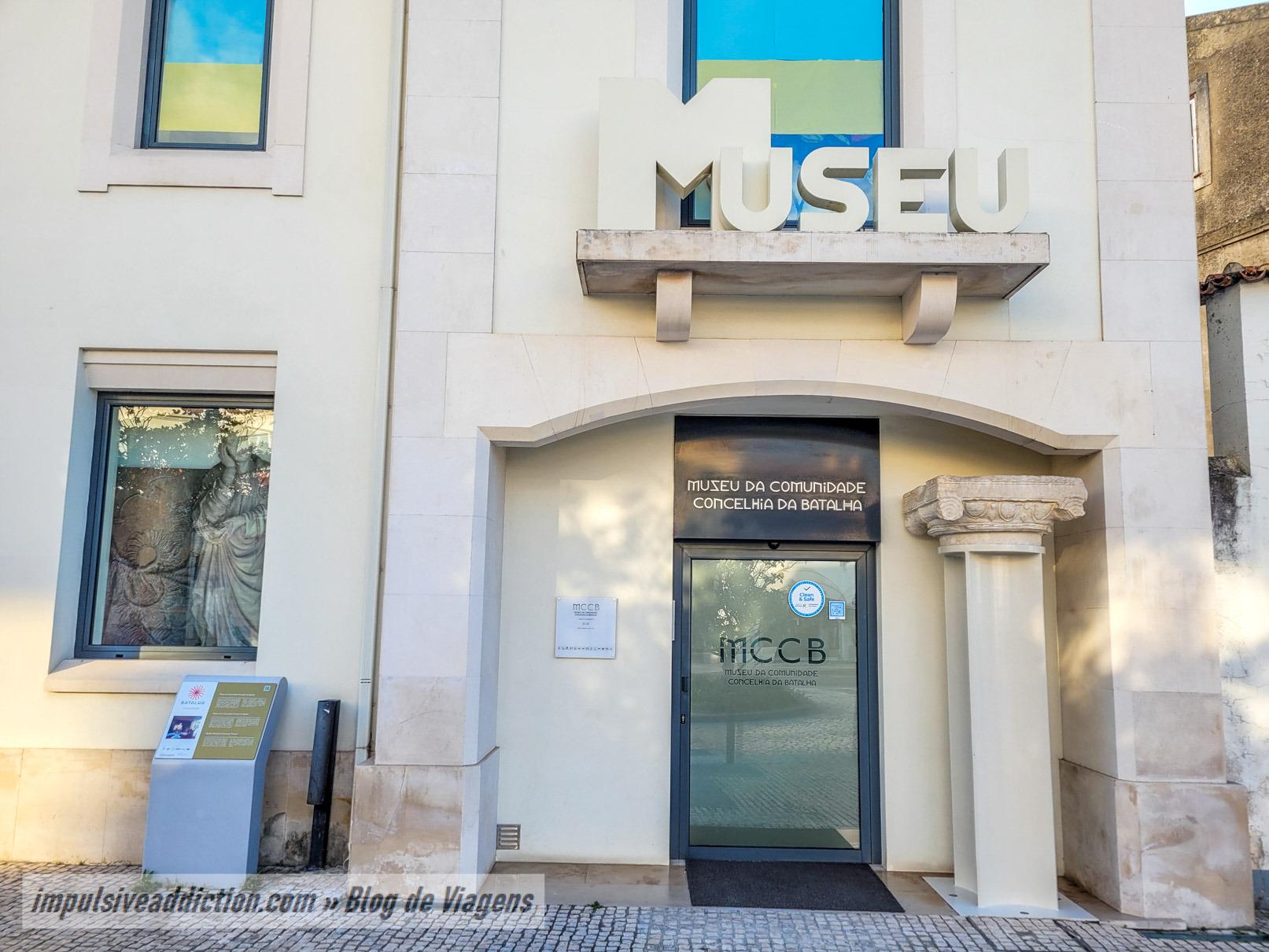
9. Tunnel “Remembering the Battle of Aljubarrota”
Don’t miss the tunnel “Remembering the Battle of Aljubarrota”, where murals depicting the main personalities of the time have been added.
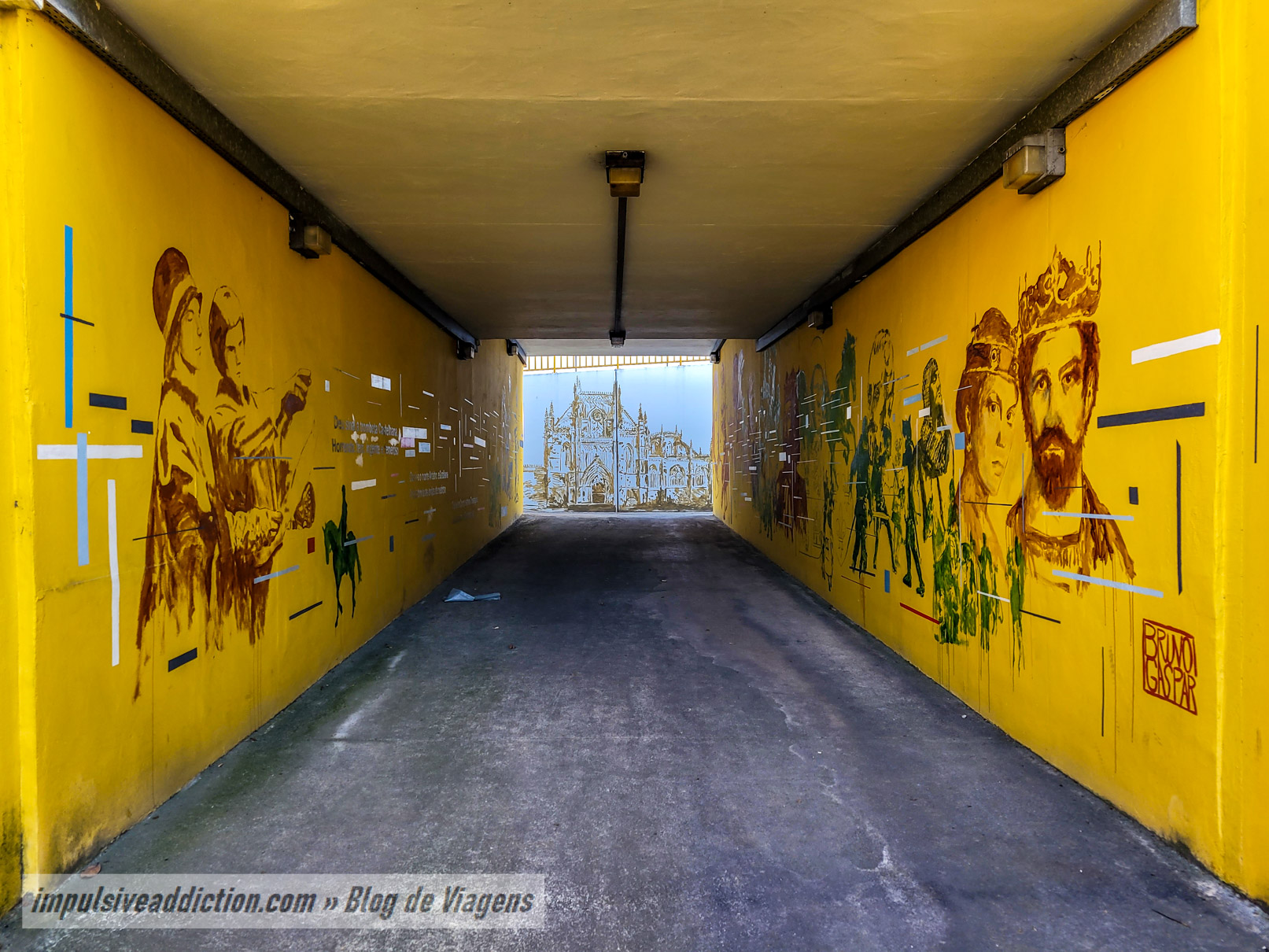
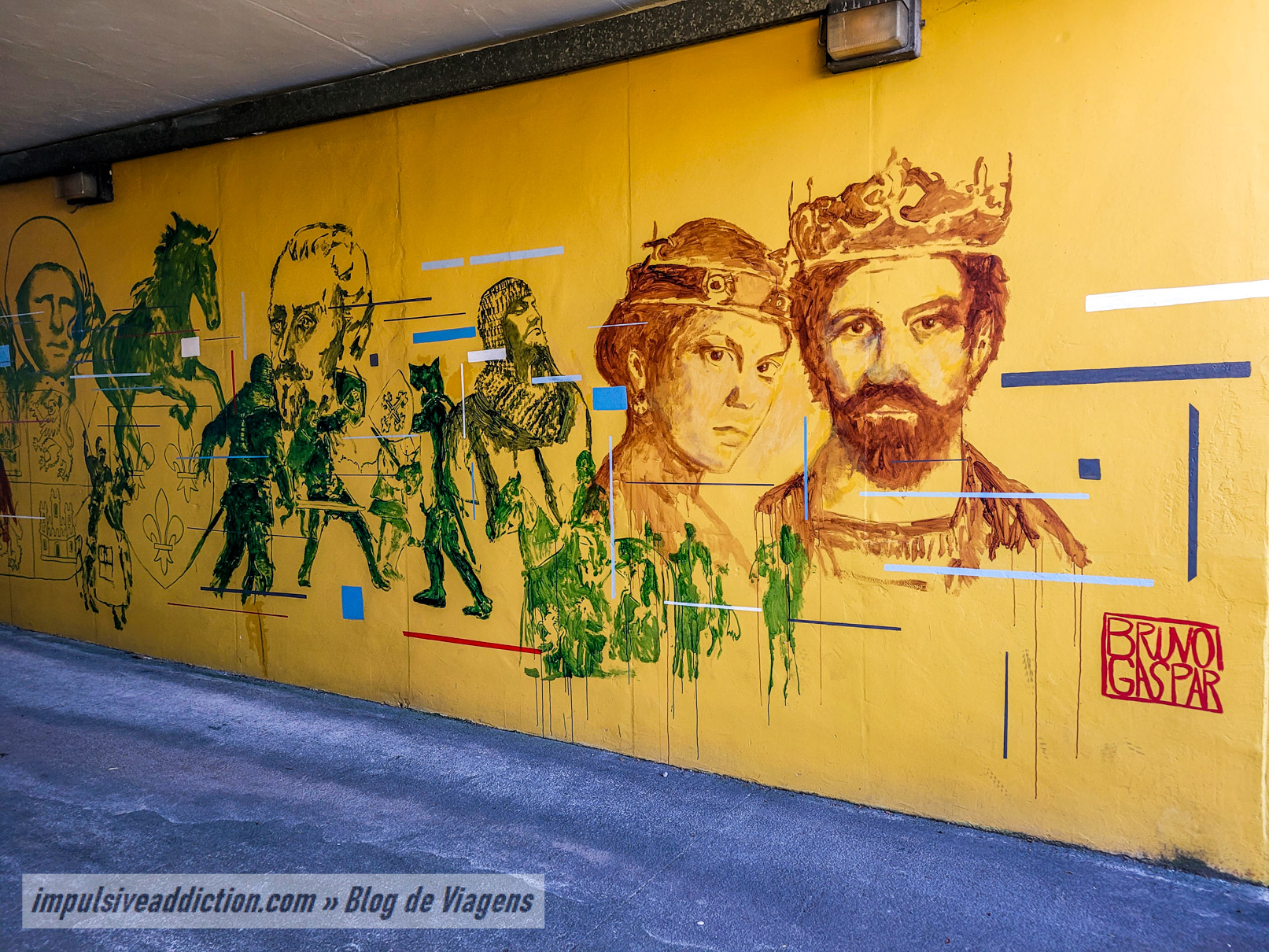
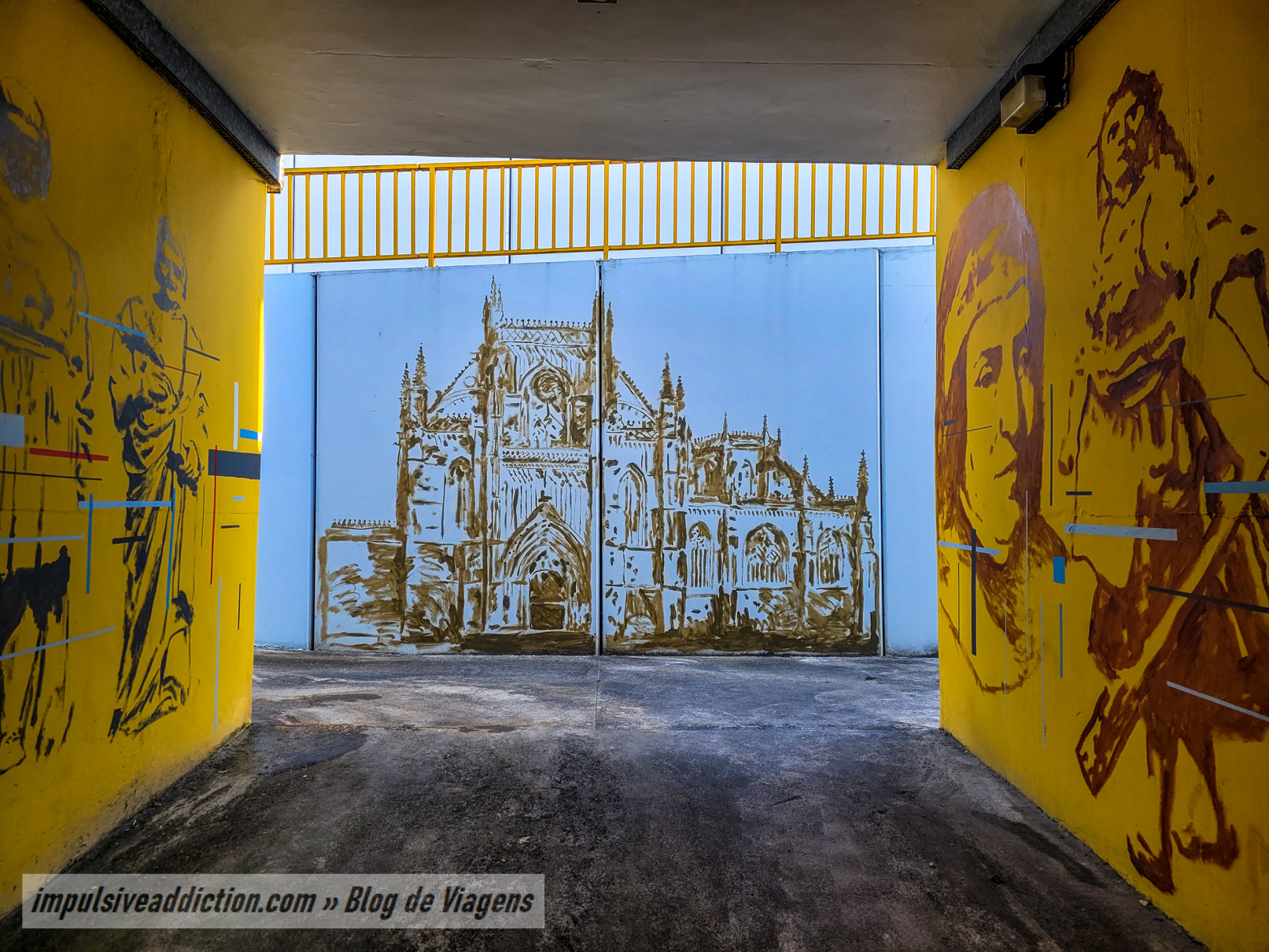
10. Boutaca bridge and Quinta do Fidalgo
On the outskirts of the town, but very close by and even accessible on foot, is the Boutaca bridge. It’s a 19th century viaduct in neo-Gothic style, which is why I’m mentioning it in this article. Nearby is the also beautiful Quinta do Fidalgo.
11. Interpretation Center of the Battle of Aljubarrota
Finally, I would like to highlight the Interpretation Center of the Battle of Aljubarrota, which is also located on the outskirts of the historic center, in the exact place where the battle once took place.
- You’ll have access to informative exhibitions about the Battle of Aljubarrota and the events that led to it.
- You’ll have access to aerial comparisons of the region’s past and present.
- You’ll be able to watch an awesome 30-minute movie about the battle, featuring well-known portuguese TV actors.
- And you’ll also have the chance to walk around the Battlefield itself, knowing where the armies were positioned.
Optionally, don’t miss the Interpretation Center of the 1st Position of the Battle of Aljubarrota, located where D. Nuno Álvares Pereira initially waited for the Castilian army, before moving on to the real battlefield.
The Battle of Aljubarrota took place in August 1385, with Portugal emerging victorious against Castile, despite being outnumbered. It was a real battle for Portugal’s independence, through which King João I managed to keep his throne. I won’t give you any more details, as I really recommend that you visit the center and watch the film that explains all the politics and strategy surrounding the battle very clearly.
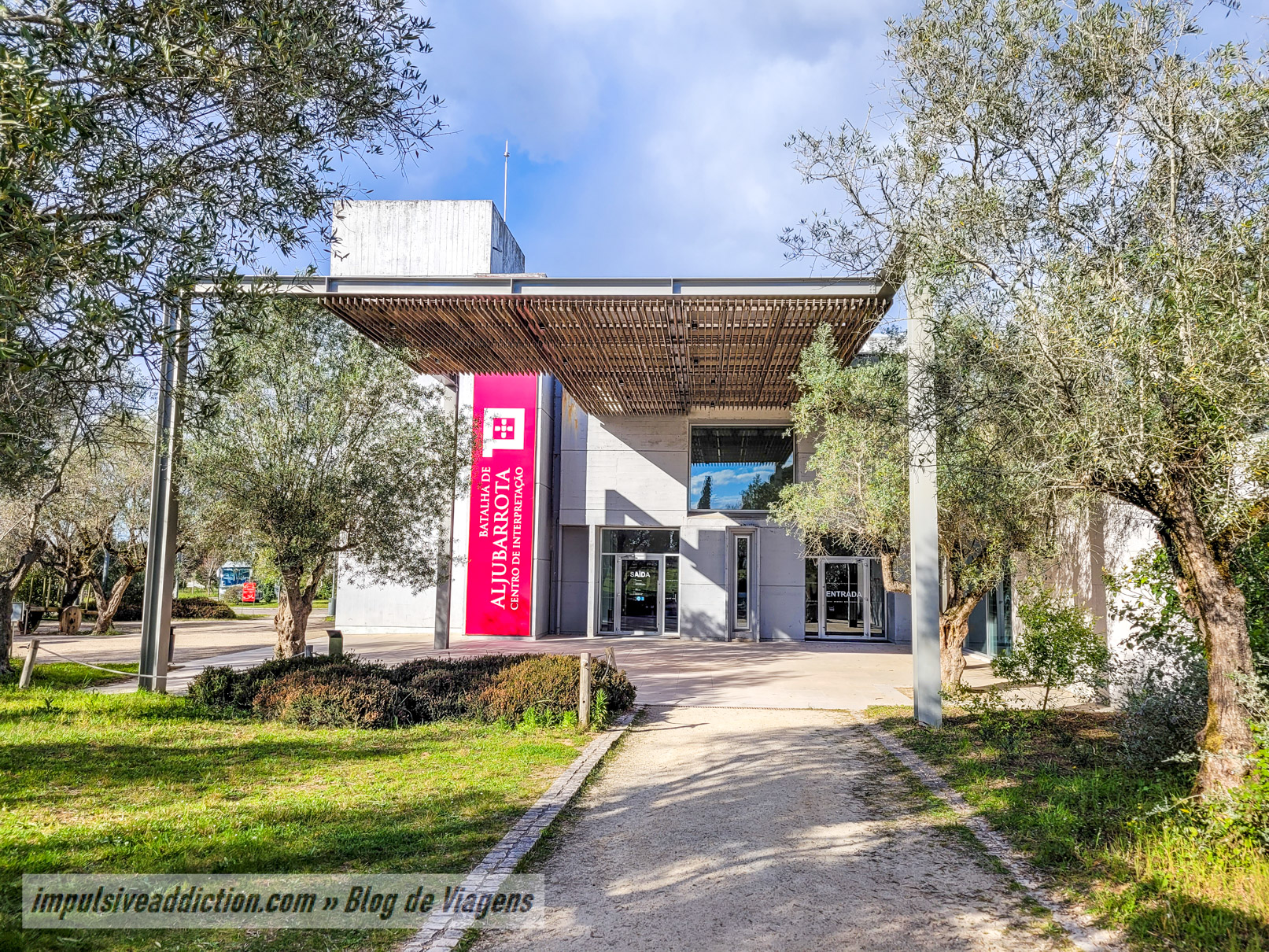
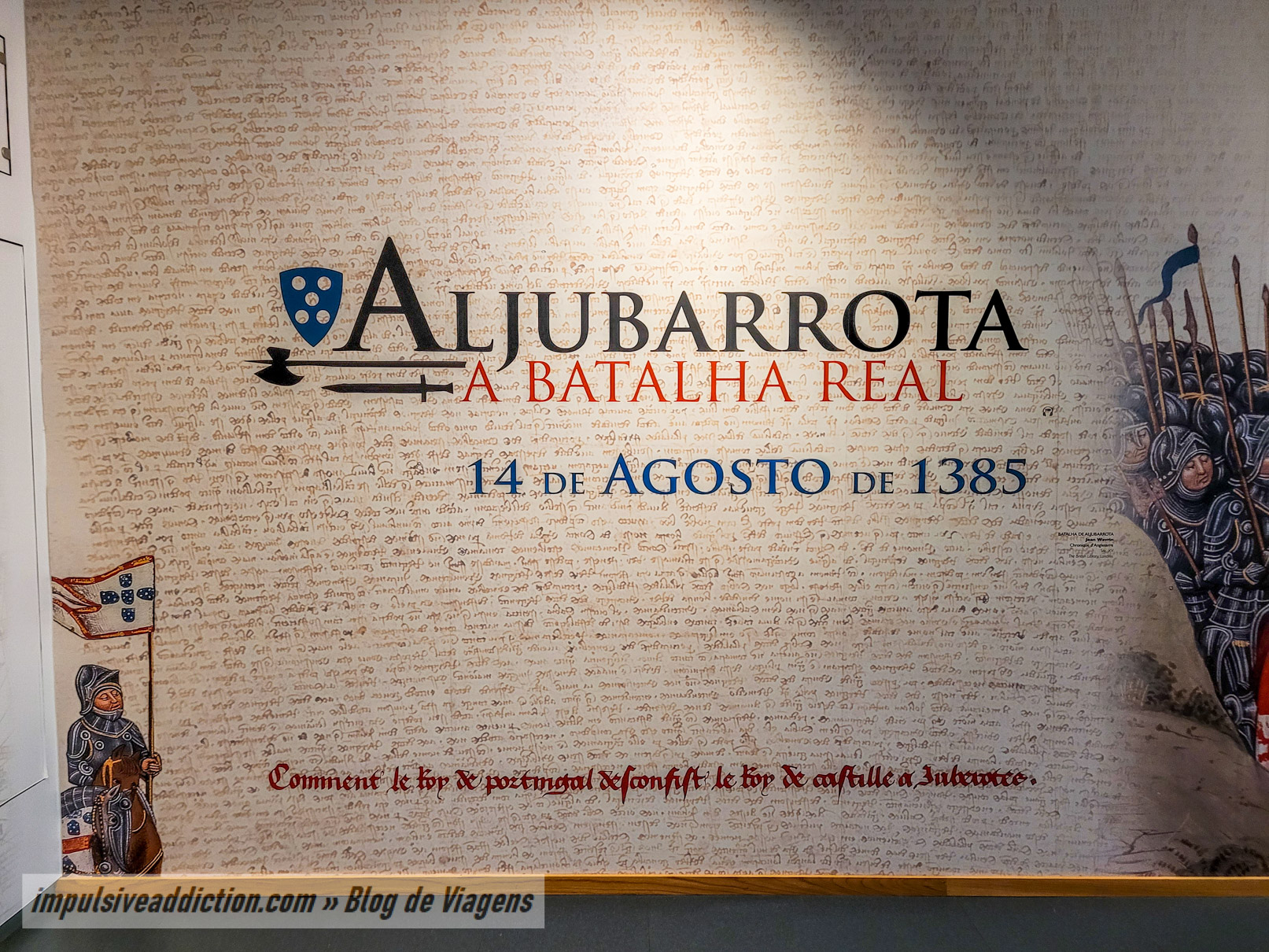
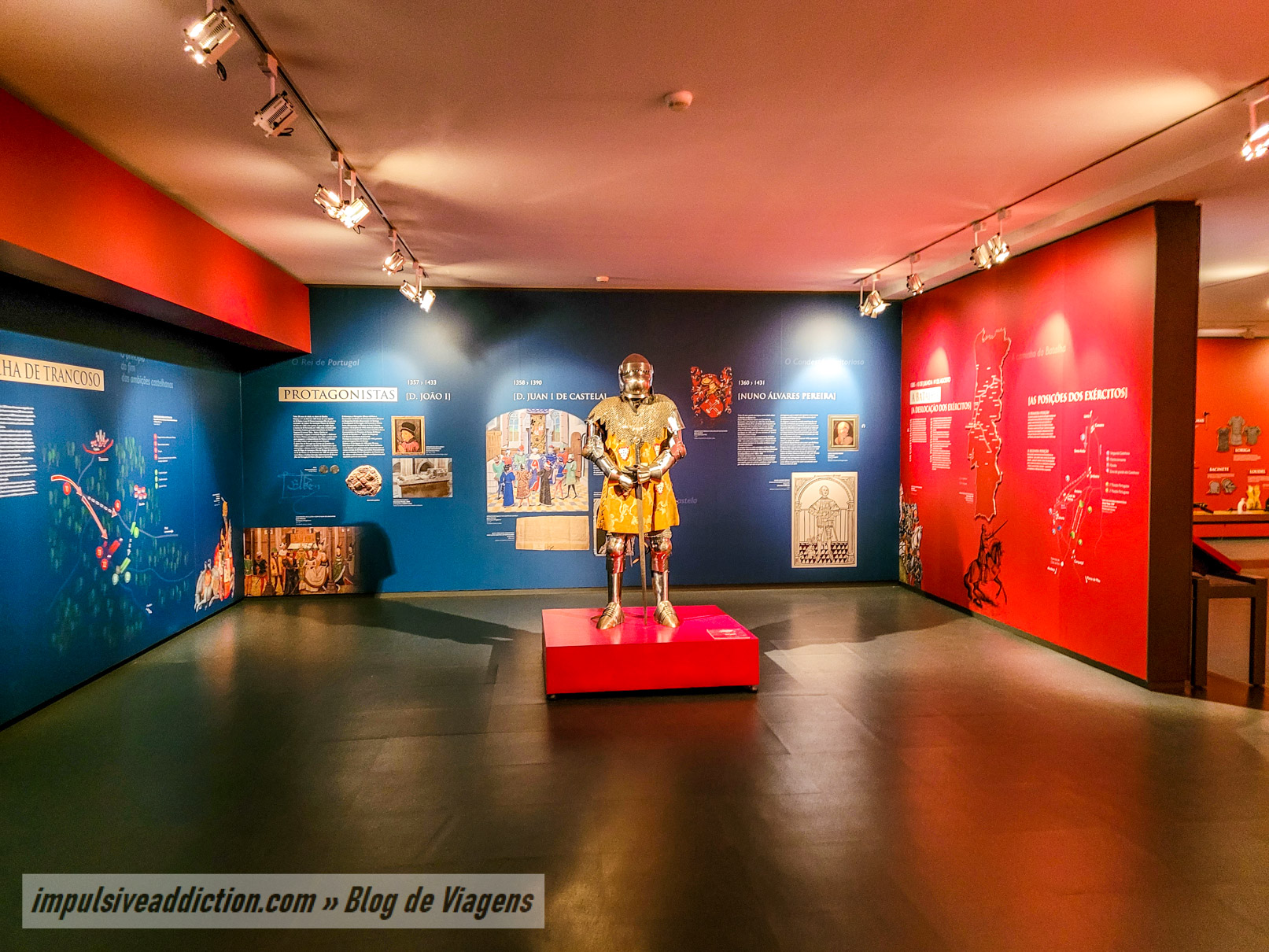
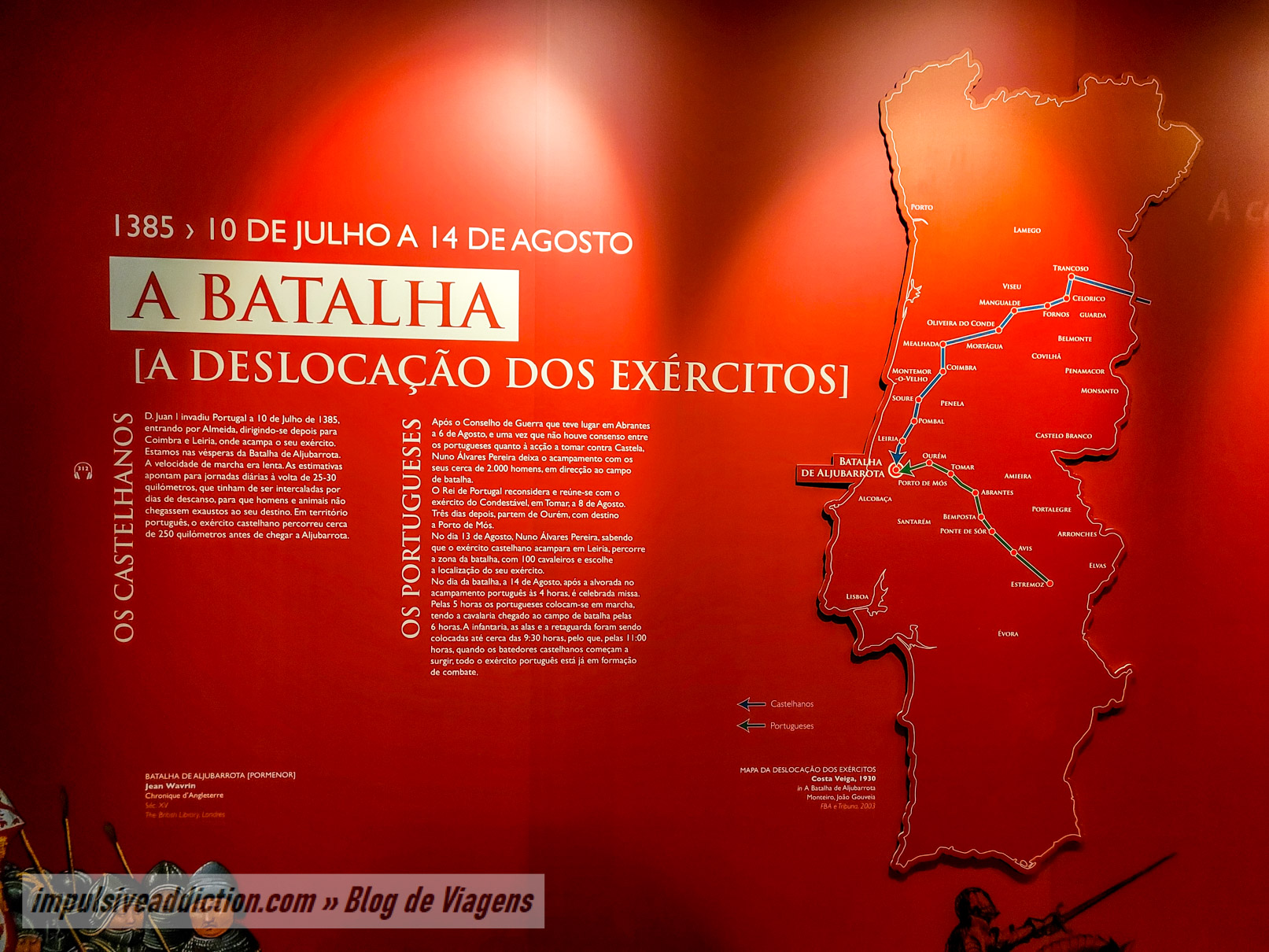
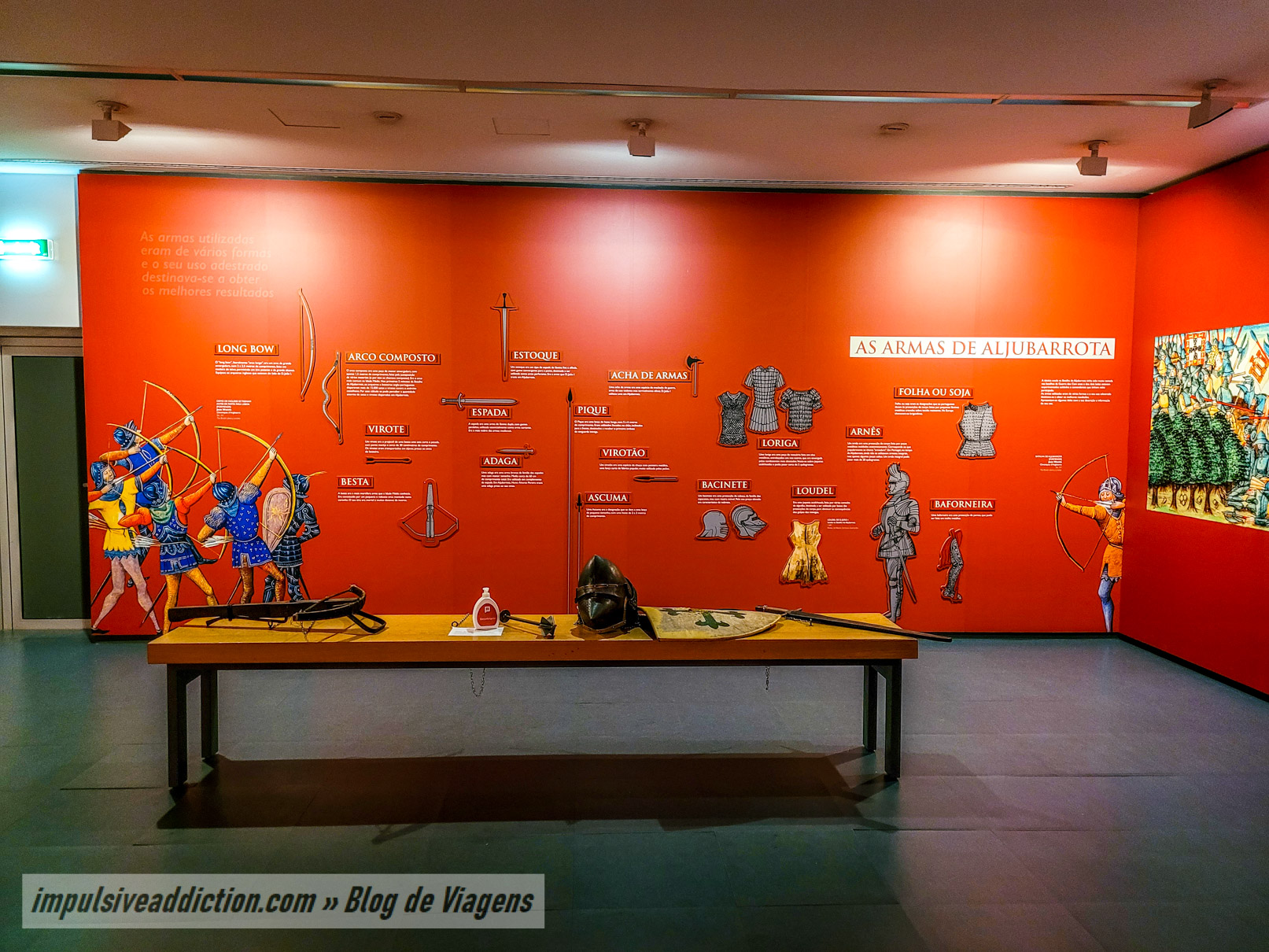
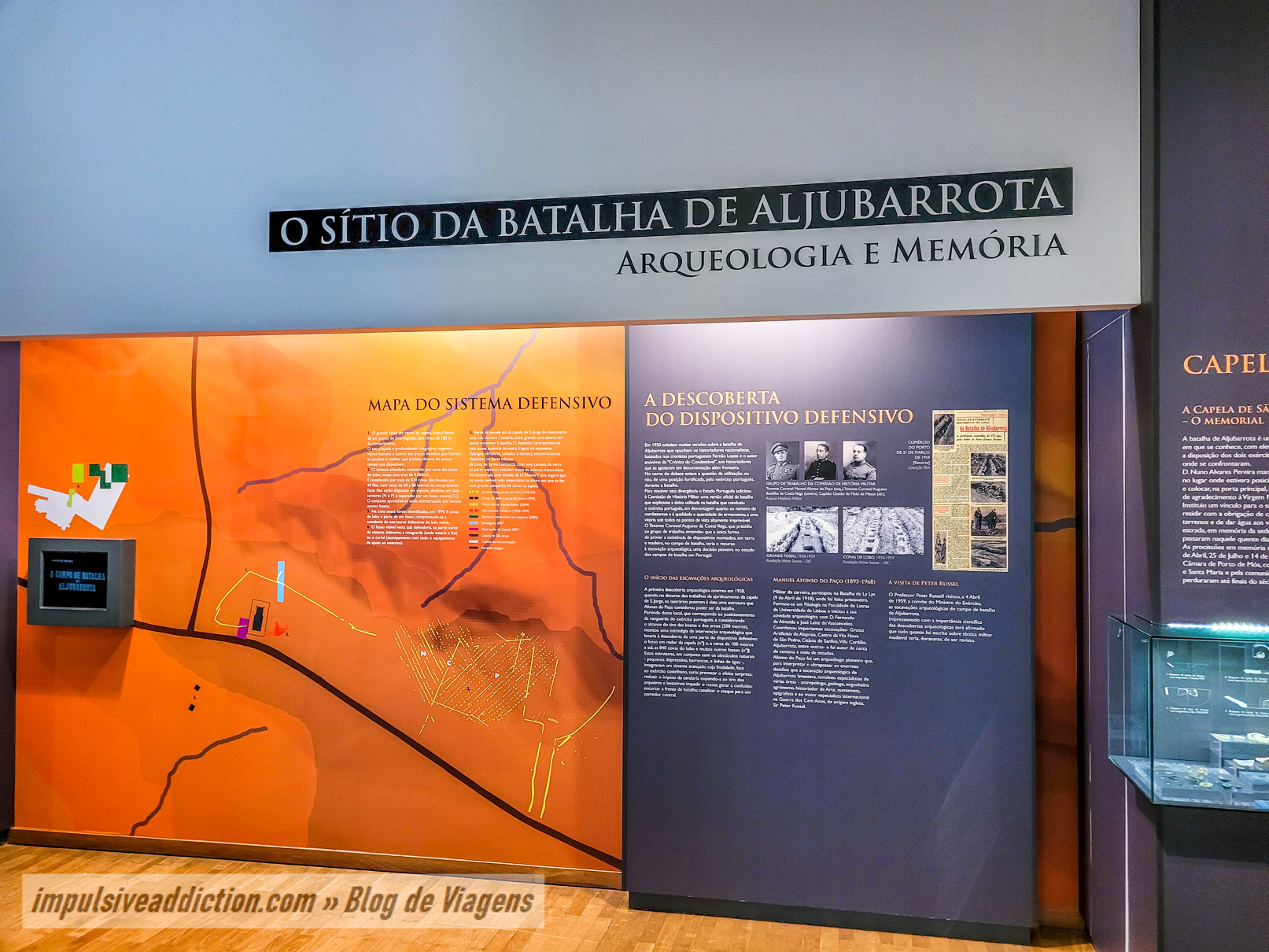
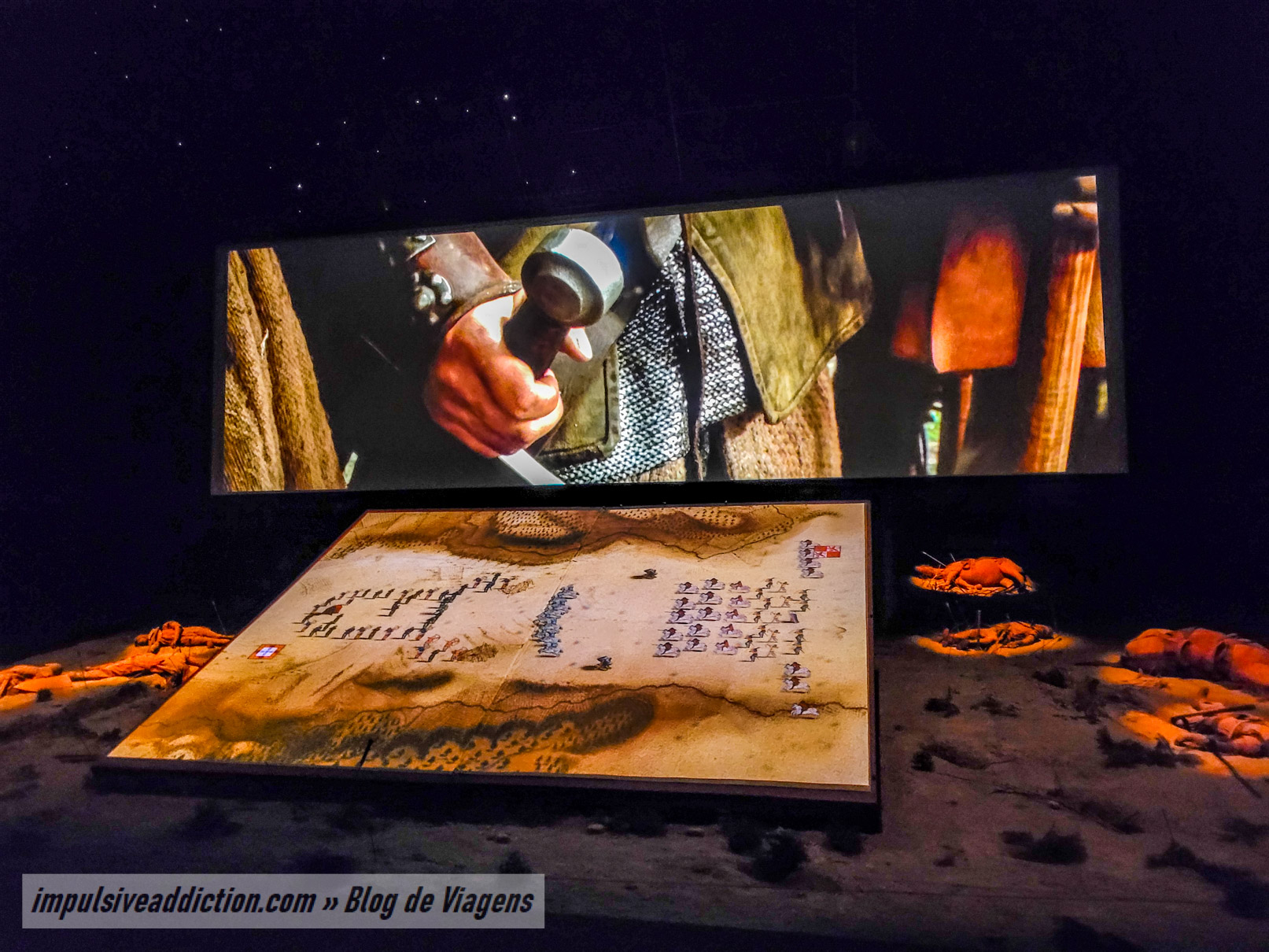
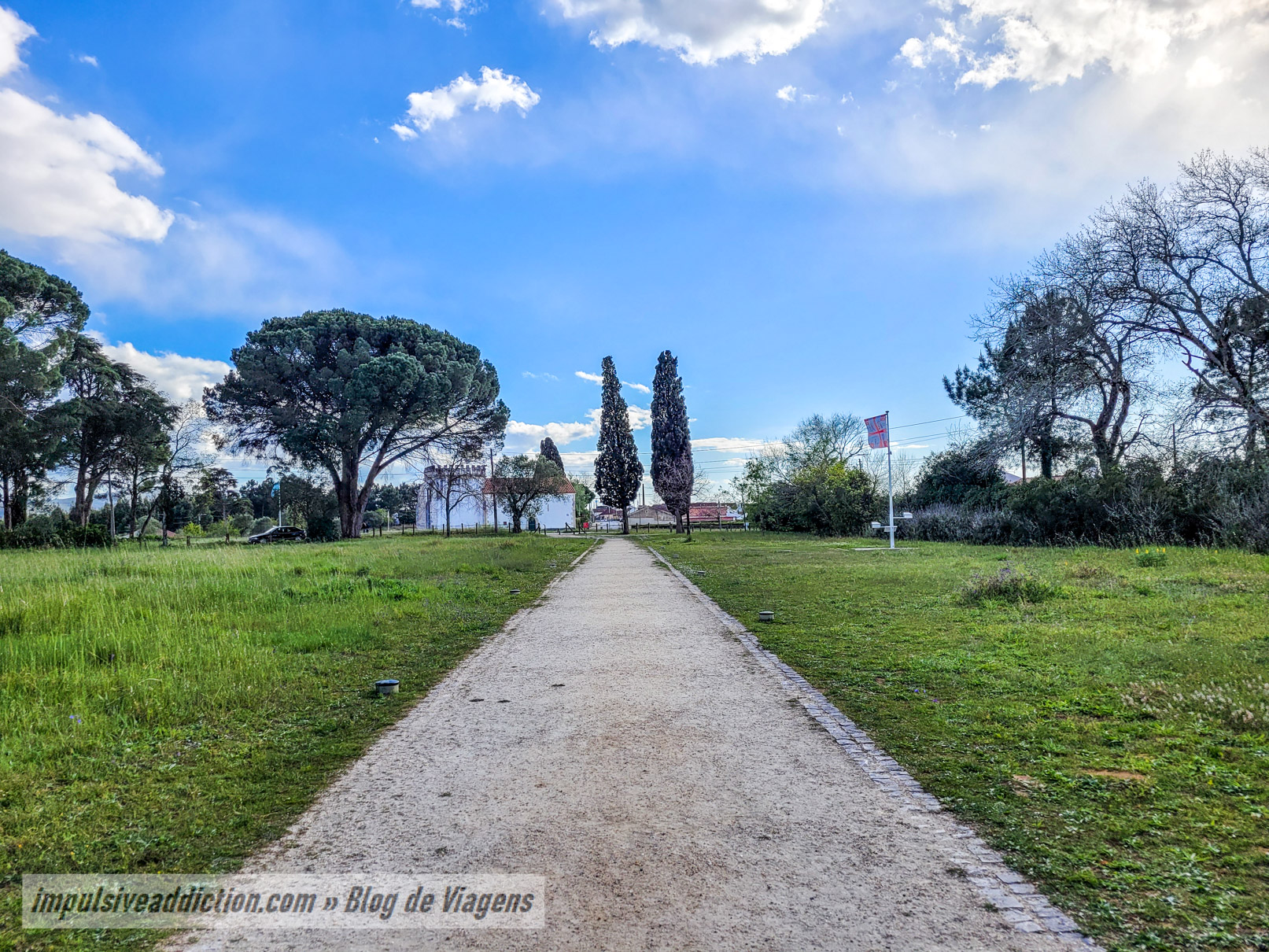
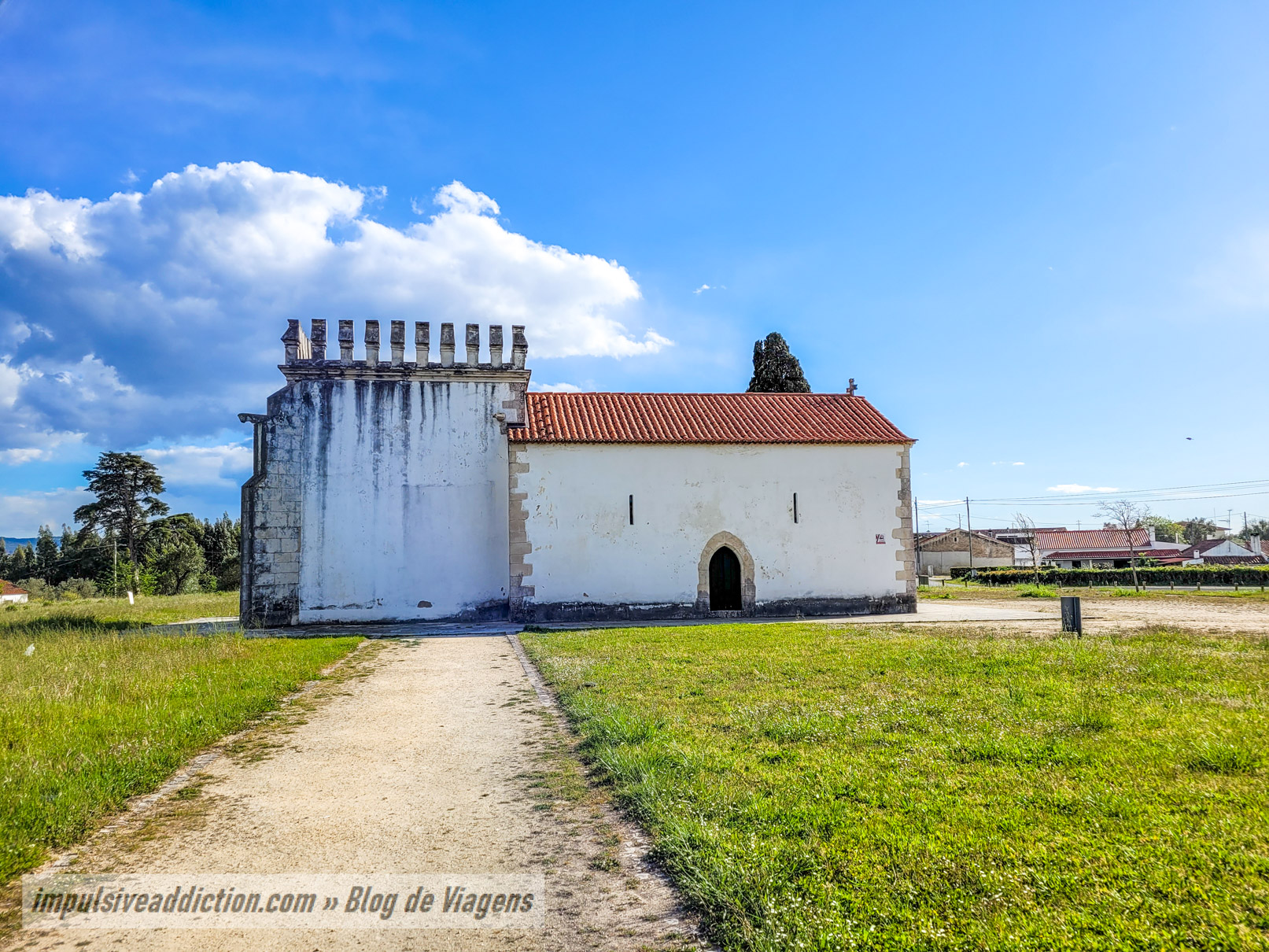
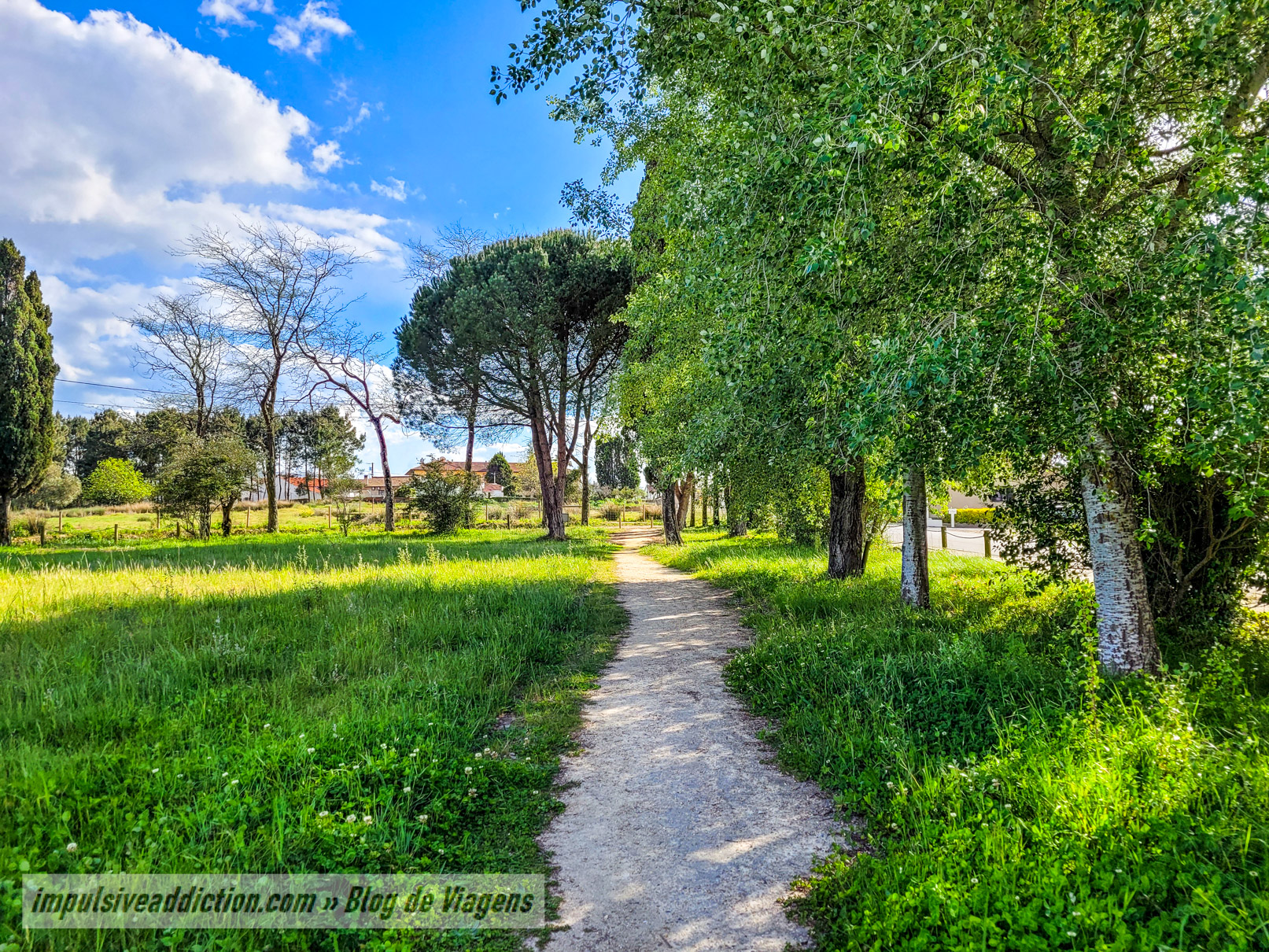
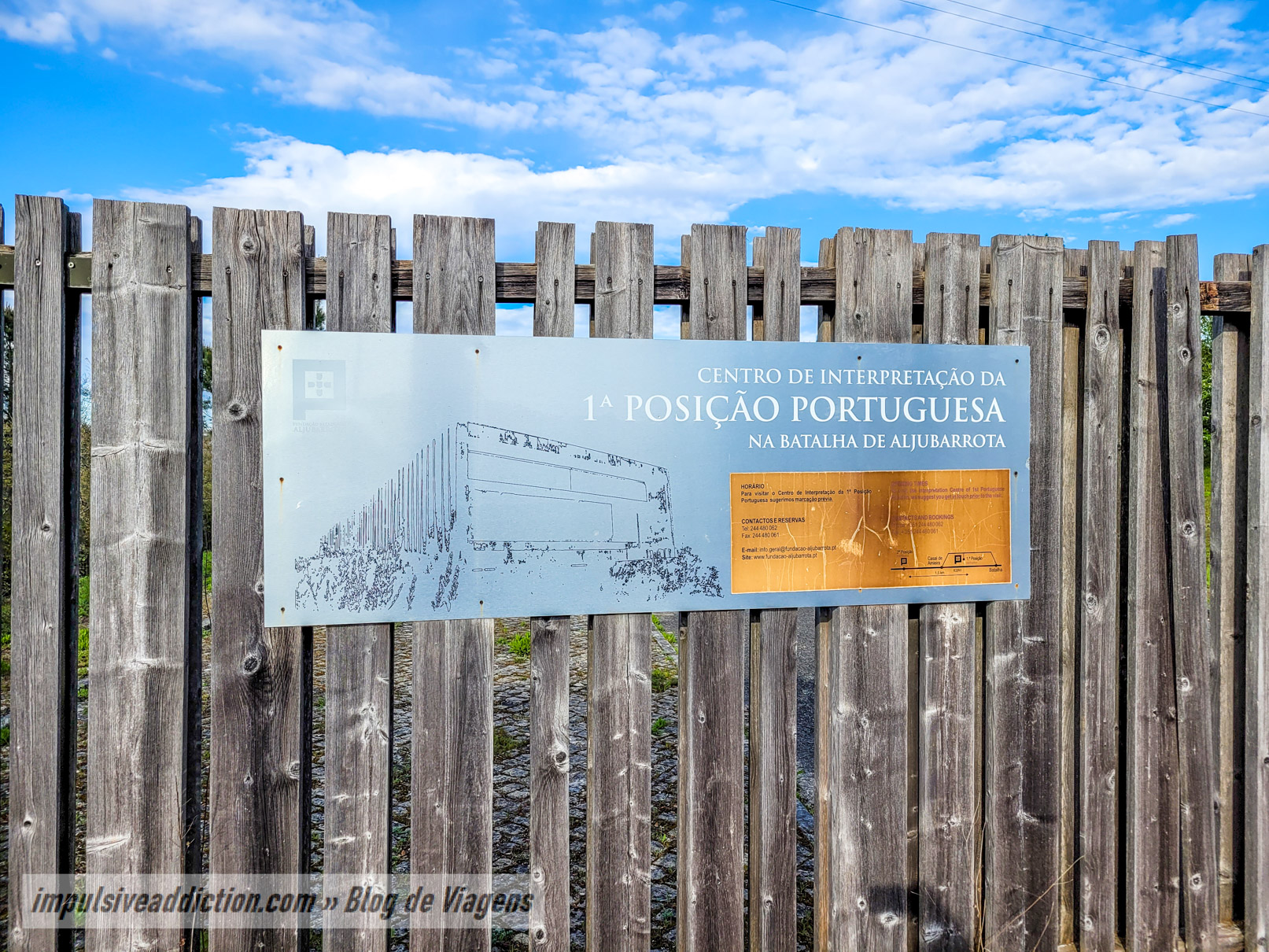
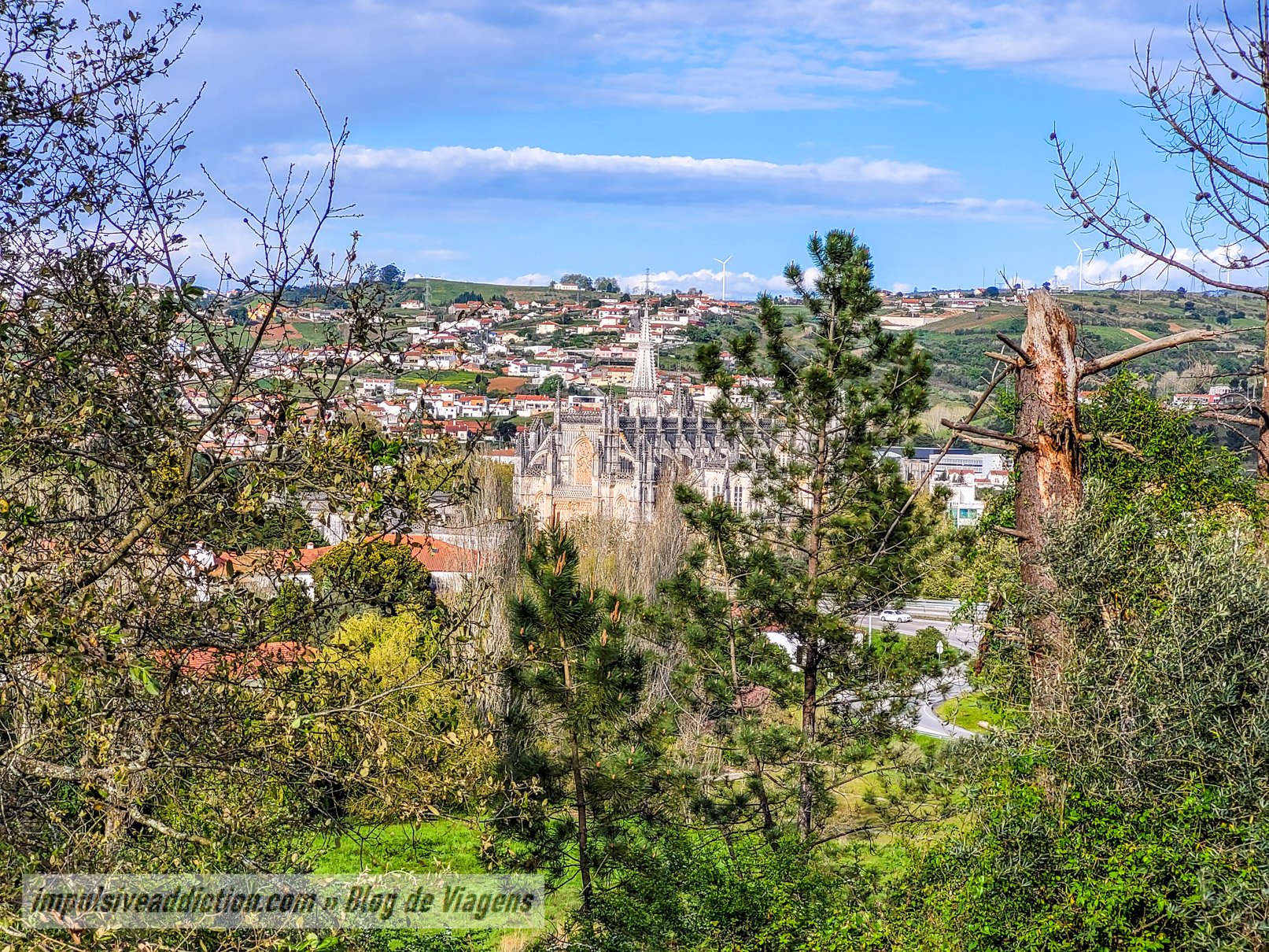
Visit Reguengo do Fetal
Reguengo do Fetal will surprise you with a fabulous viewpoint and swing, as well as a cool trail full of grottos to discover.
1. Buraco Roto Trail
Buraco Roto Trail is circular, about 8km long, and starts right in the center of the village of Reguengo do Fetal, near the Parish Church of Nossa Senhora dos Remédios. The main highlights are the grottos of Buraco Roto, Pia da Ovelha and Vale dos Ventos. Check it out in wikiloc.
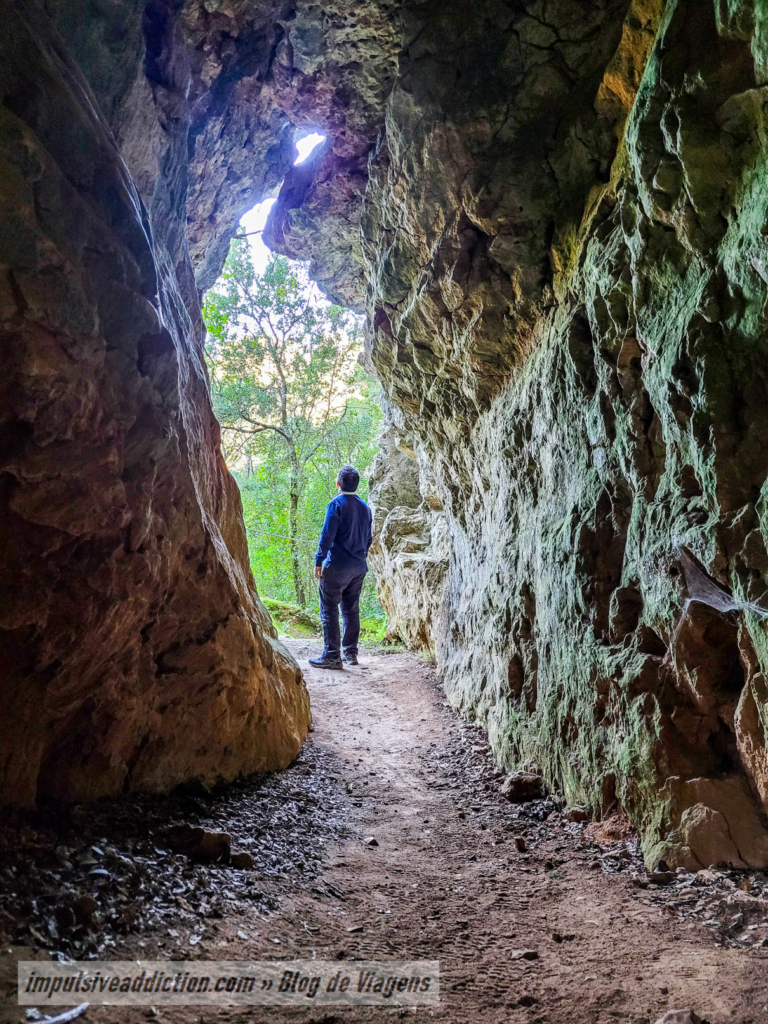
2. Swing of Torre Barrozinha
From this swing you’ll have an unobstructed view of the entire region that stretches from Reguengo do Fetal to Batalha.
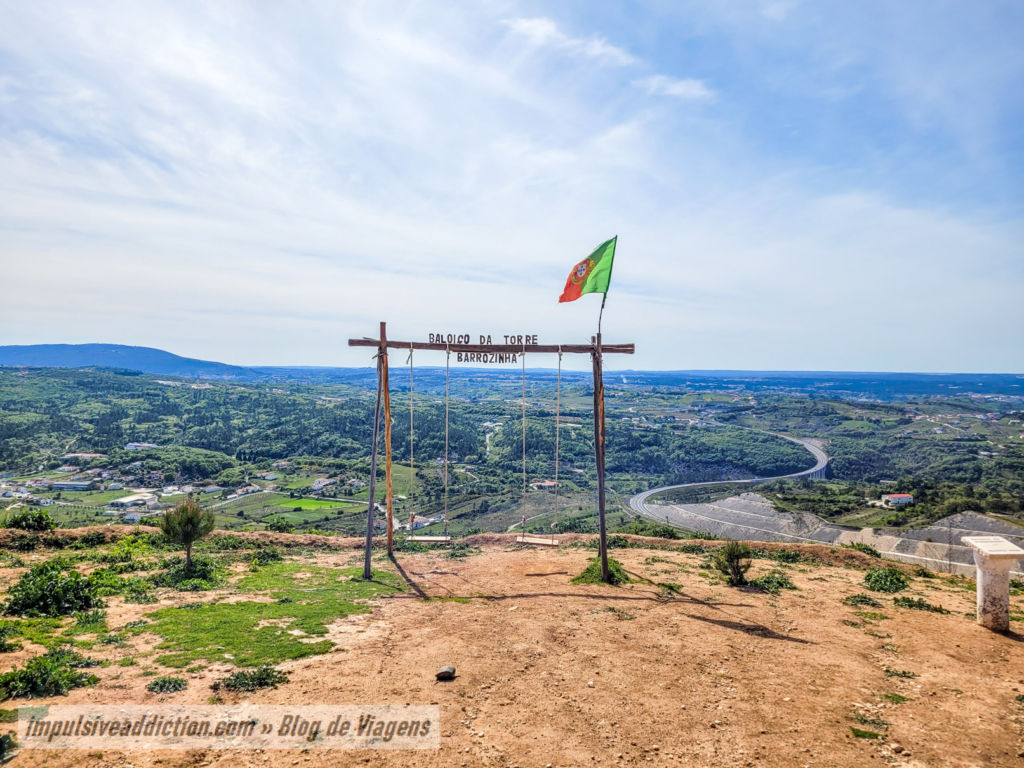
Visit São Mamede and Pia do Urso
In São Mamede you’ll have bigger caves to discover, typical of the region, and another fabulous trail to follow, full of windmills. 😉
1. Coin Caves
The Coin Caves are just 2km from Fátima and were discovered in 1971 by two hunters. Today they are 350 meters long, about 45 meters below the entrance level. Its limestone formations are fabulous, with numerous stalactites and stalagmites, for example.
I mention several other caves in my article dedicated to the best Caves of Serra de Aire. Check it for more detail information.
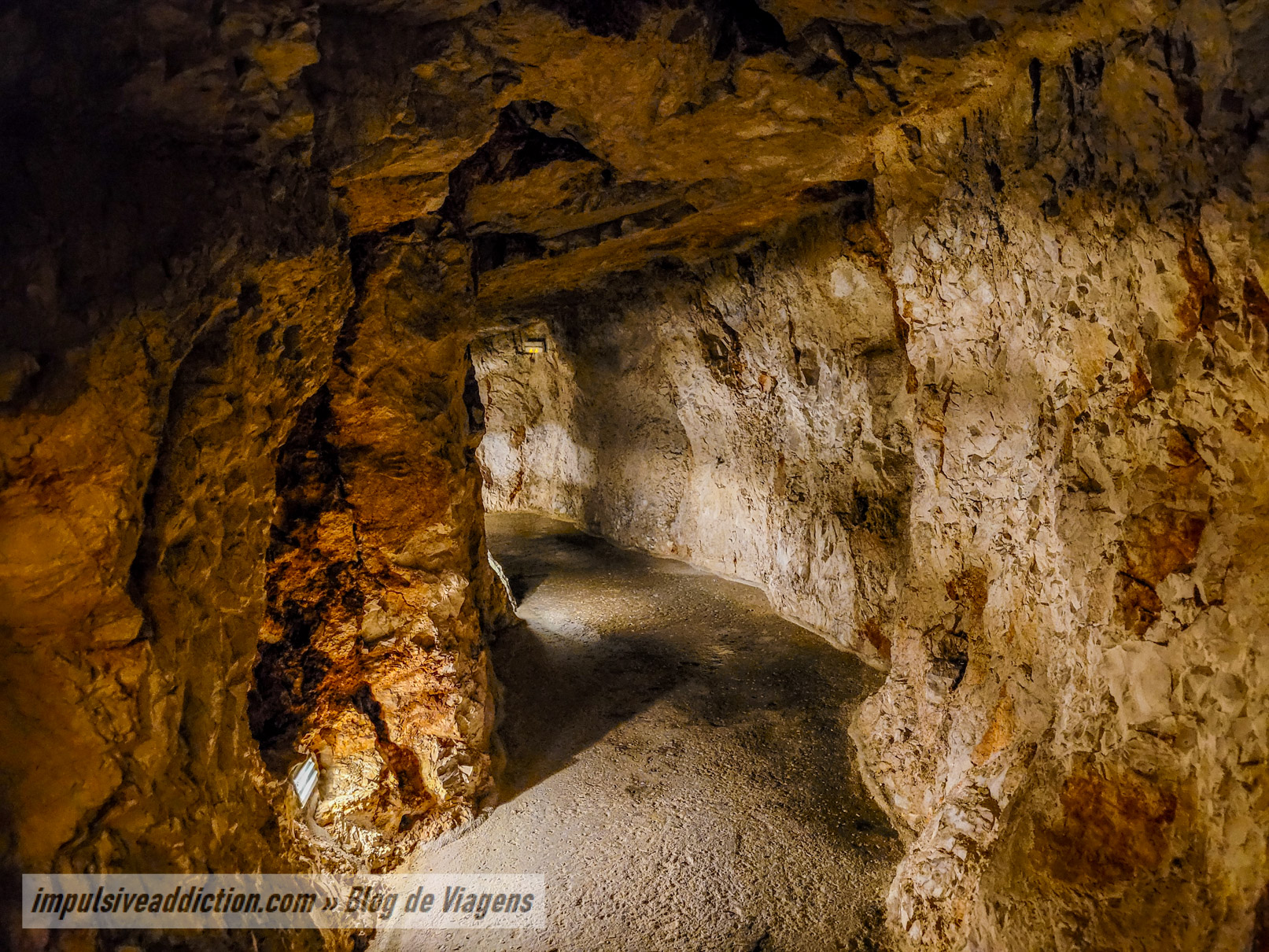
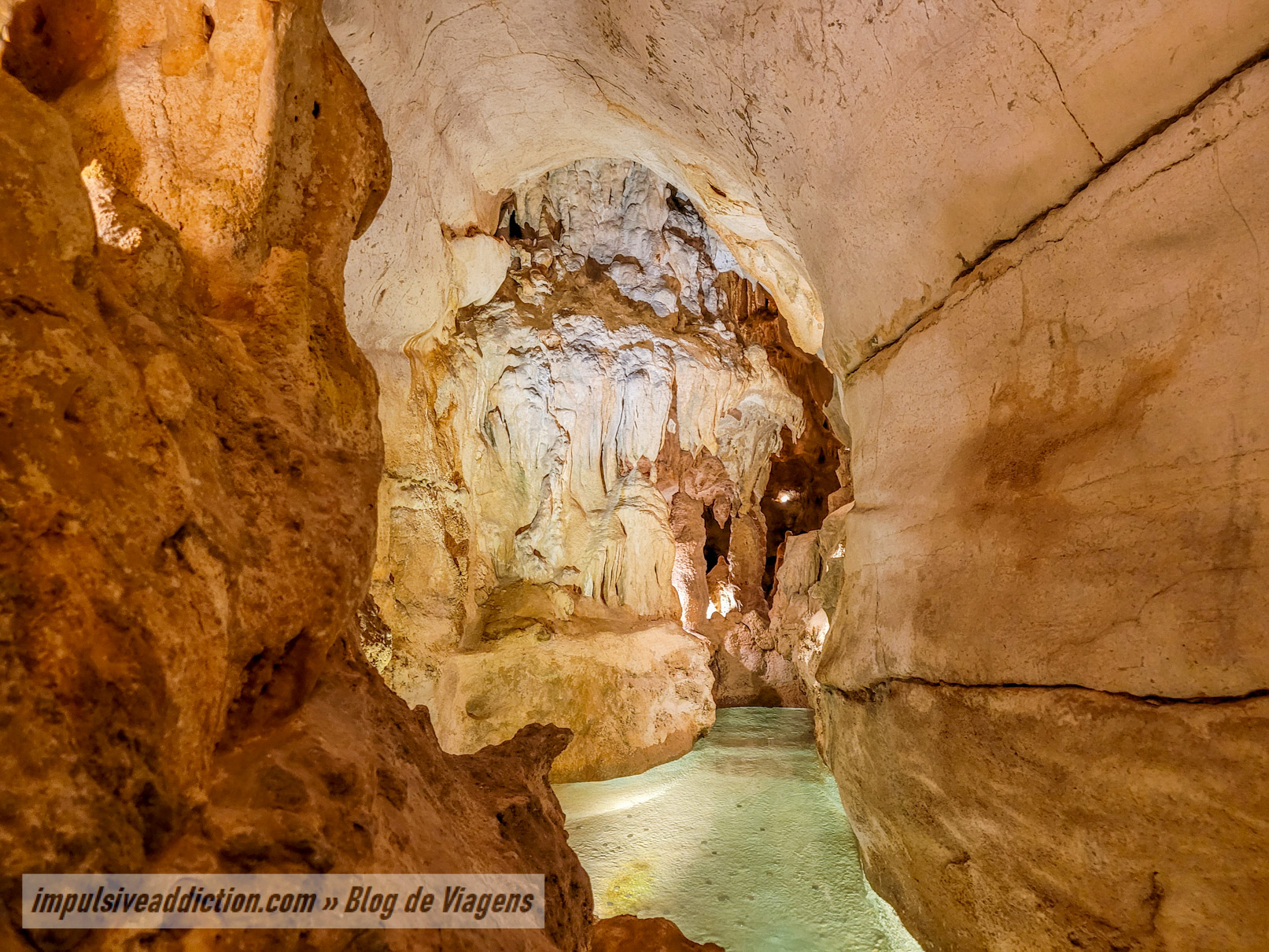
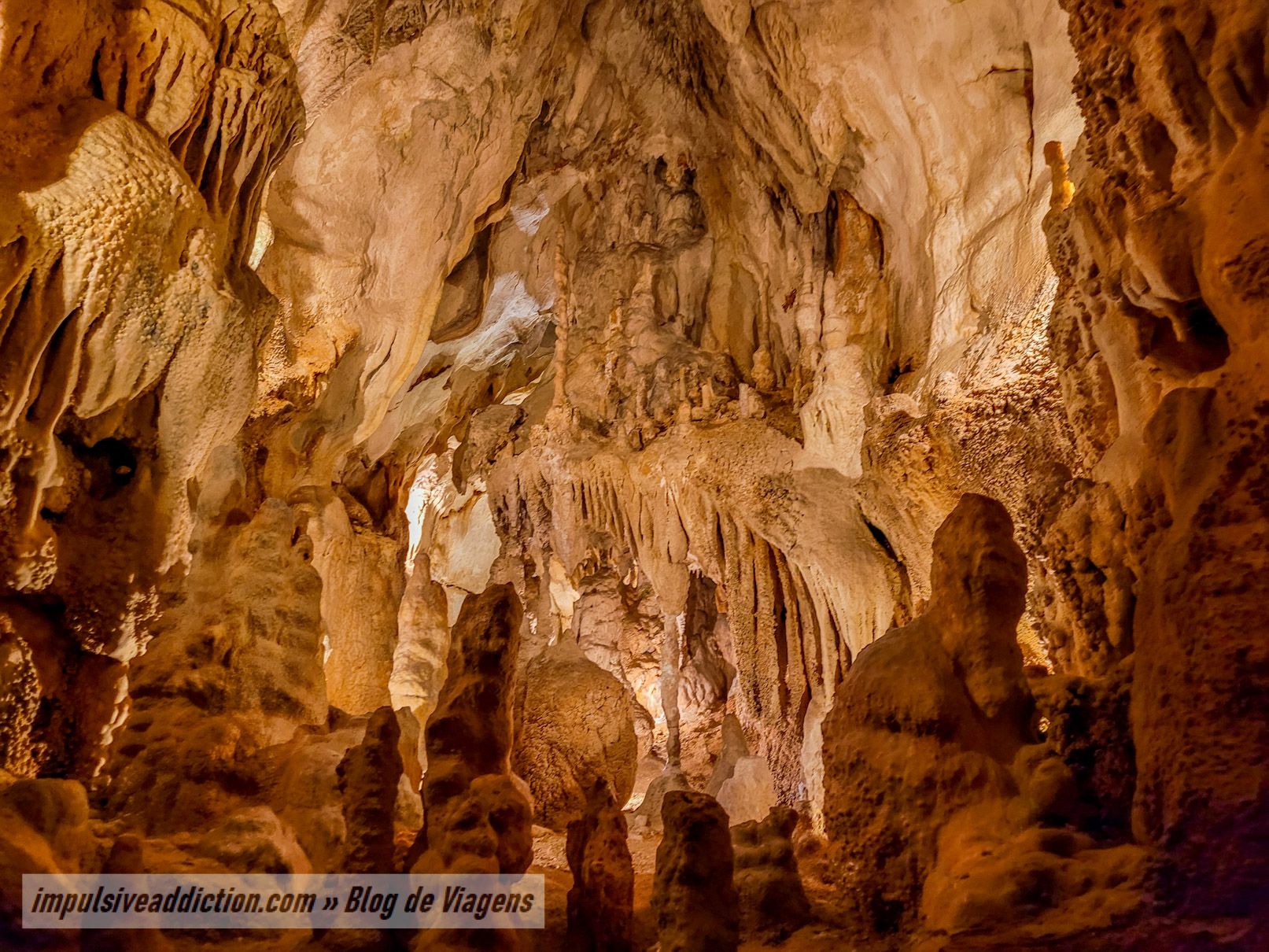
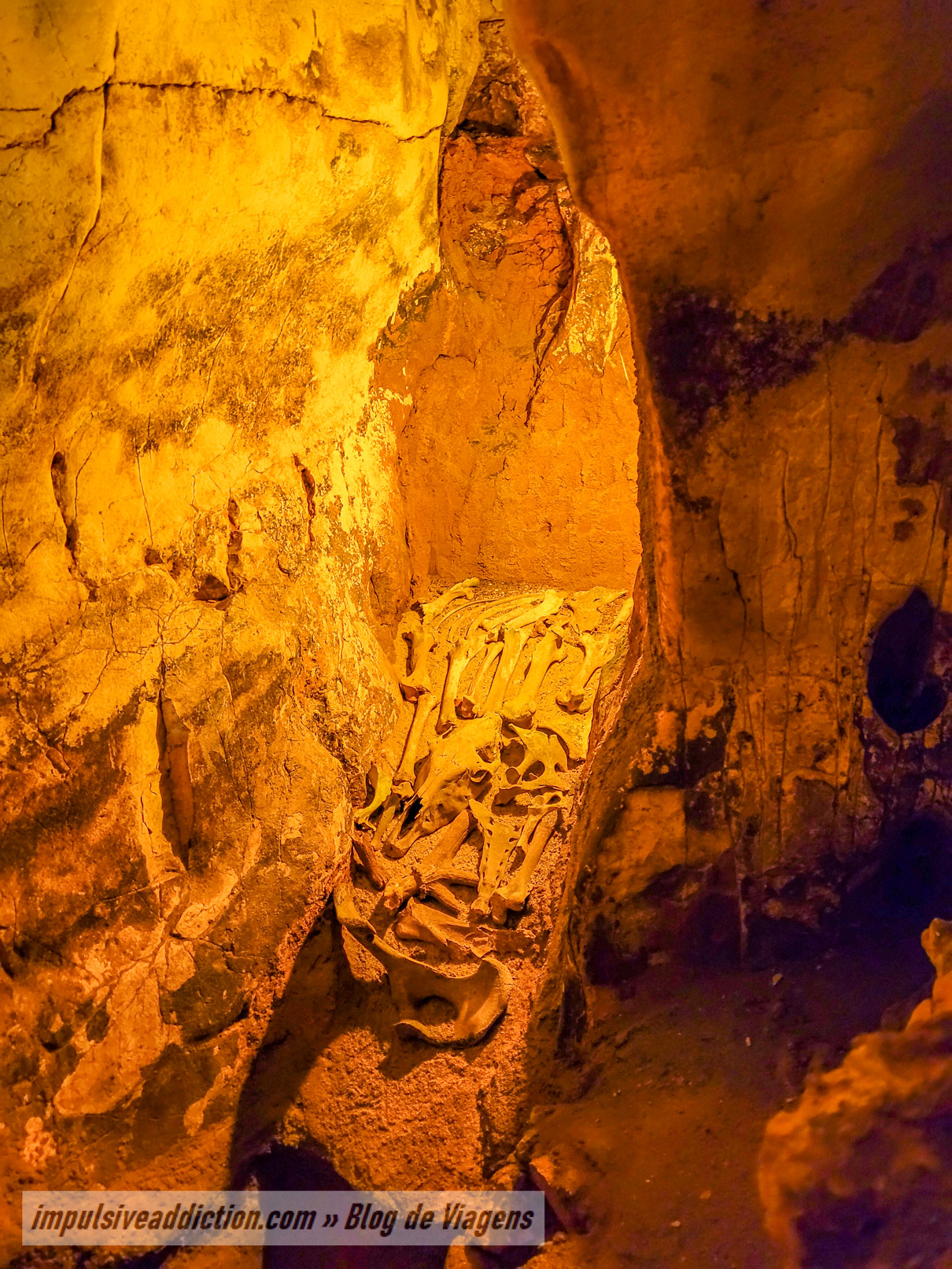
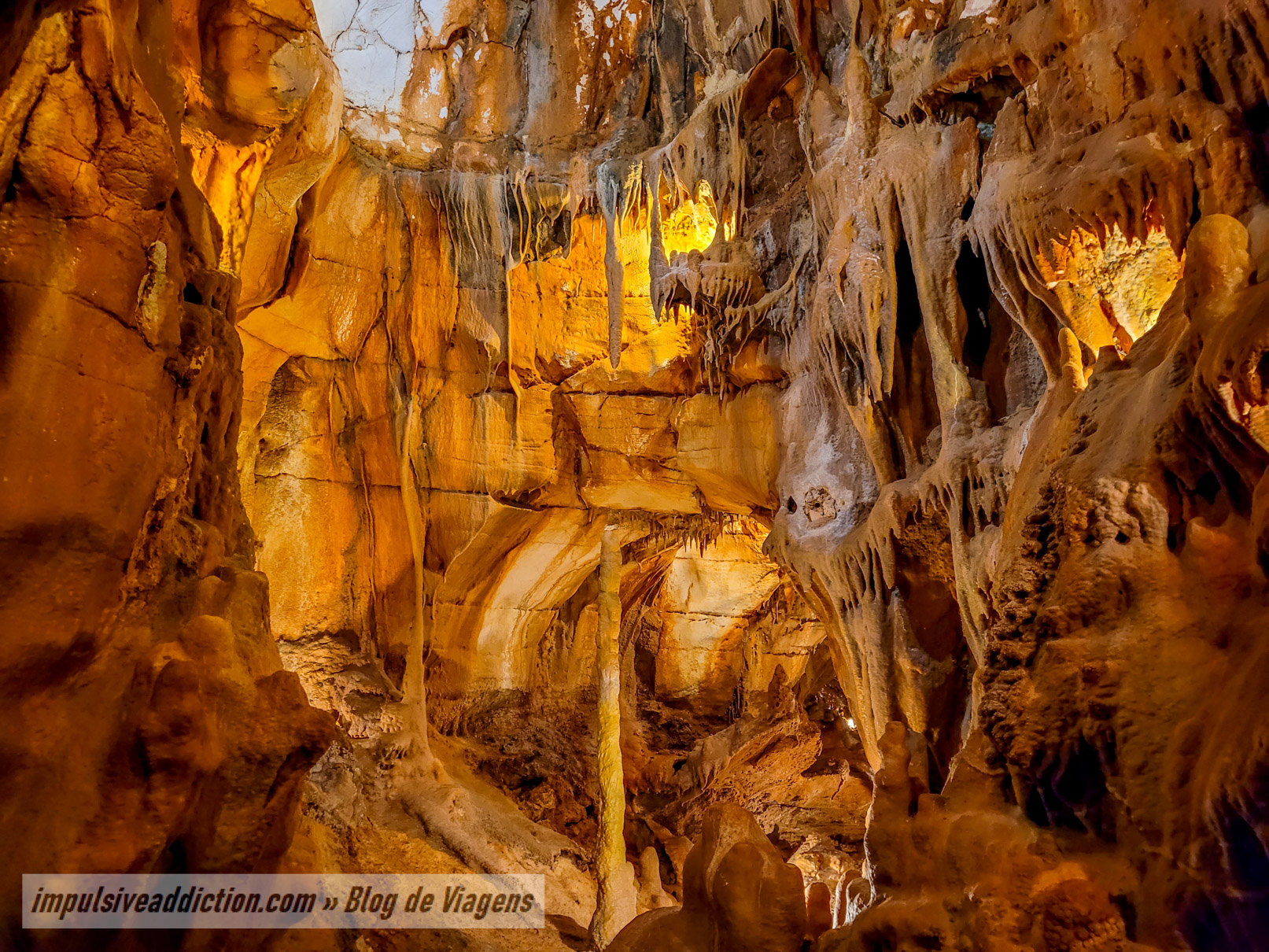
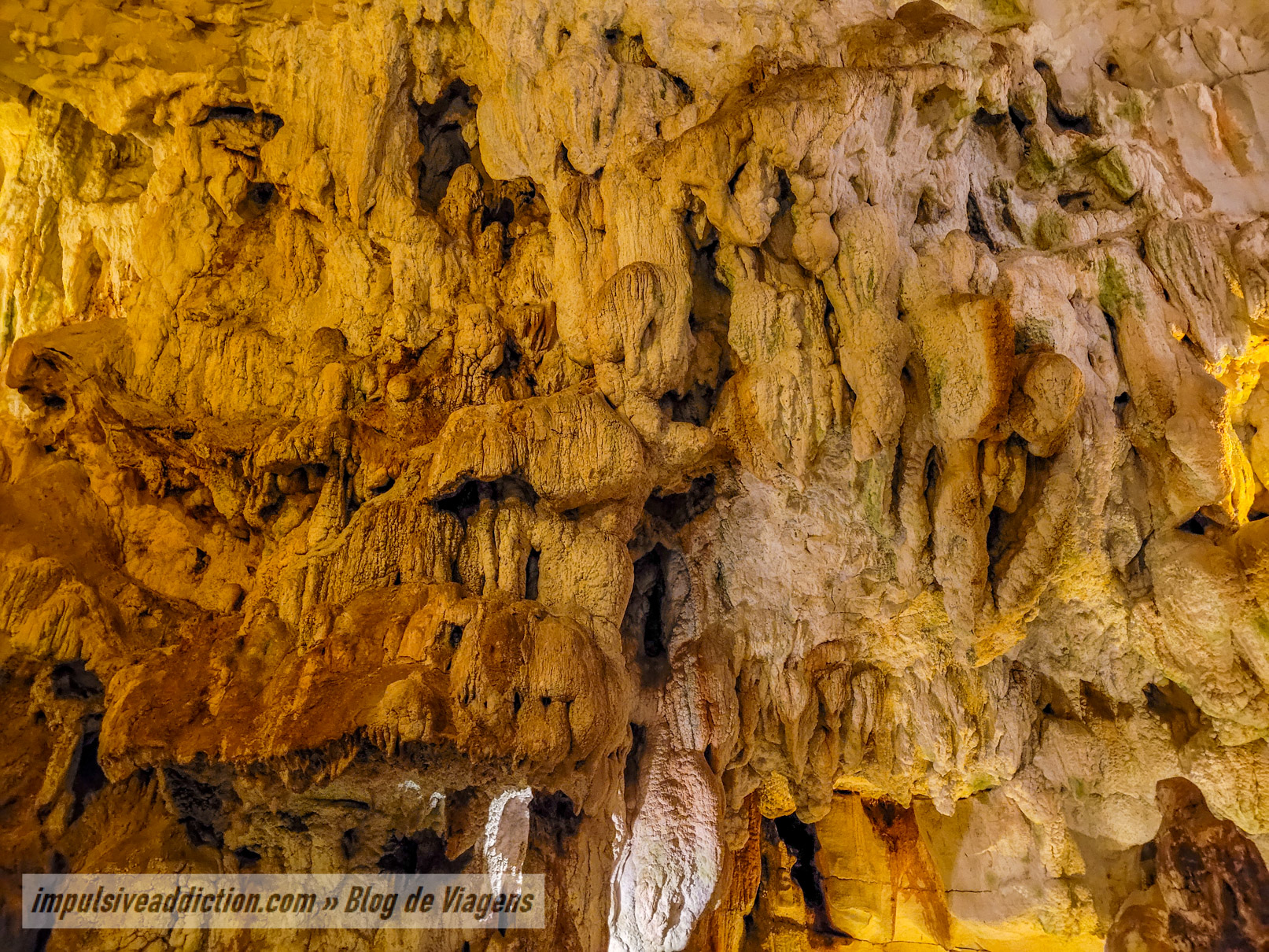
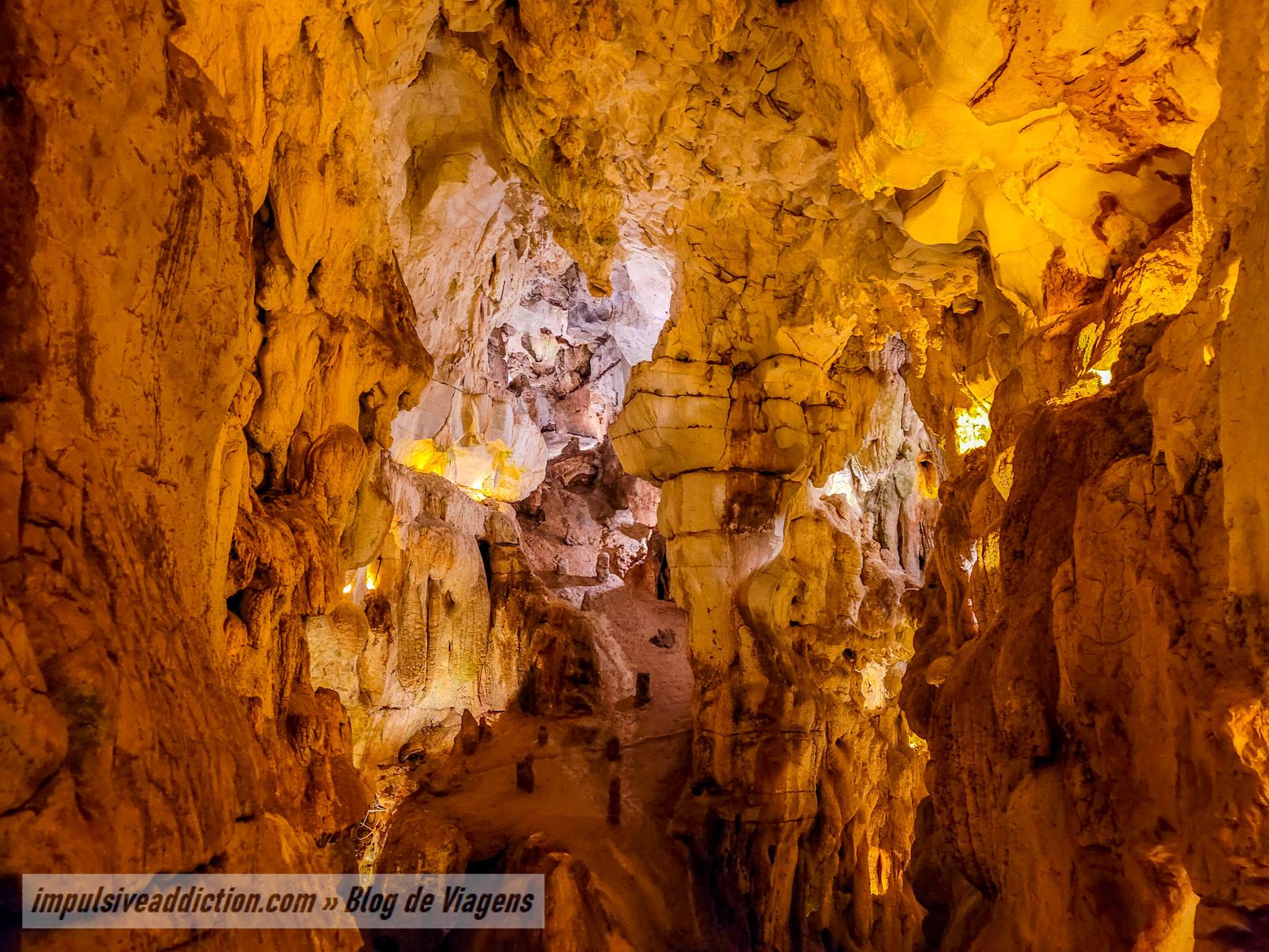
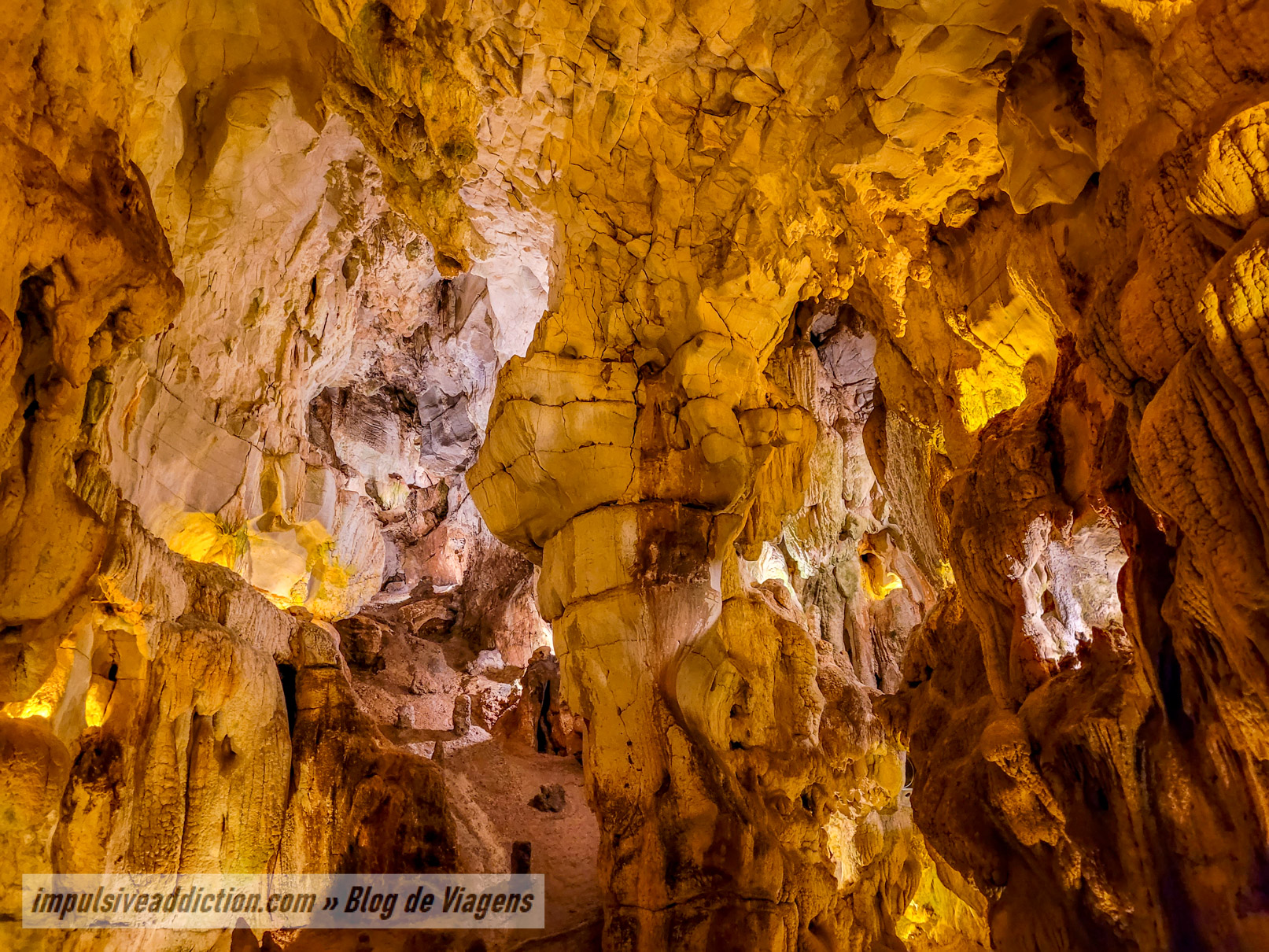
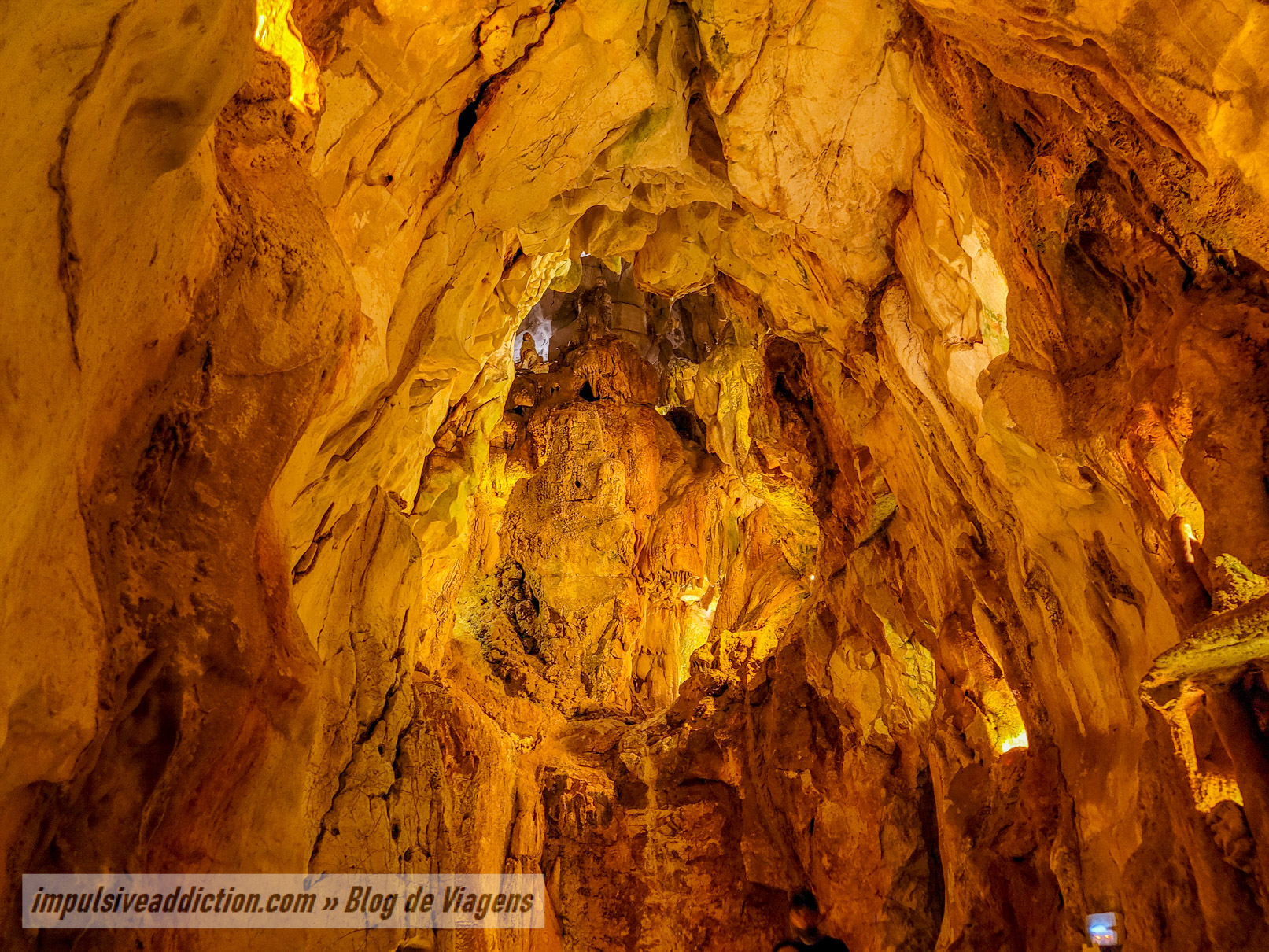
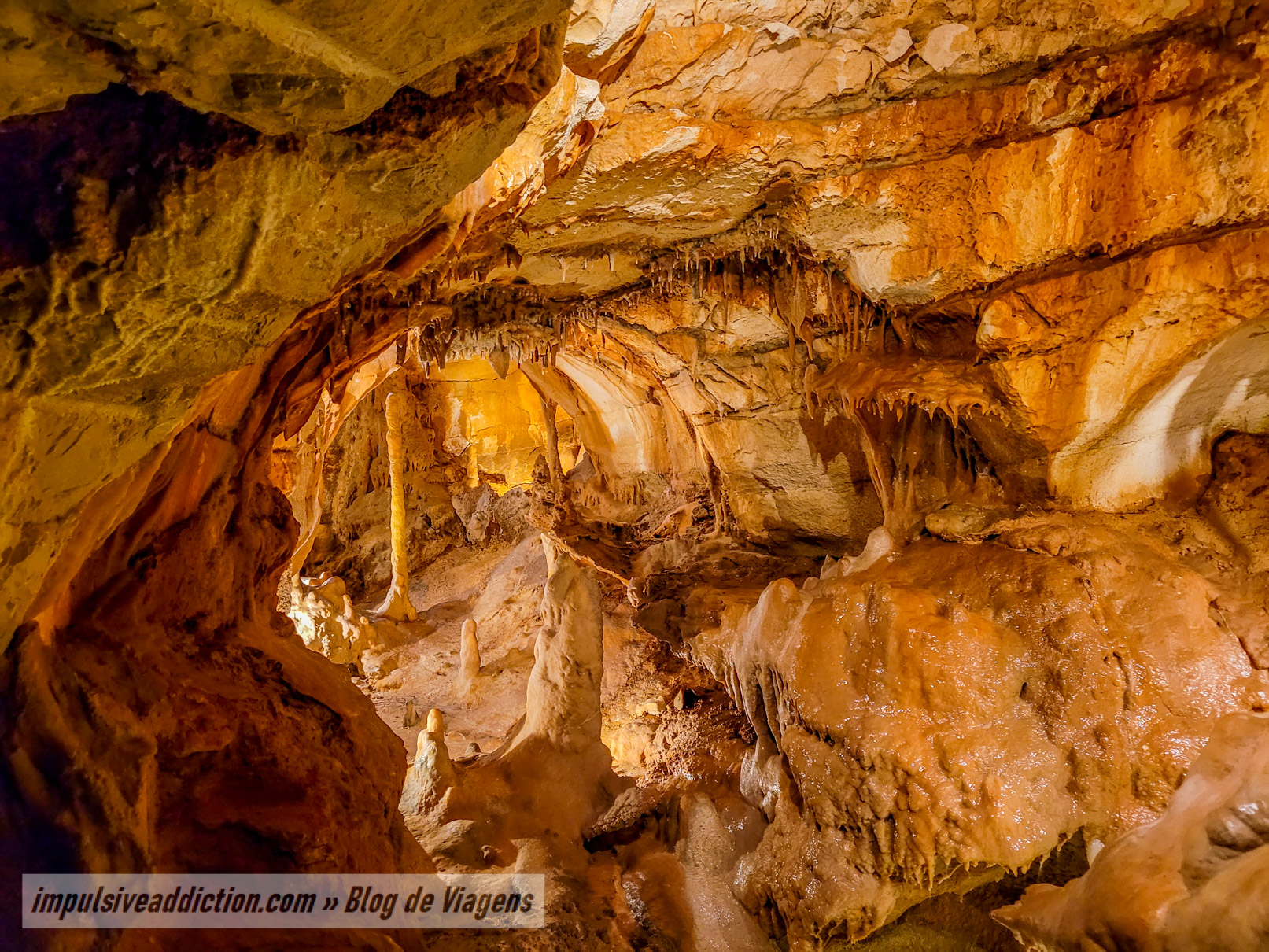
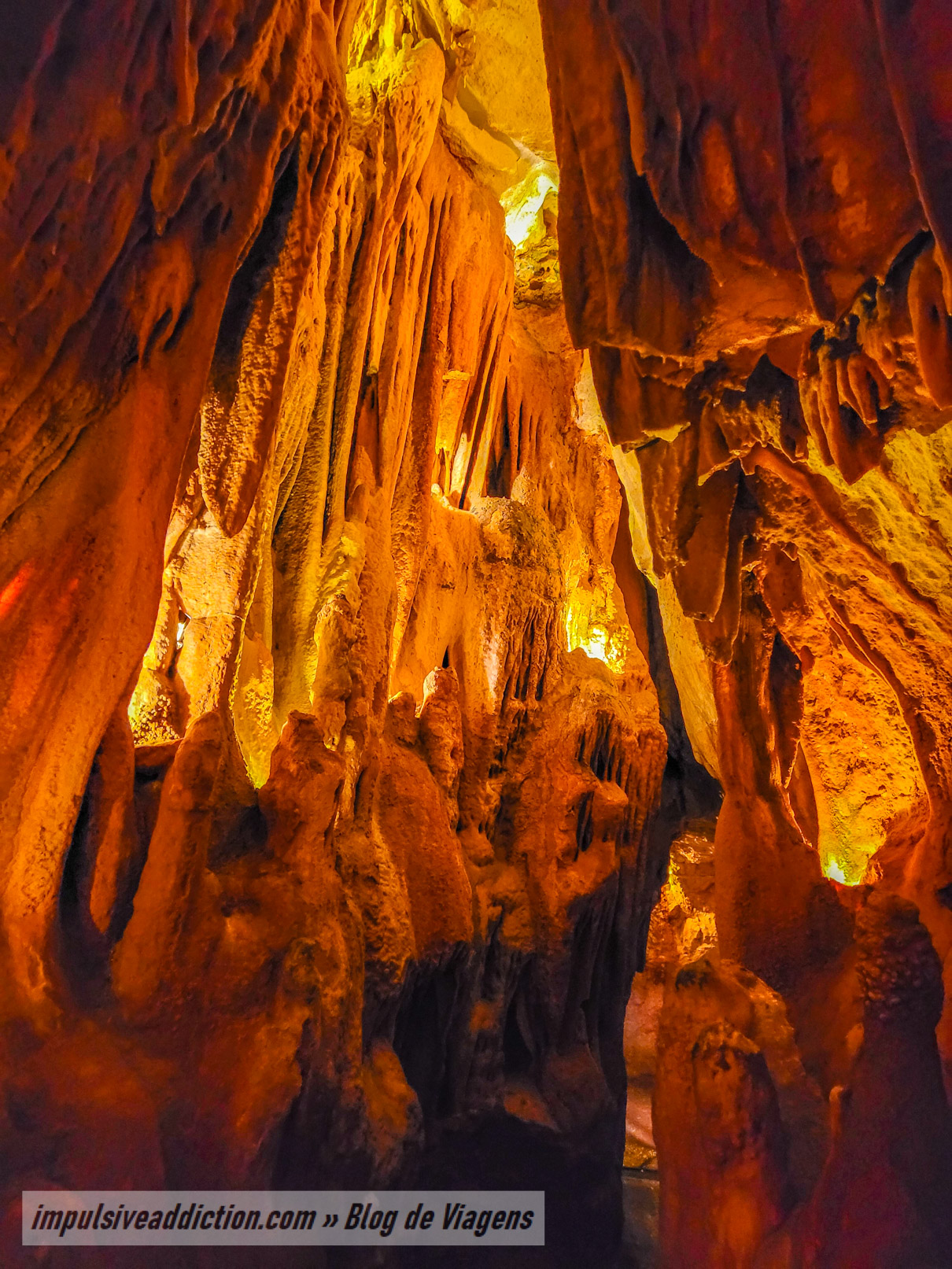
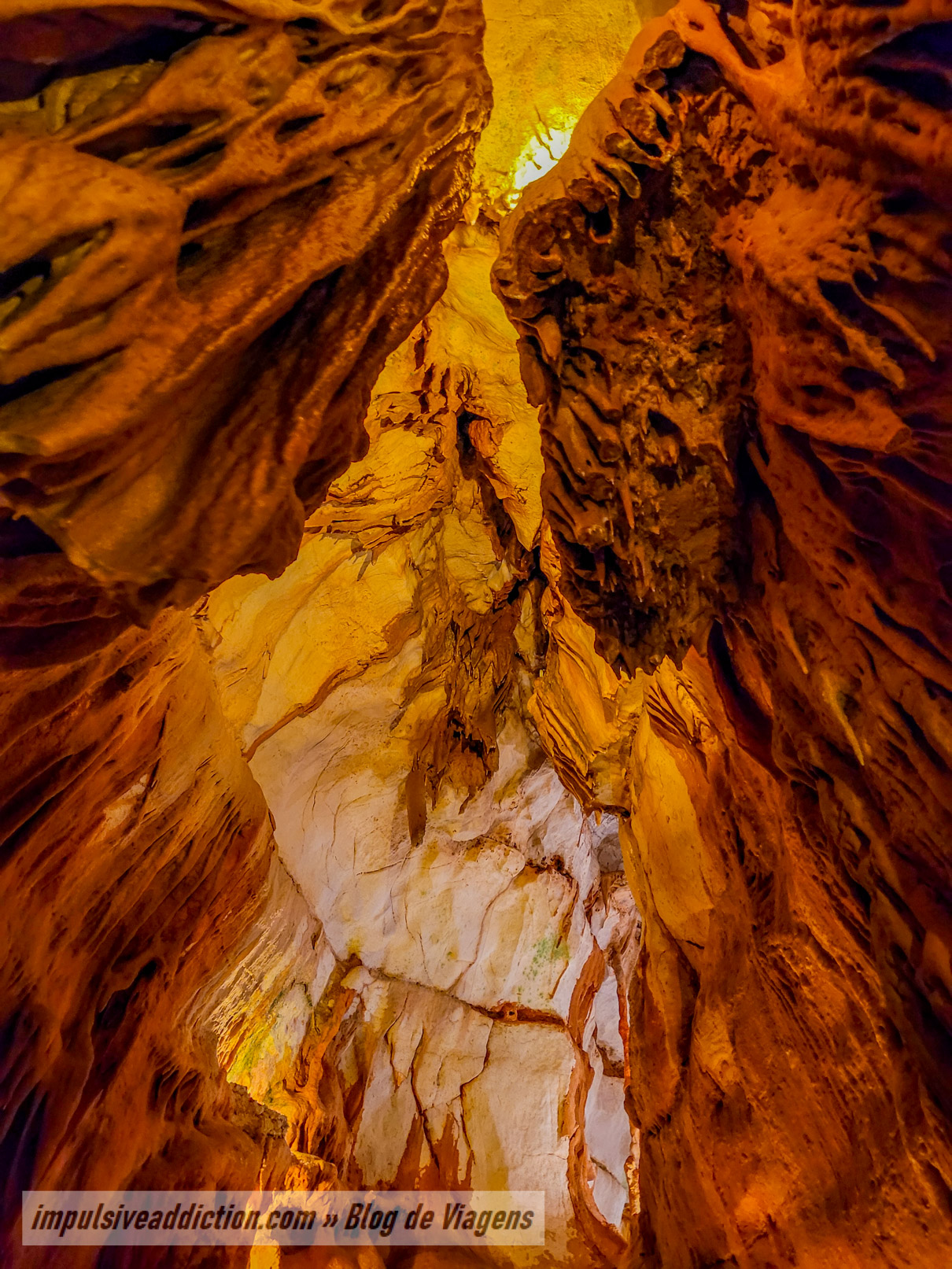
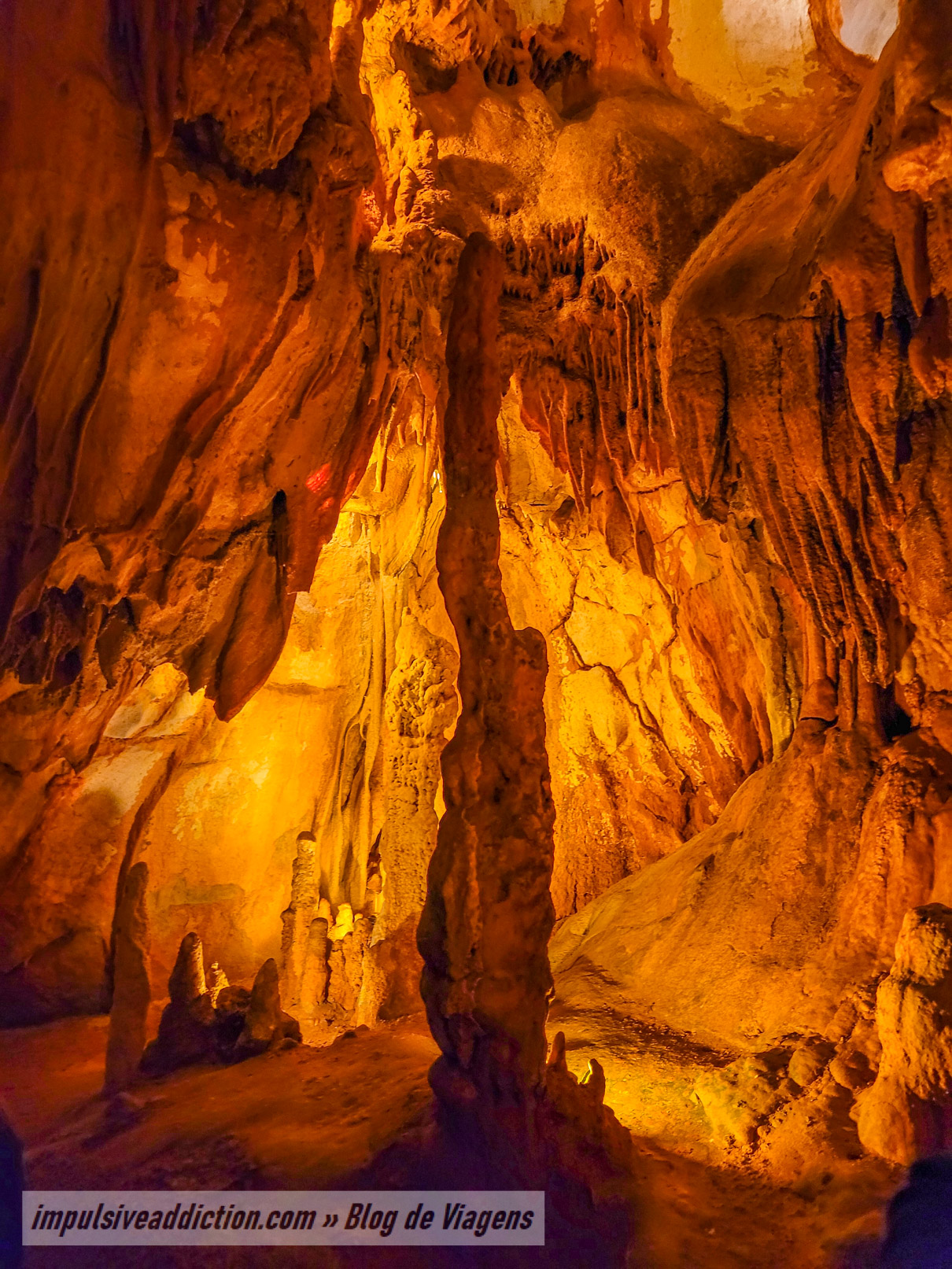
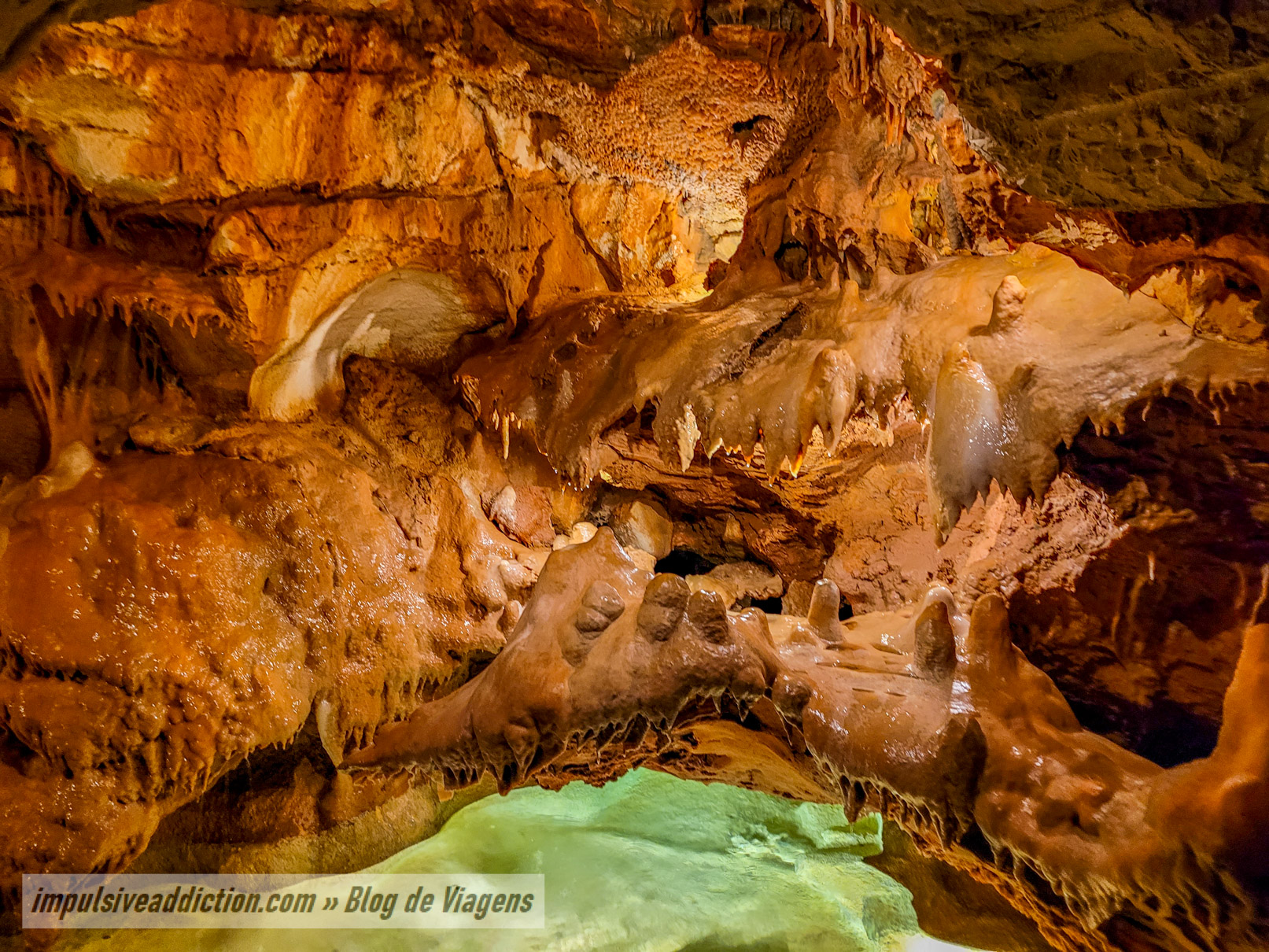
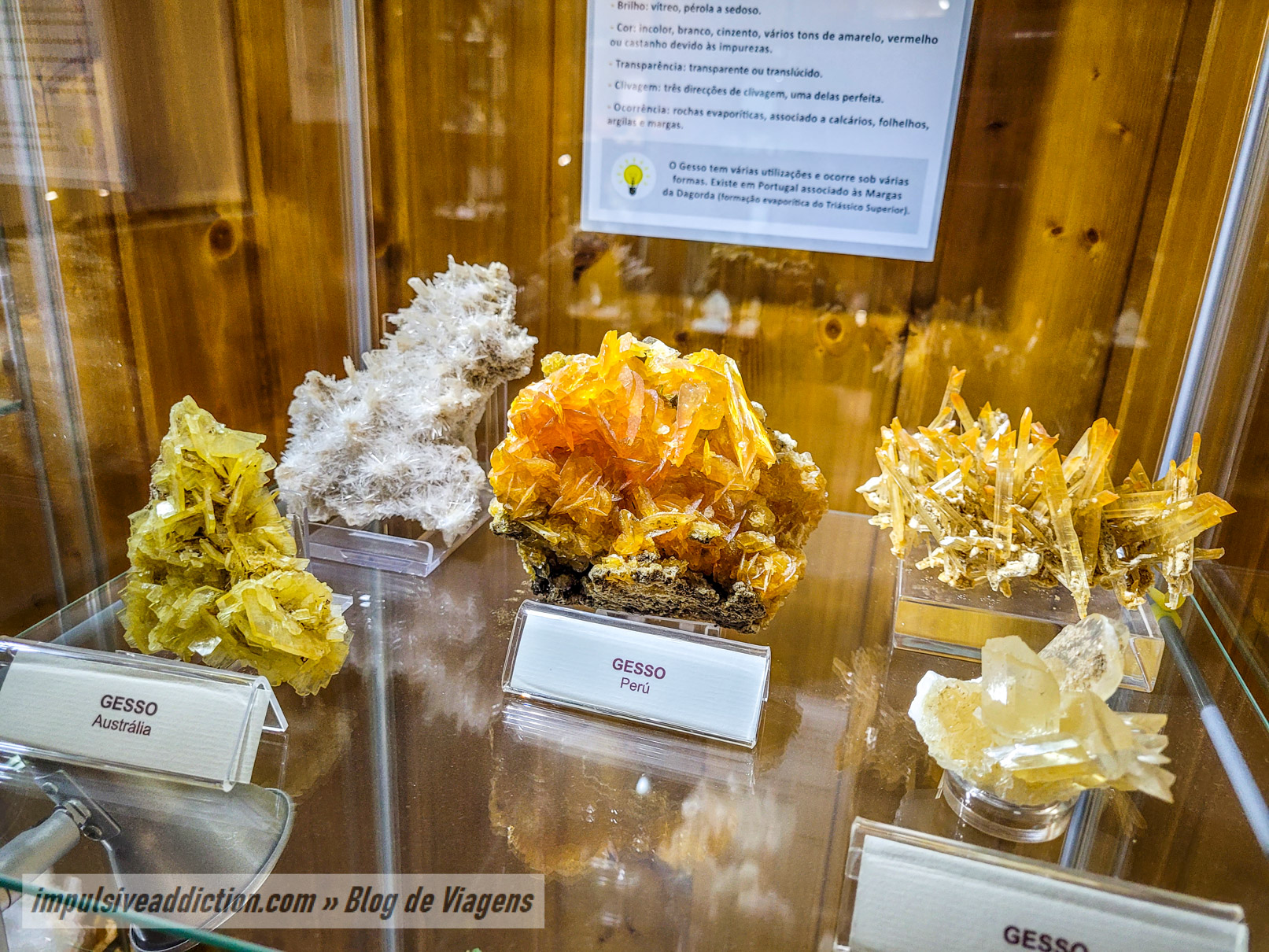
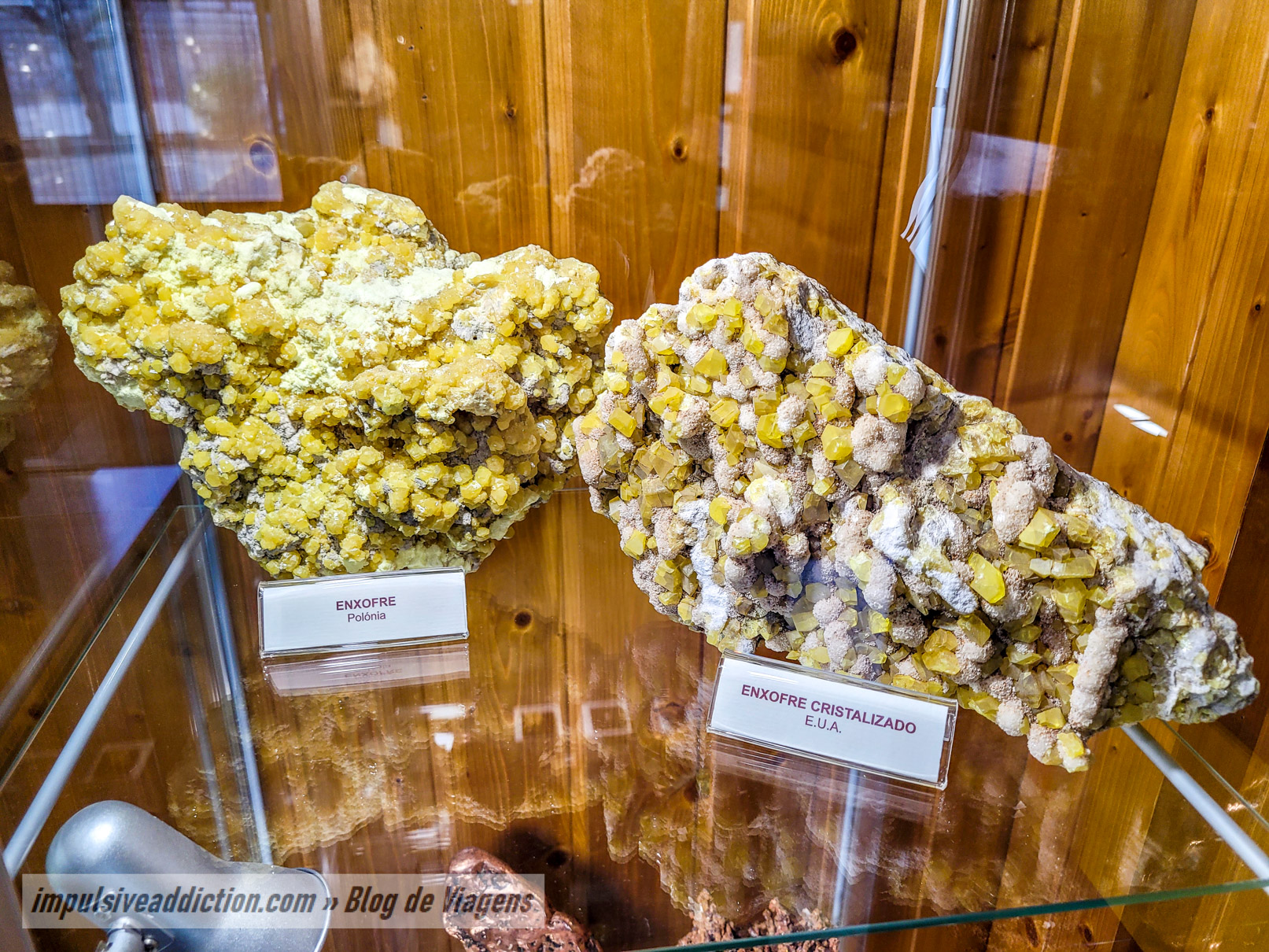
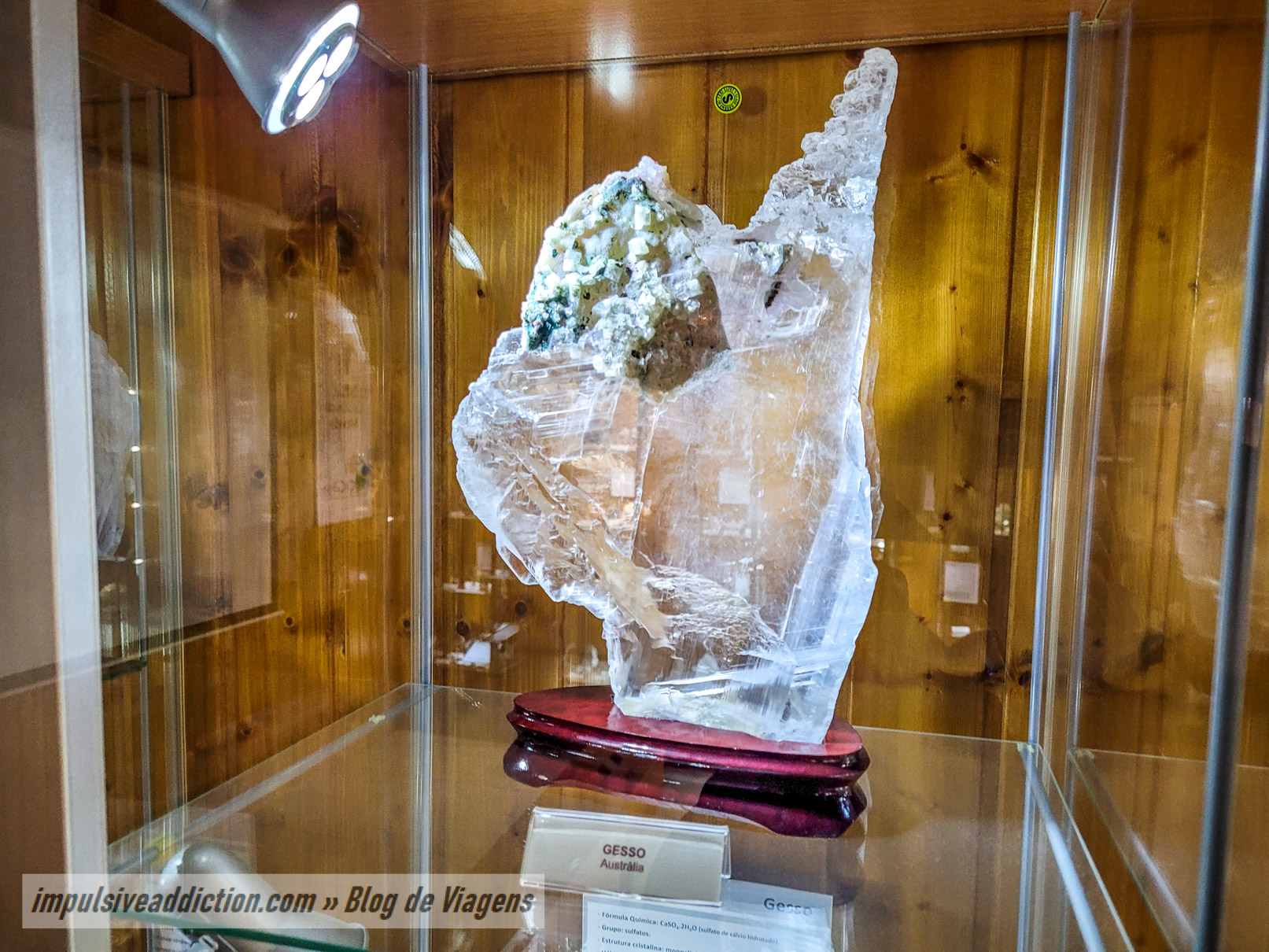
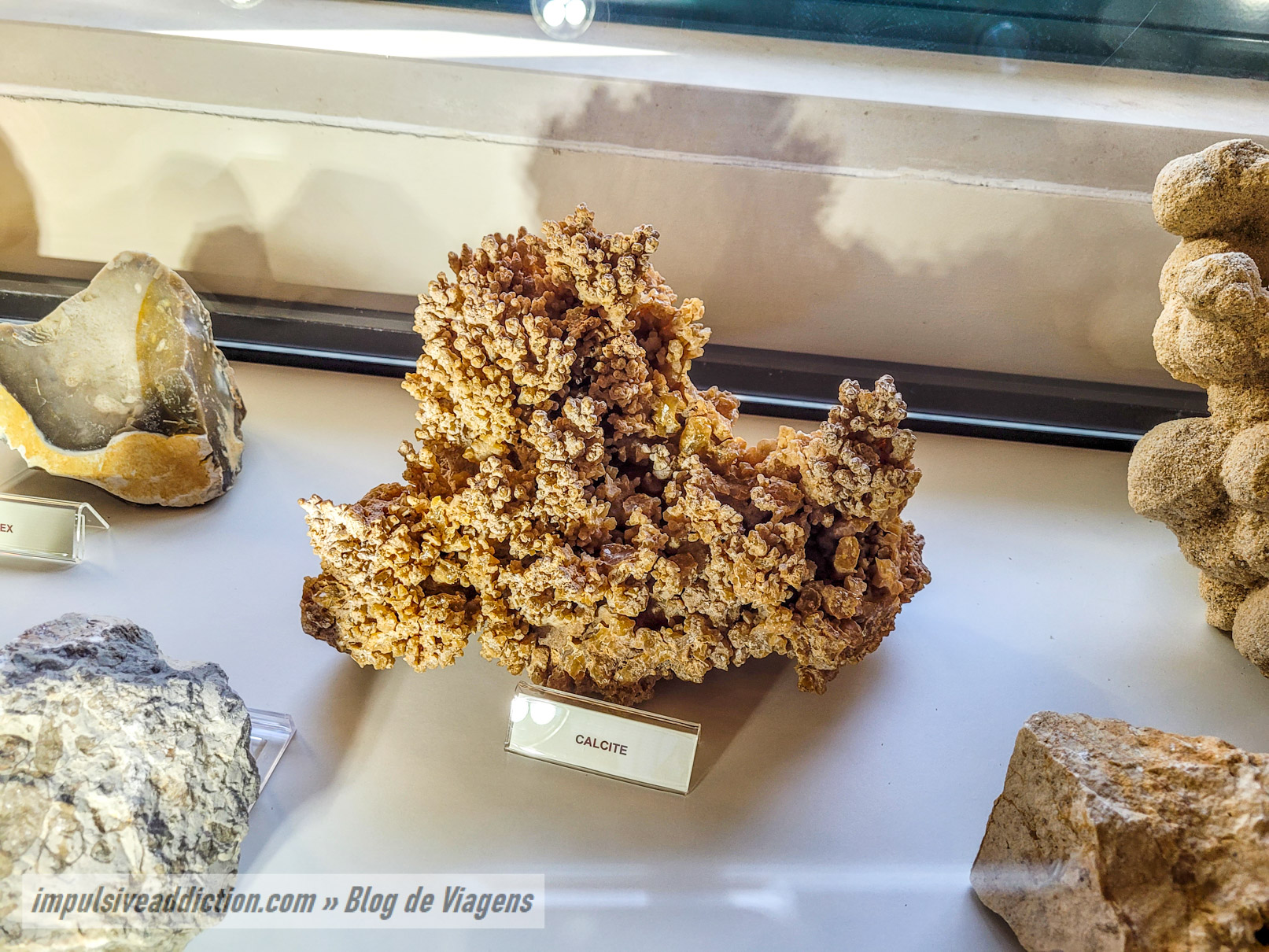
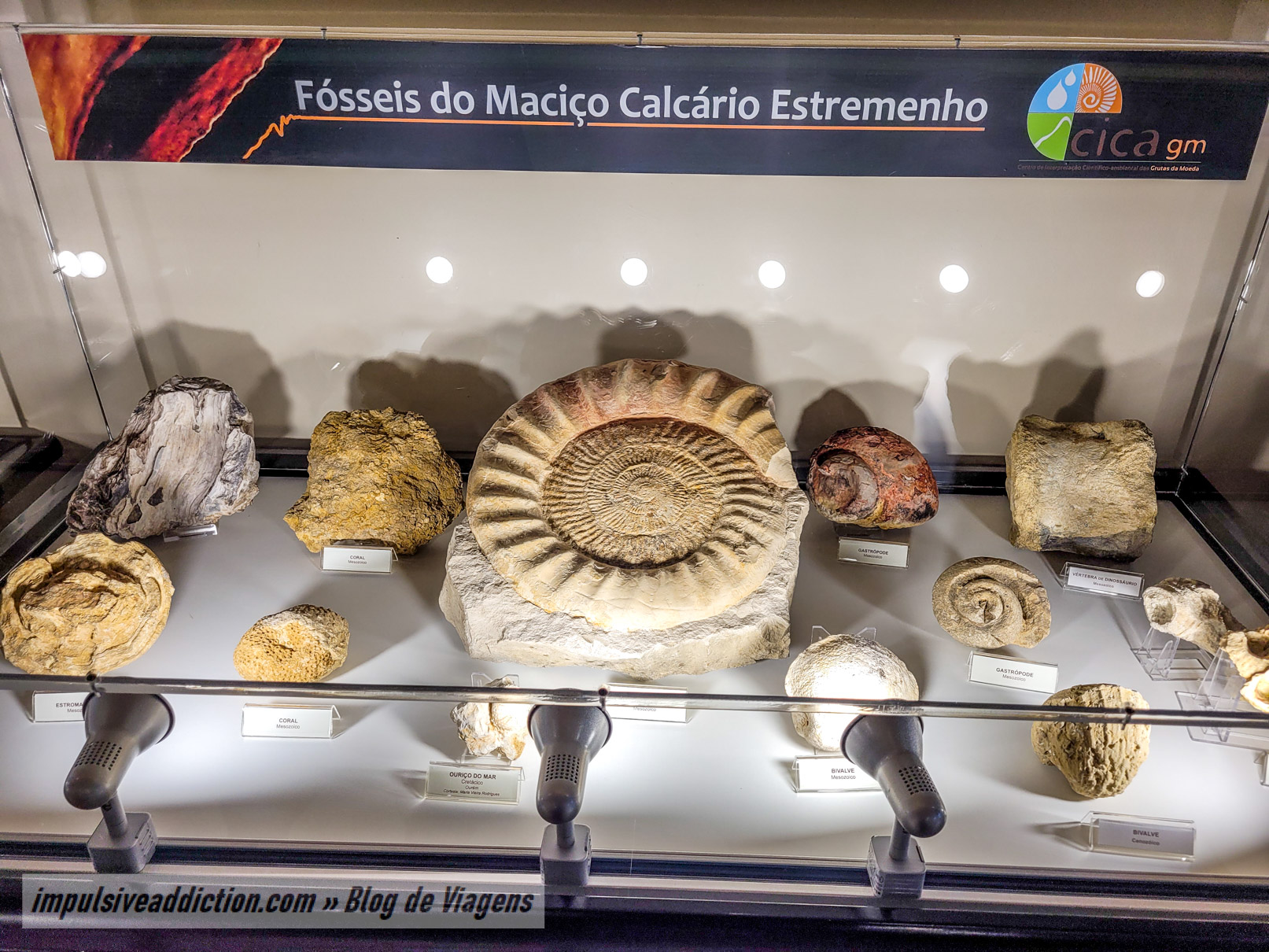
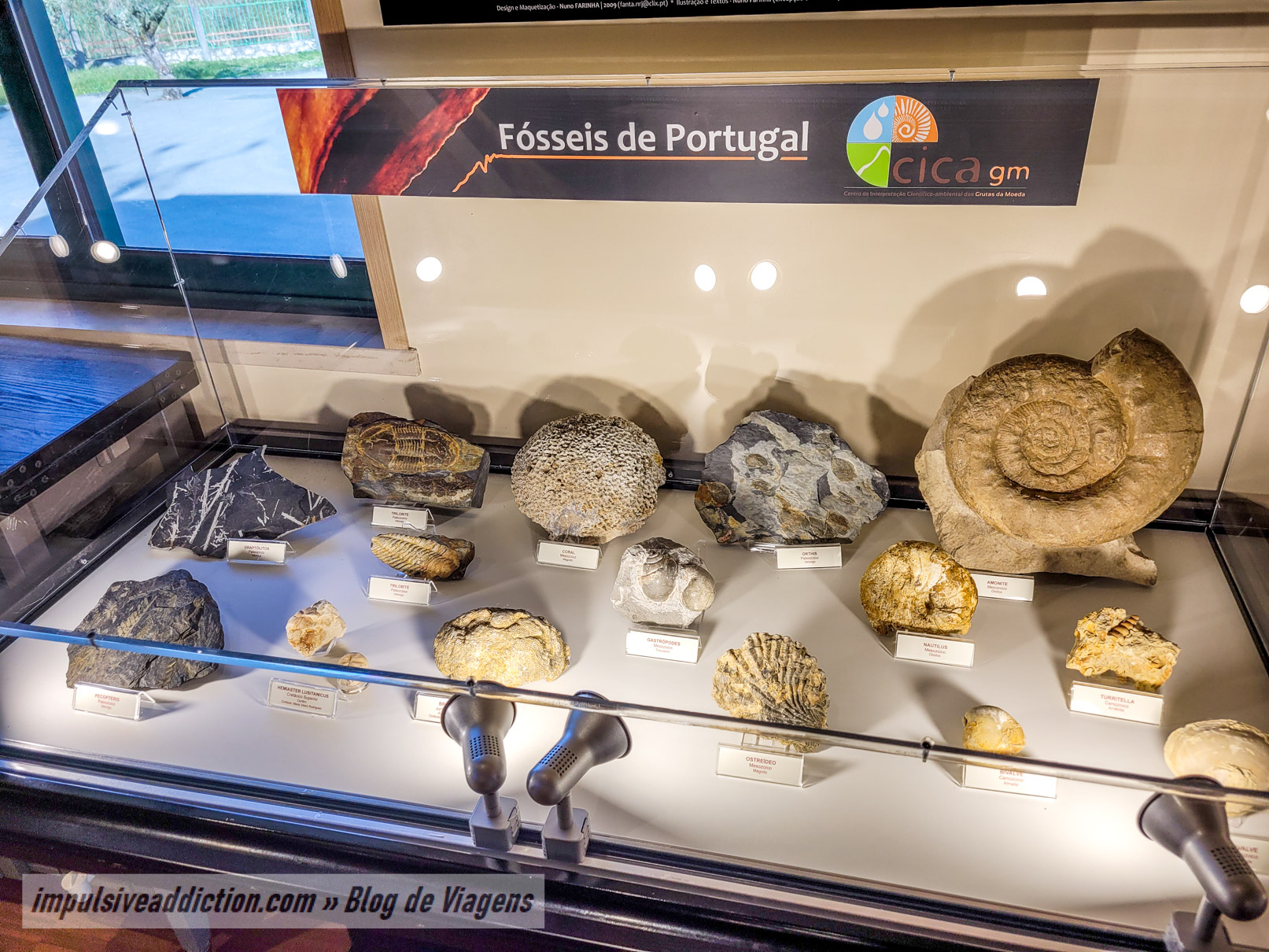
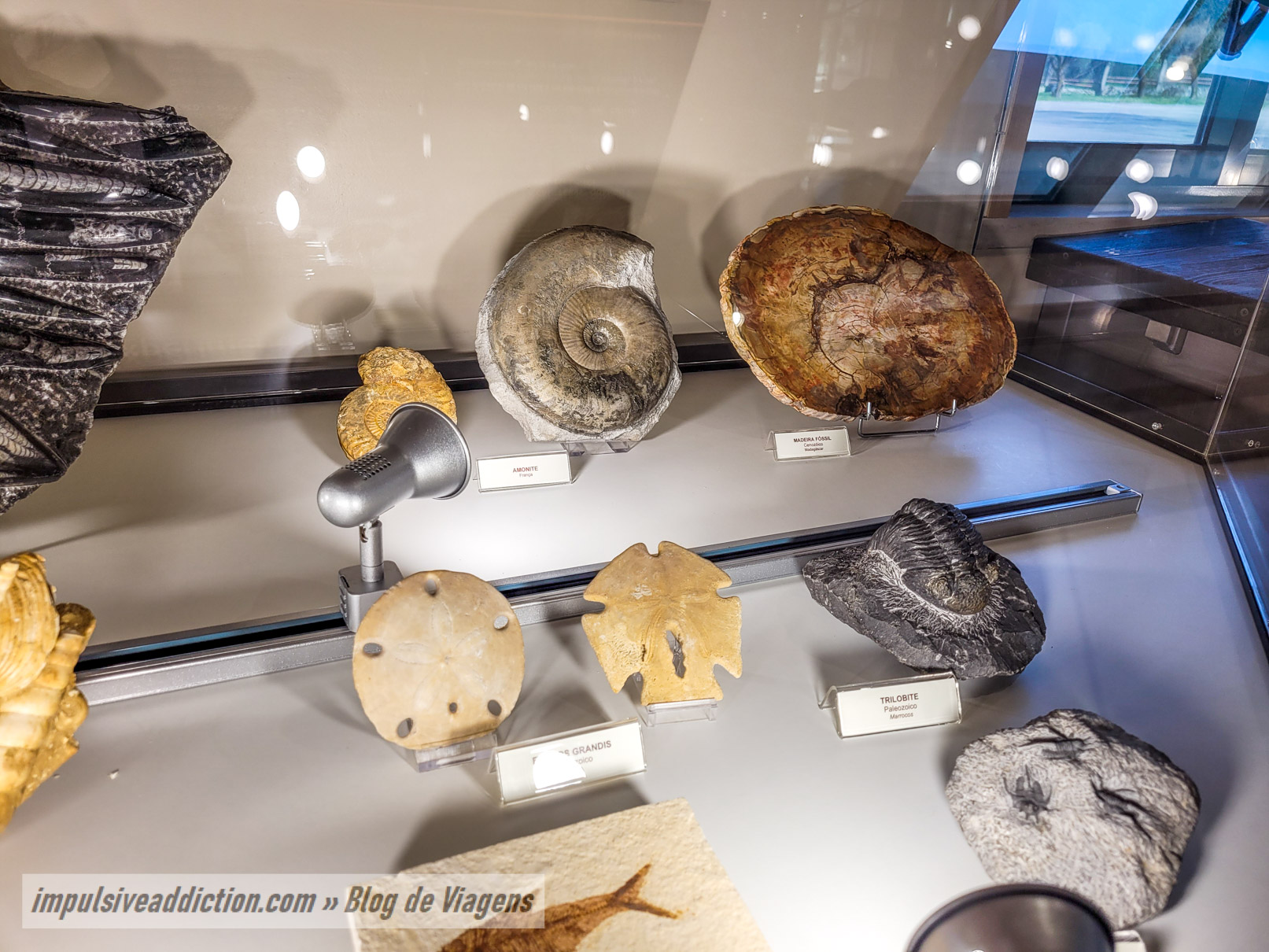
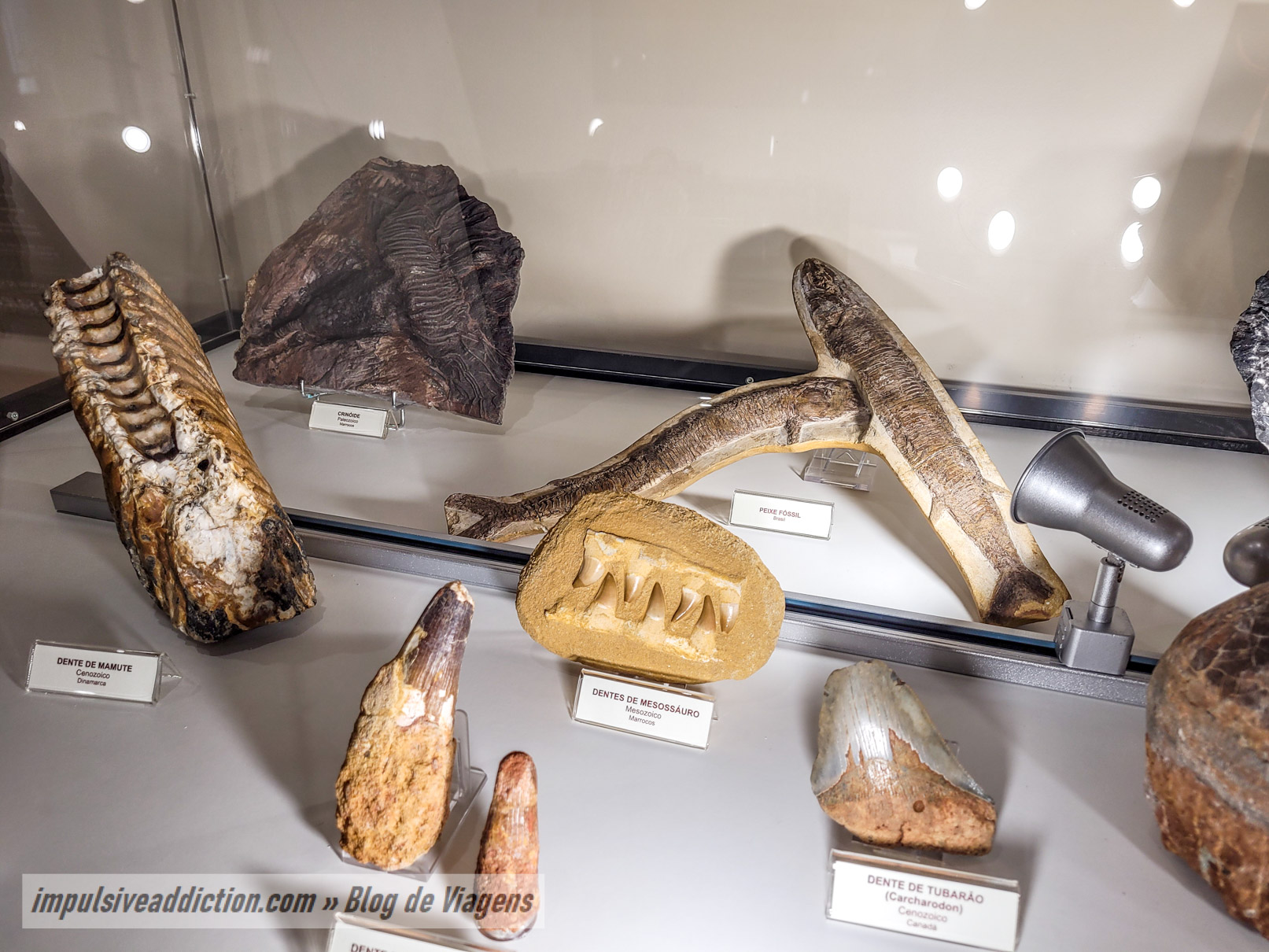
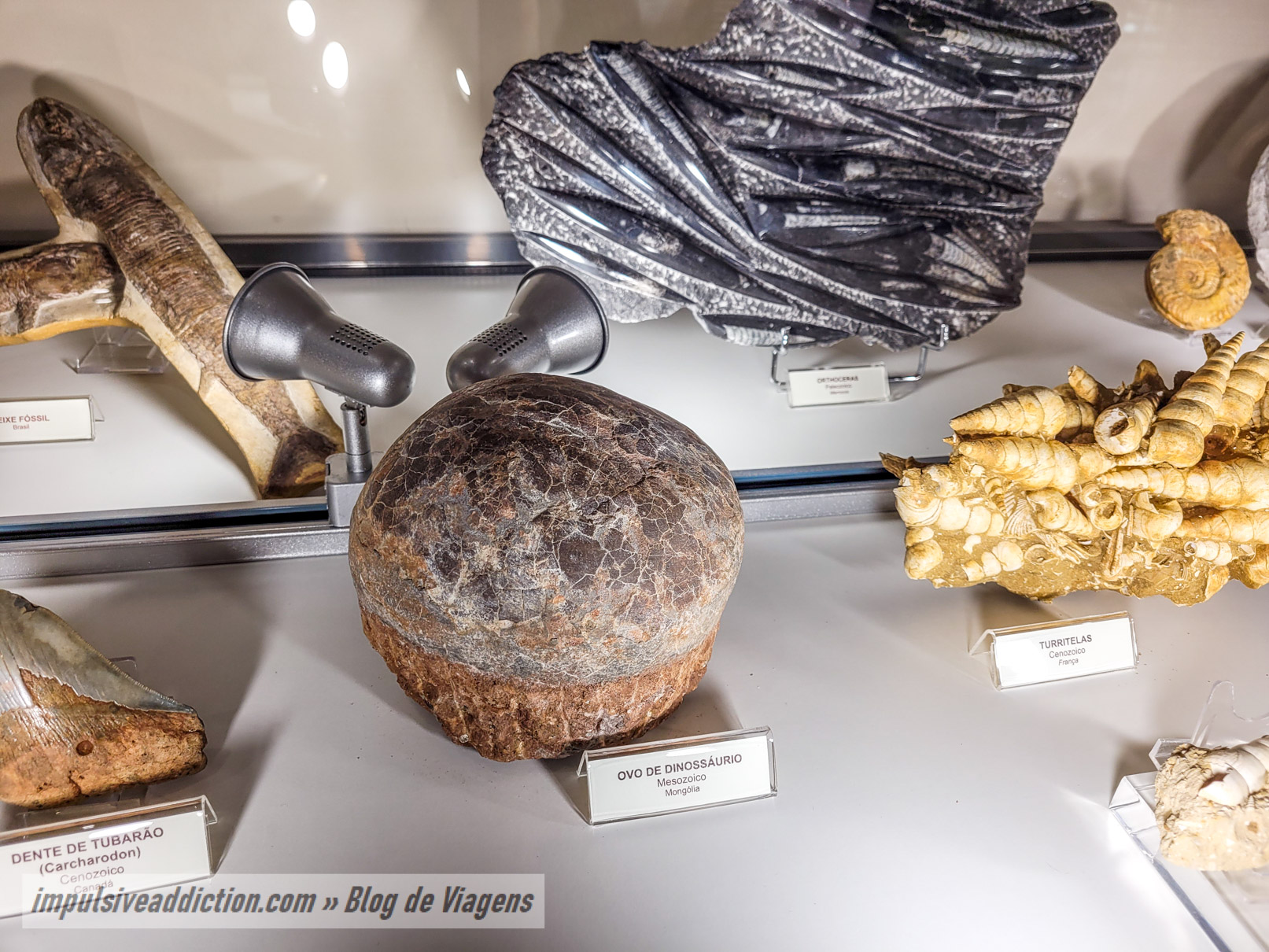
2. Mill Route and Pia do Urso Sensory Park
The Mill Route is a much easier trail than the previous one of Buraco Roto, and just as beautiful, with several restored mills, others in ruins, and even a tourist village on a par with those made of schist (in central Portugal). The trail begins and ends exactly in this village (Pia do Urso) and is about 7km long. Also noteworthy is the Pia do Urso Sensory Park, which is one of the final stages of the trail. Check the trail out on wikiloc.
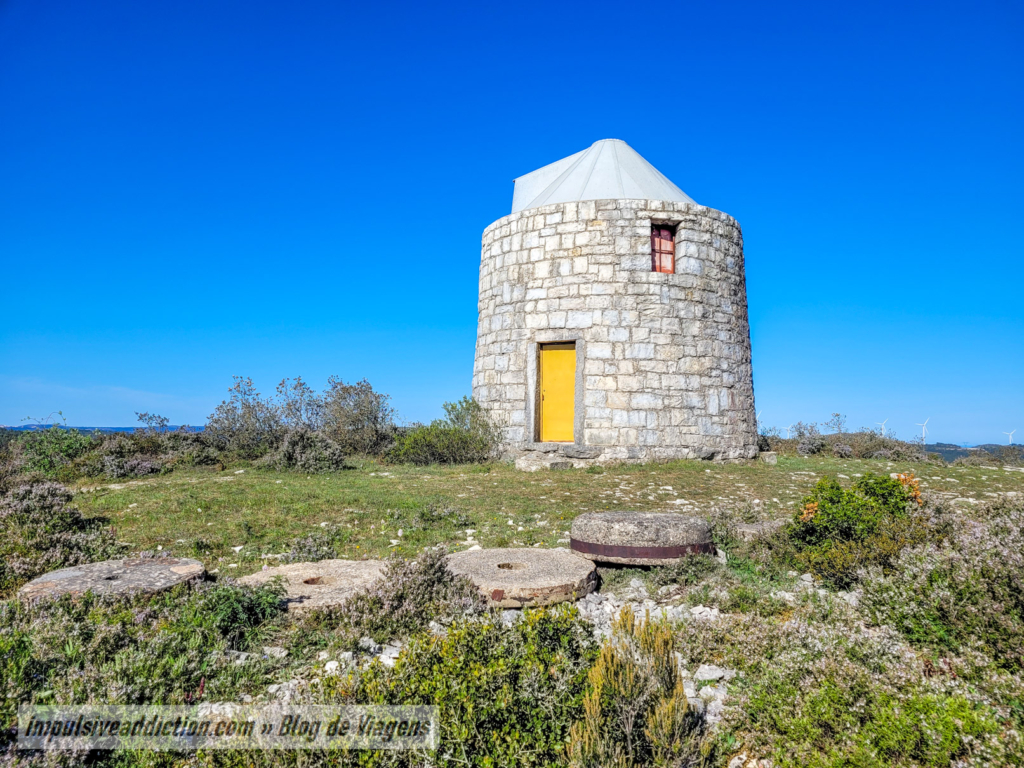
Other Itineraries and Travel Guides in Portugal
- N2 Portugal Road Trip Itinerary
- Madeira Itinerary and Travel Guide
- São Miguel Itinerary and Travel Guide (Azores)
- Terceira Itinerary and Travel Guide (Azores)
- Pico Itinerary in Azores
- Faial Itinerary in Azores
- Minho | Northern Portugal Itinerary
- Porto Itinerary and Travel Guide
- Things to do In Braga (Minho)
- Things to do in Guimarães (Minho)
- Things to do in Viana do Castelo (Minho)
- Peneda Gerês National Park Itinerary
- Douro Valley Itinerary
- Trás-os-Montes Itinerary
- Things to do in Bragança
- Montesinho Natural Park Itinerary
- Douro International Natural Park Itinerary
- Things to do in Aveiro
- Things to do in Coimbra
- Things to do in Leiria
- Things to do in Fatima
- Things to do in Nazaré
- Things to do in Peniche
- Things to do in Évora (Alentejo)
- Things to do in Beja (Alentejo)
- Algarve Road Trip Itinerary
- Things to do in Lagos (Algarve)
- Things to do in Portimão (Algarve)
- Things to do in Faro (Algarve)
- Things to do in Tavira (Algarve)
I hope you enjoyed this article about Batalha Monastery and surroundings. Have a nice stay in my country! 😉 Tell me about your travels in the comment section bellow.
